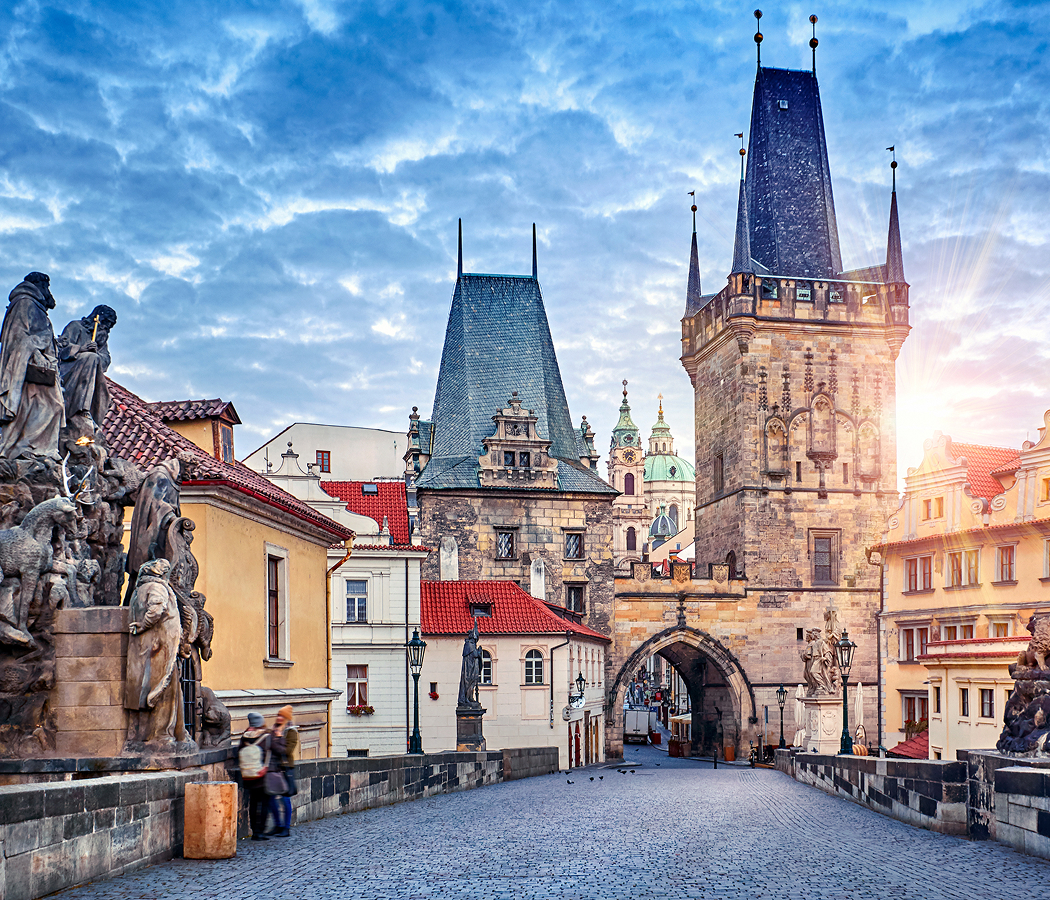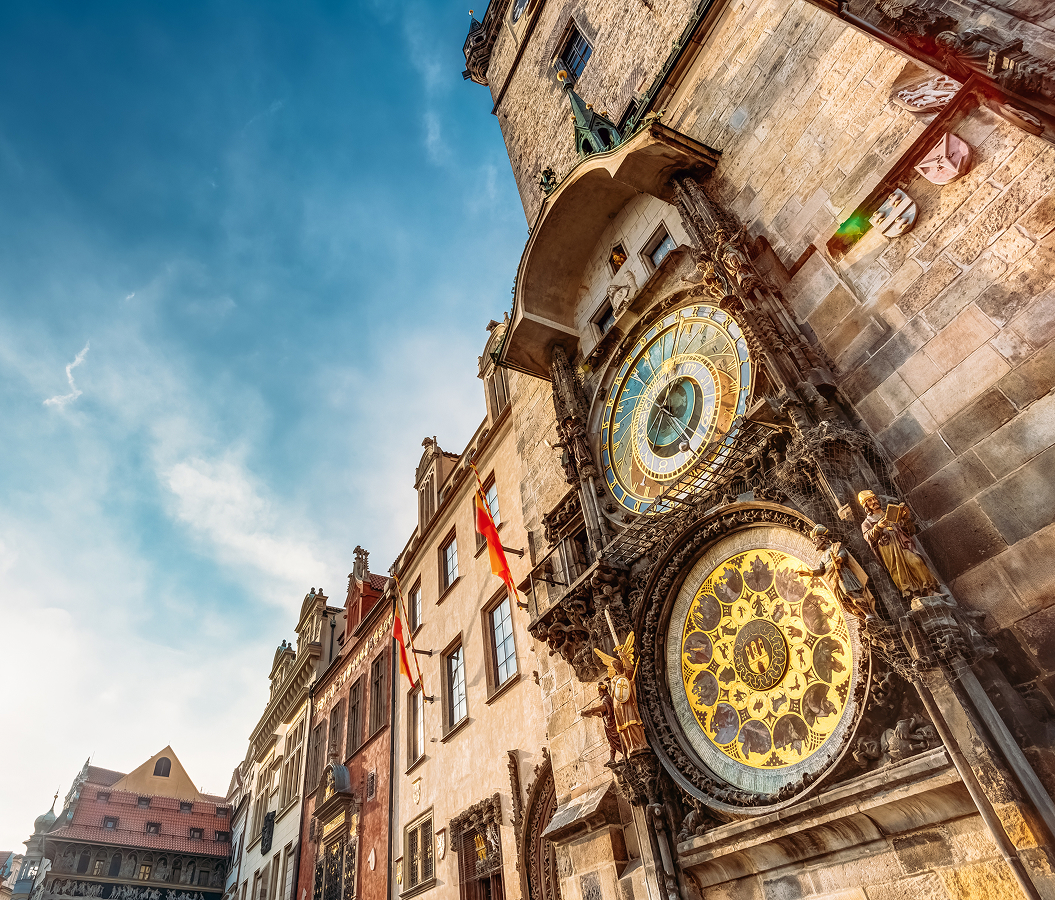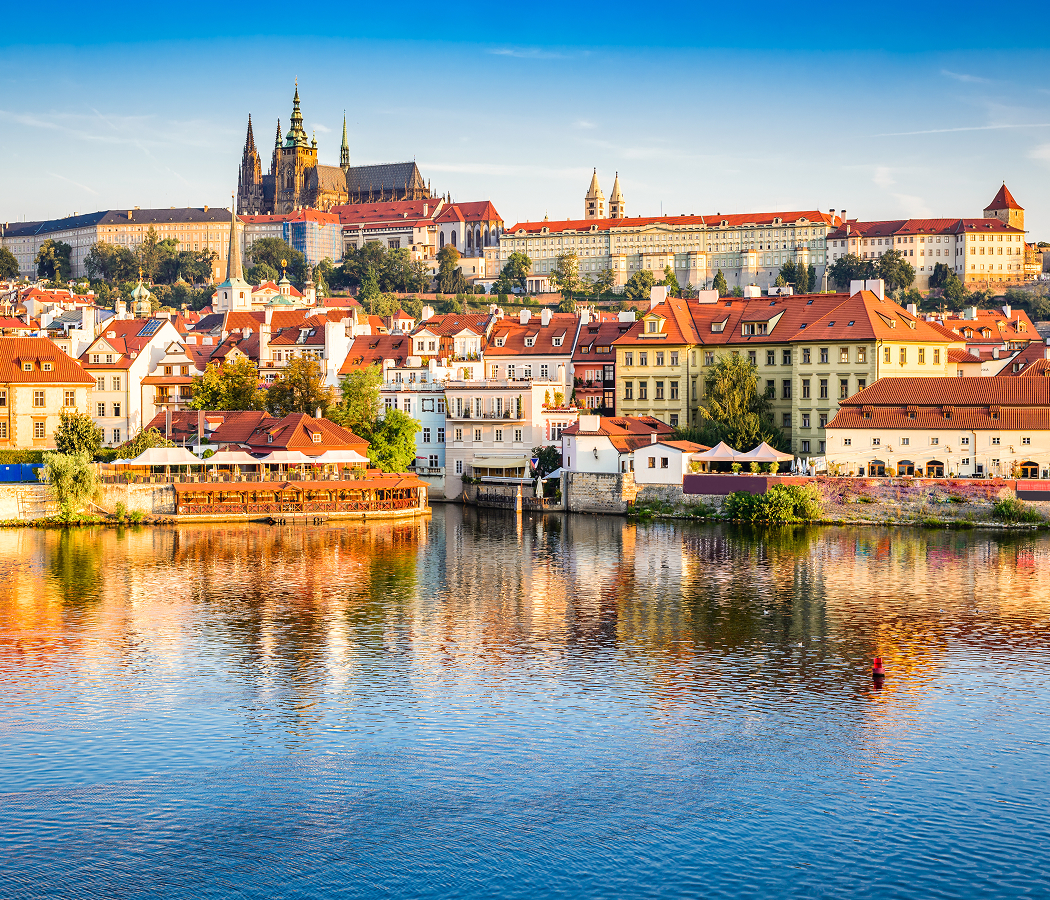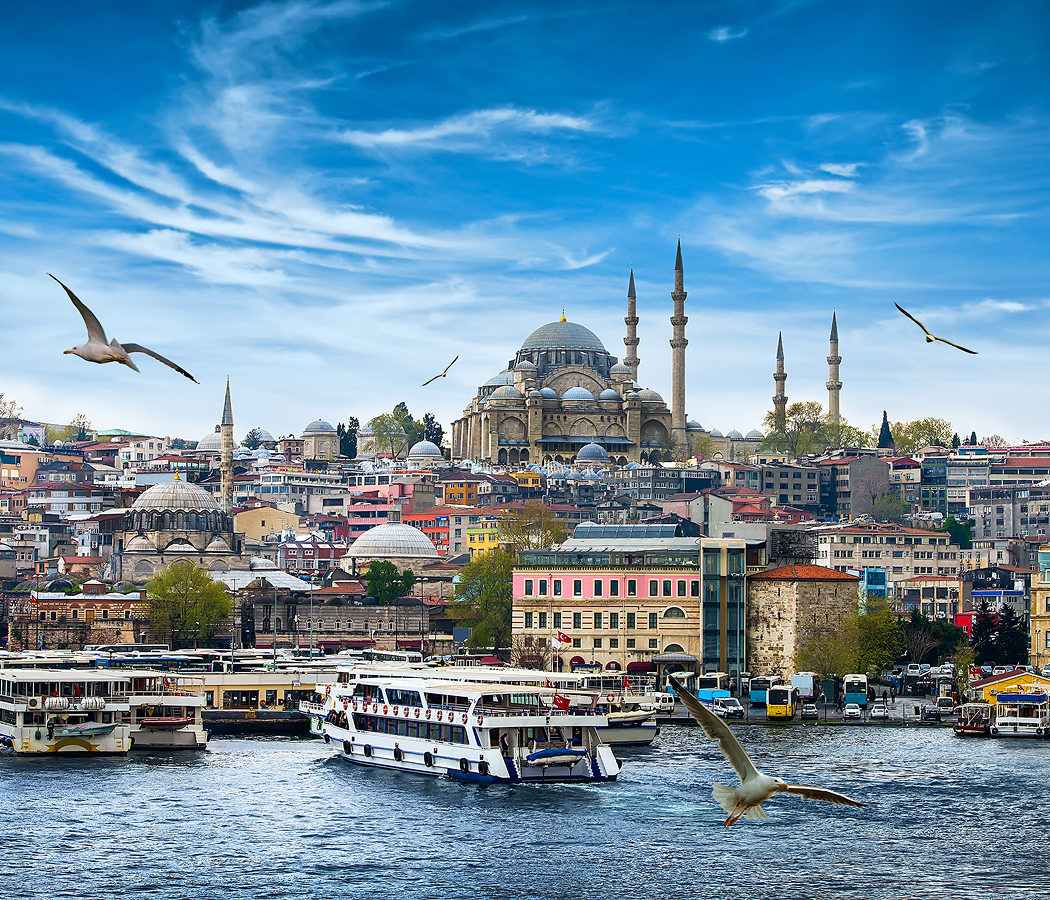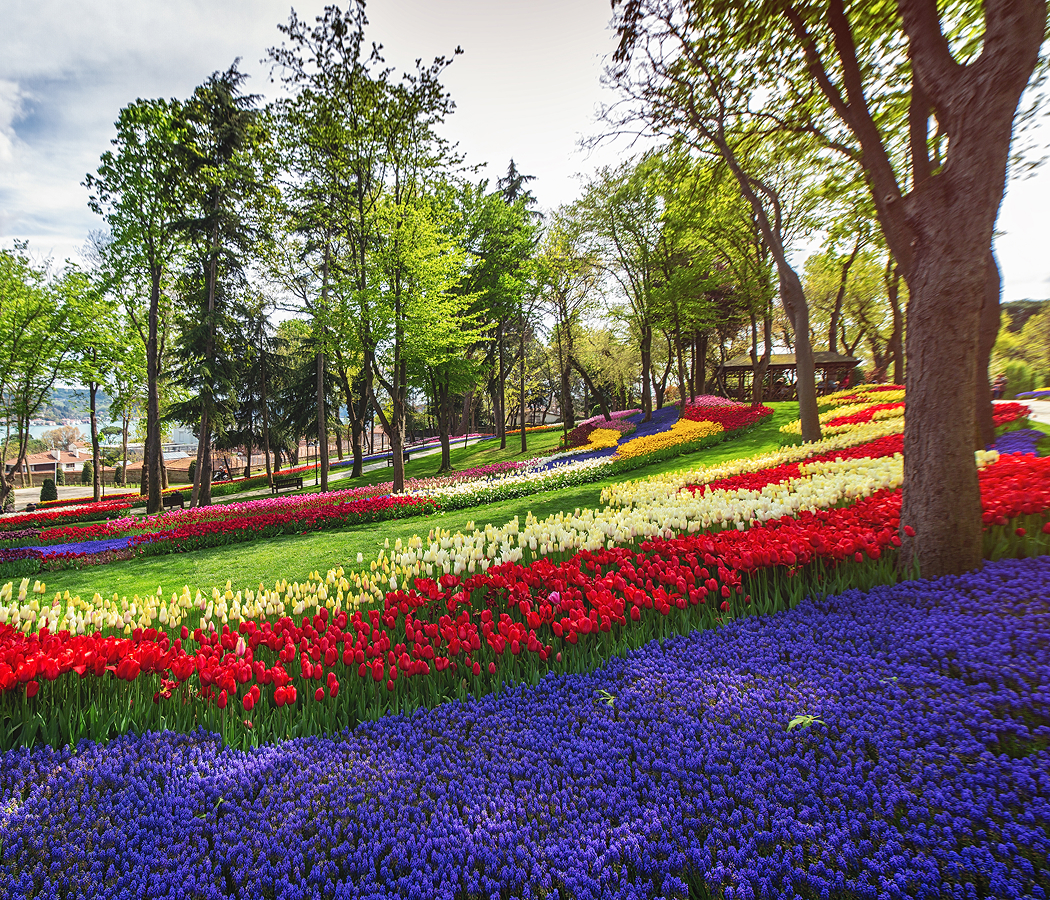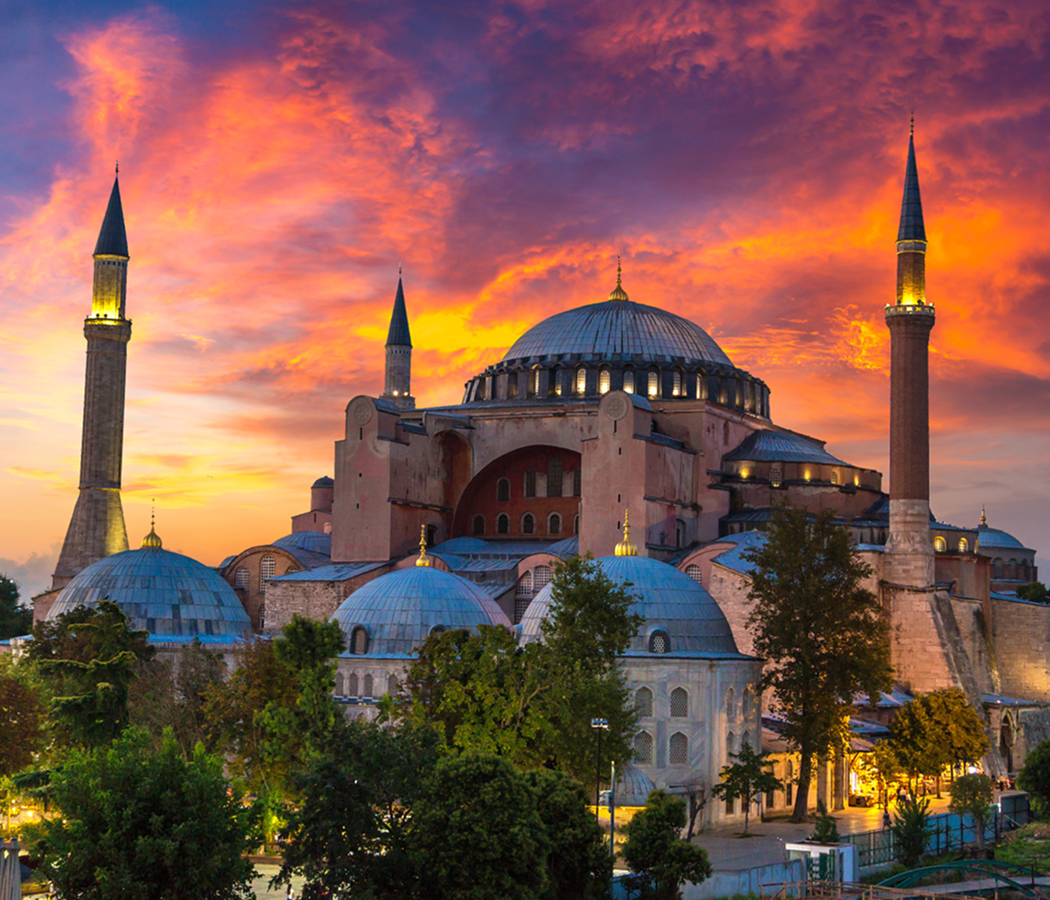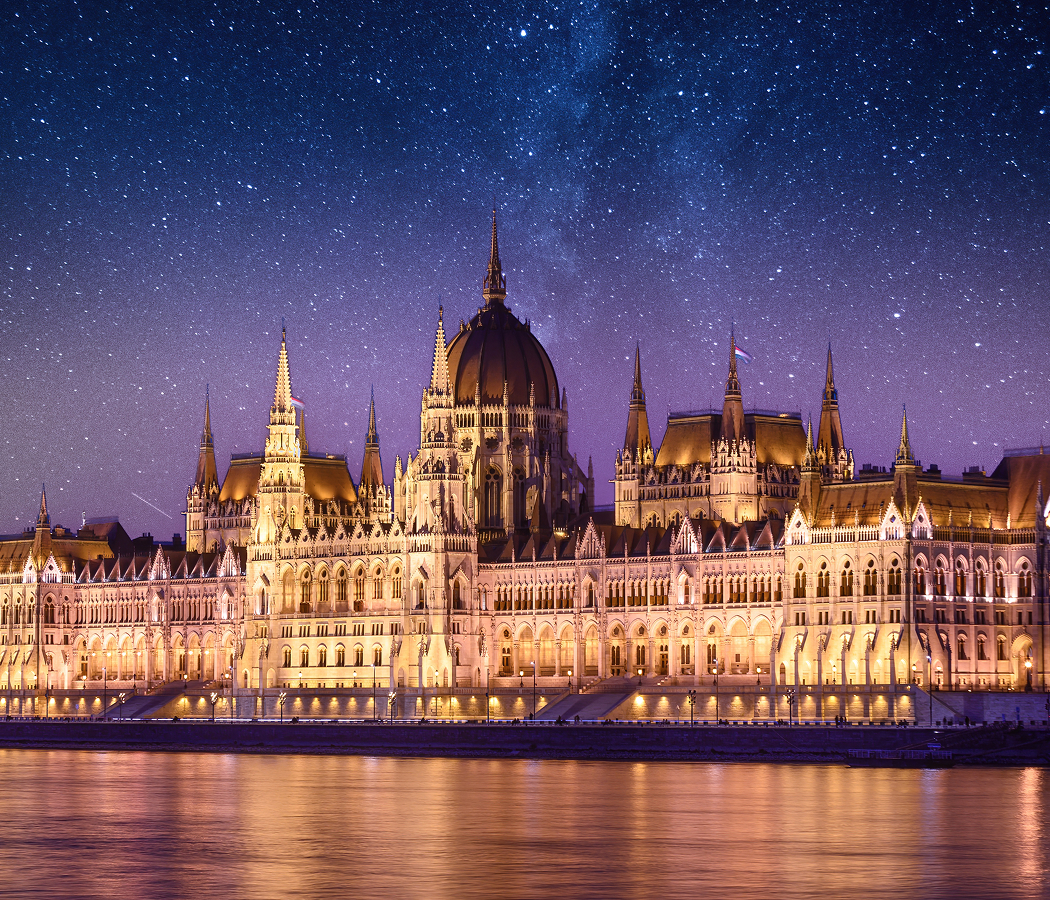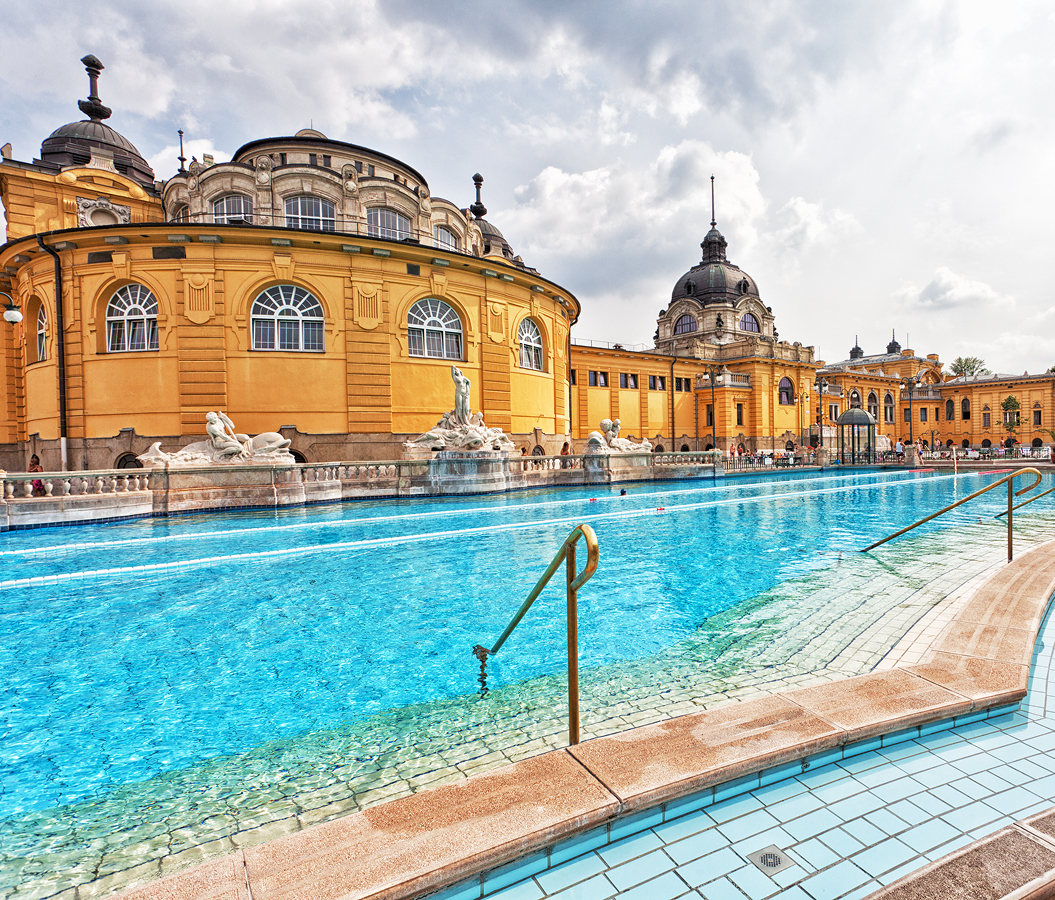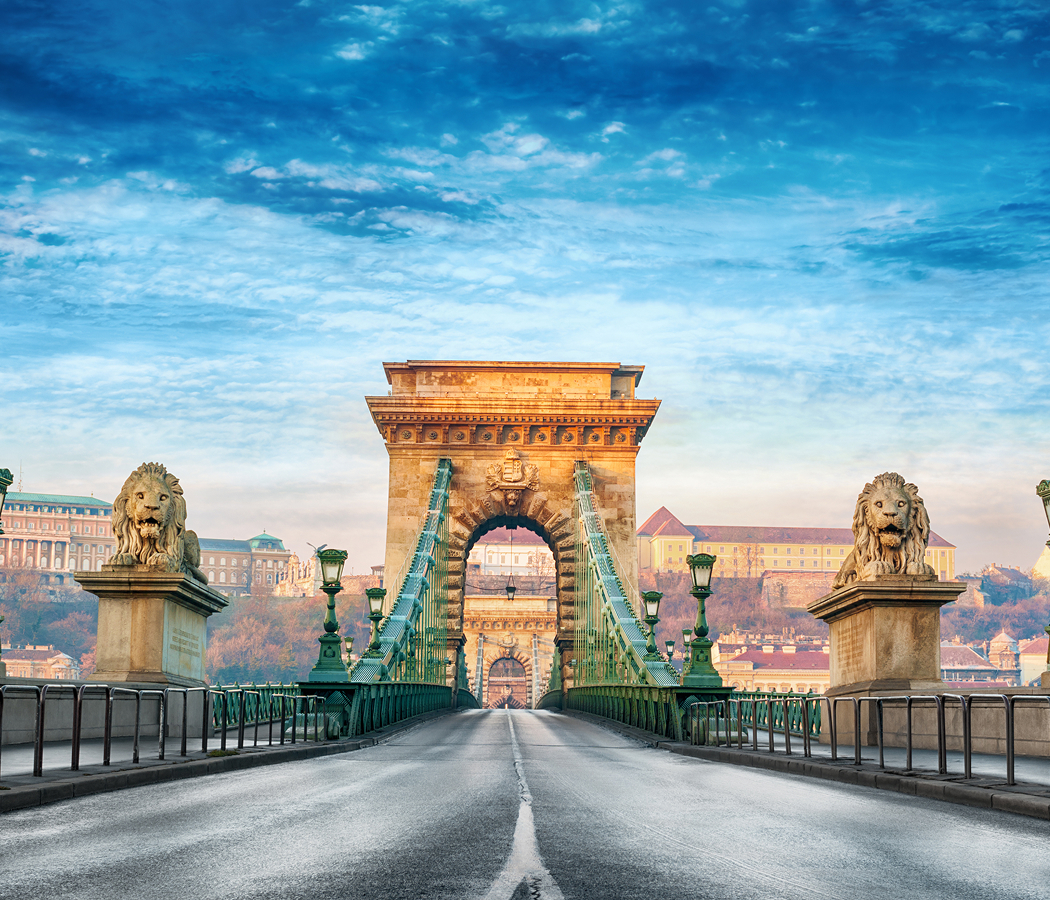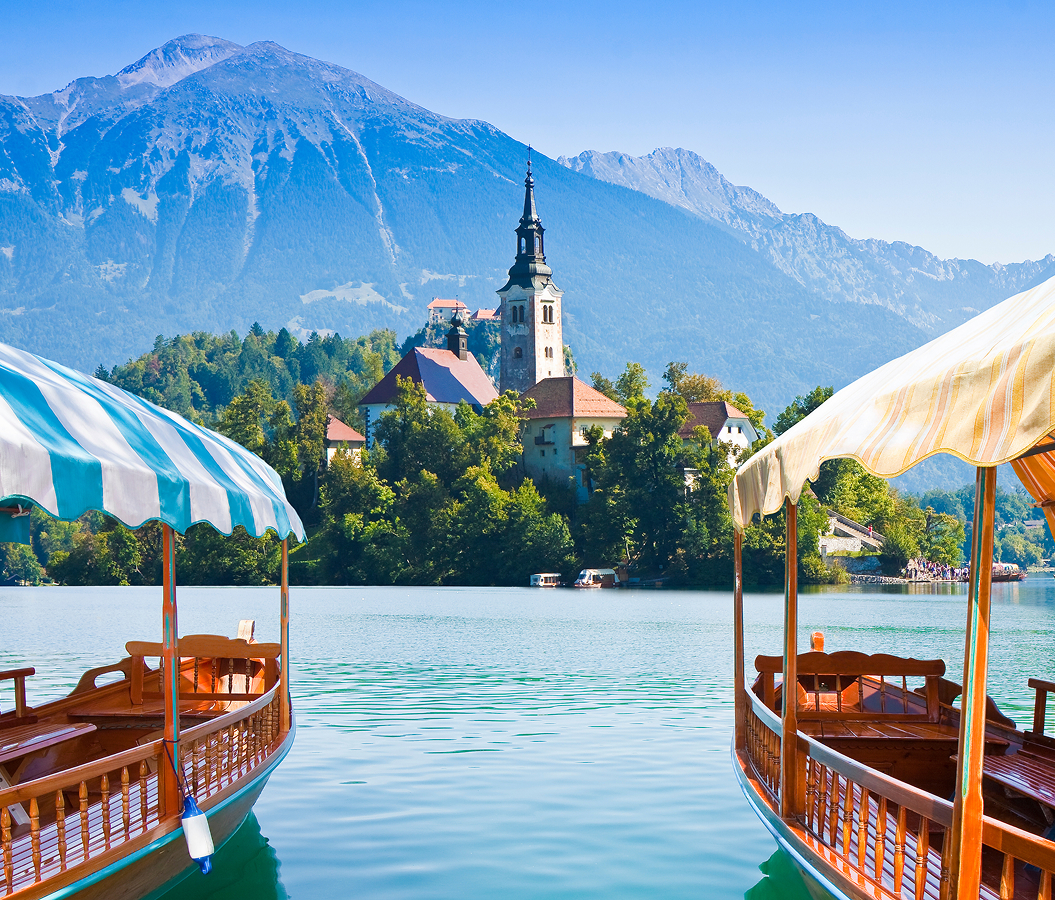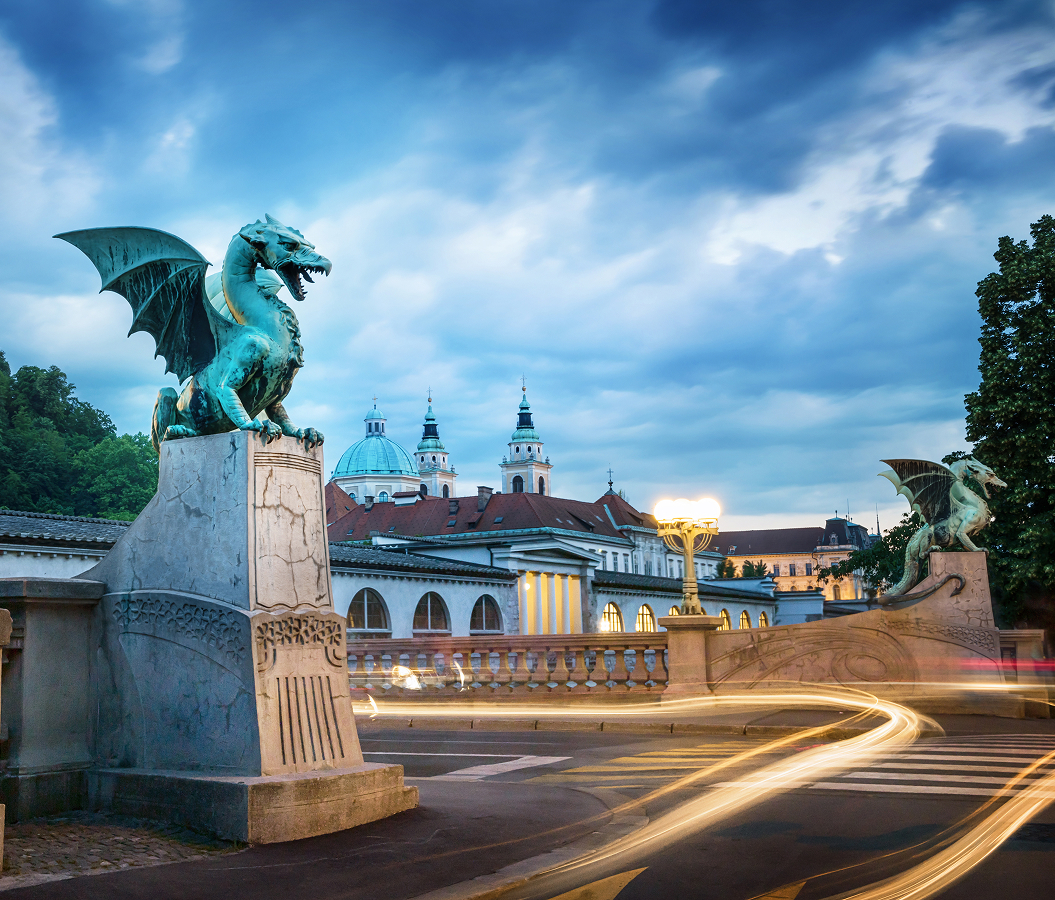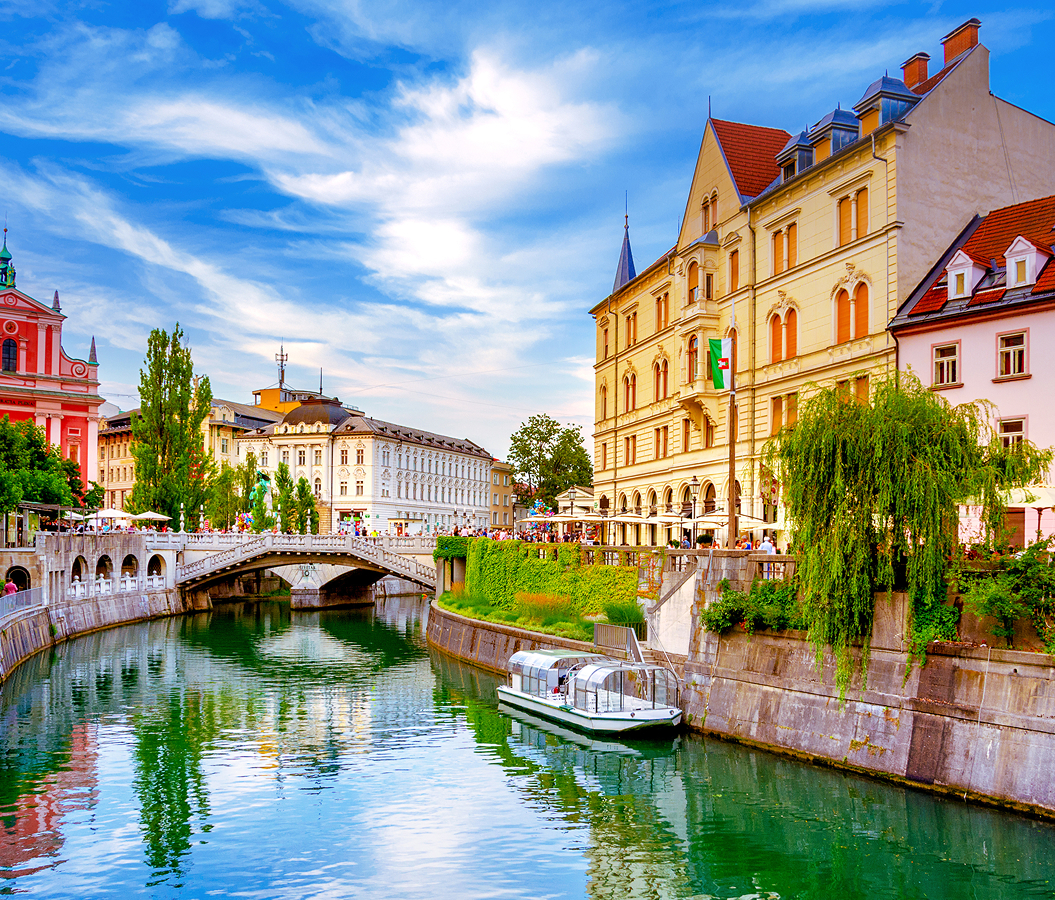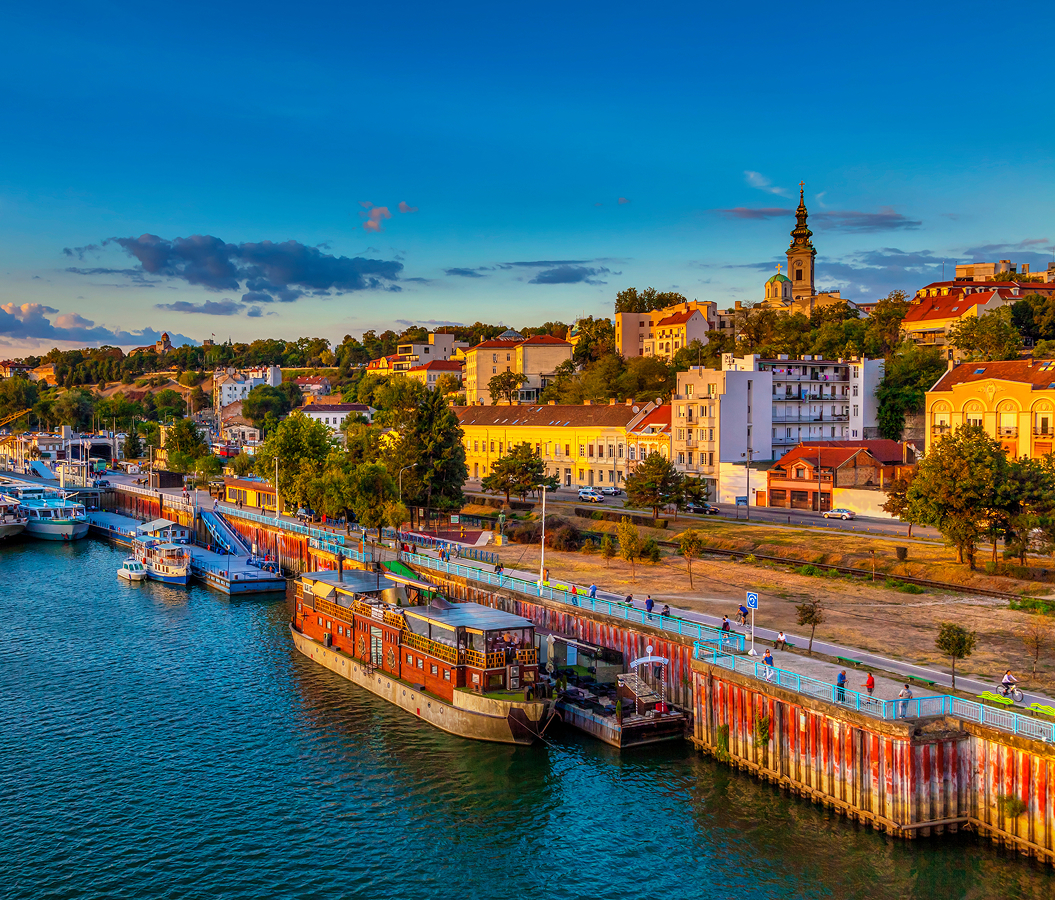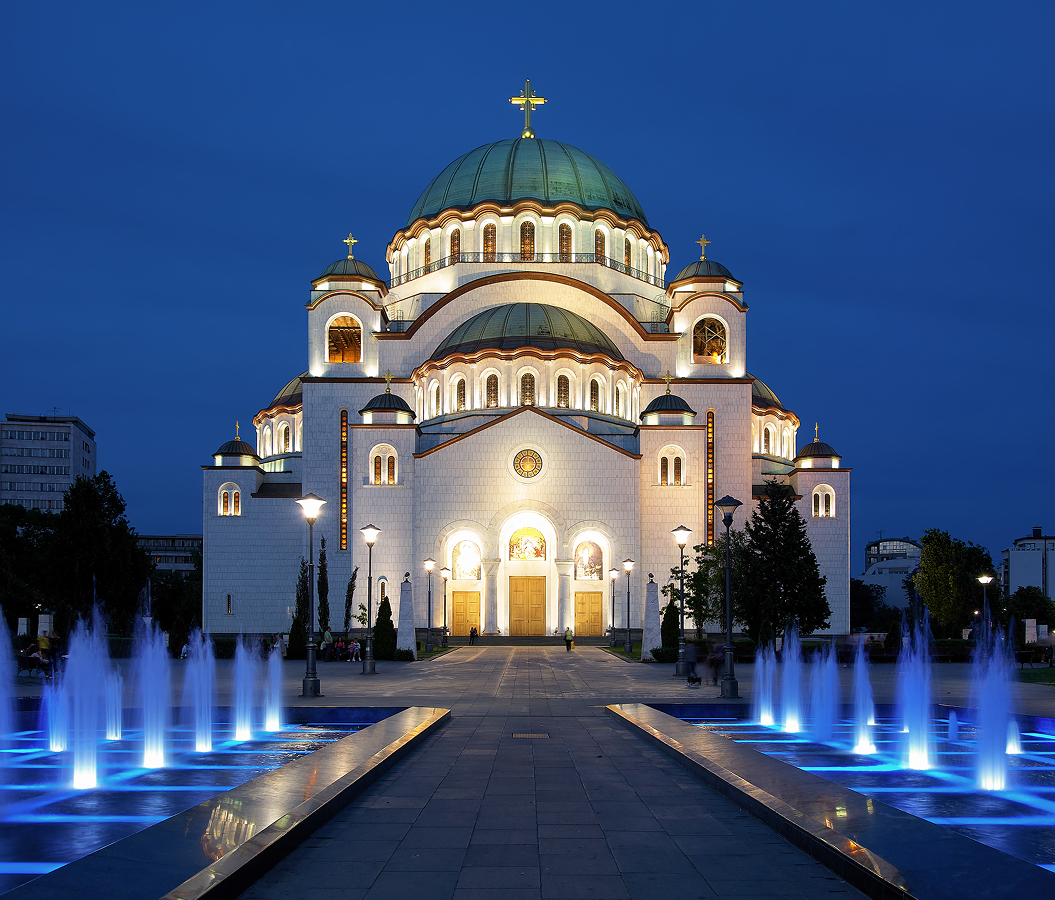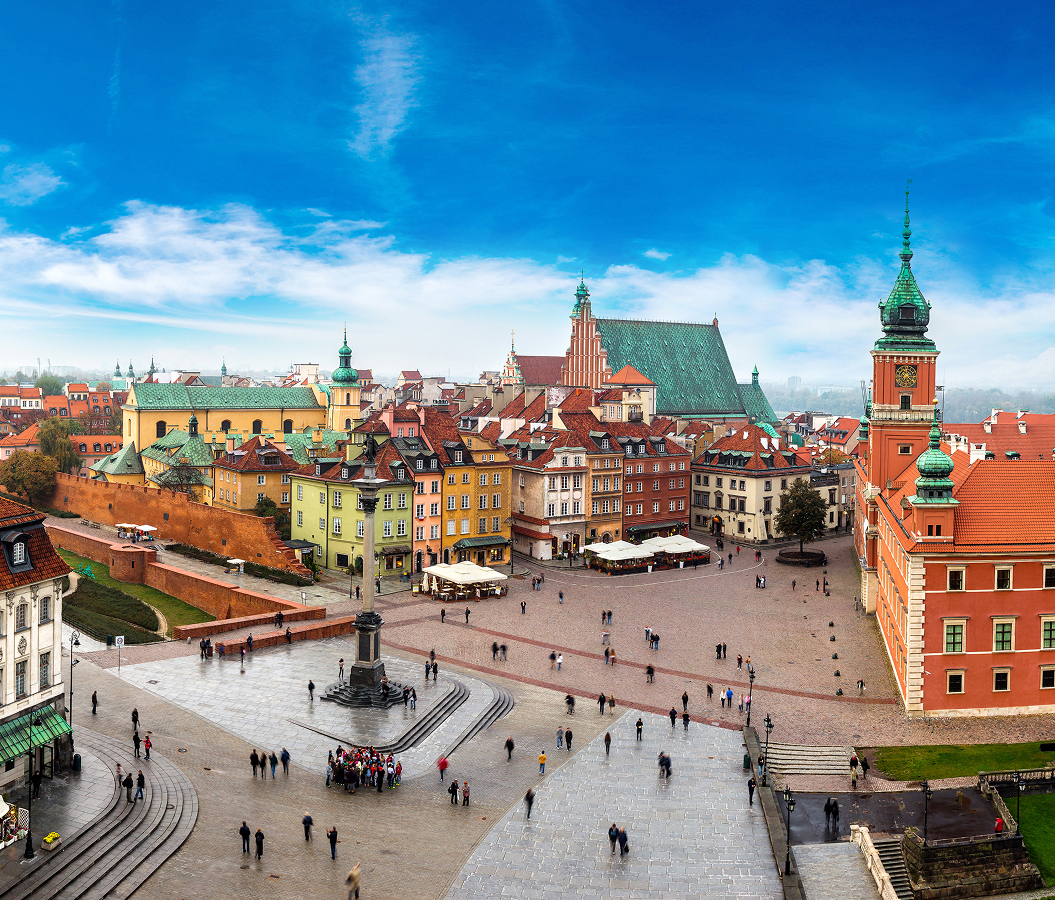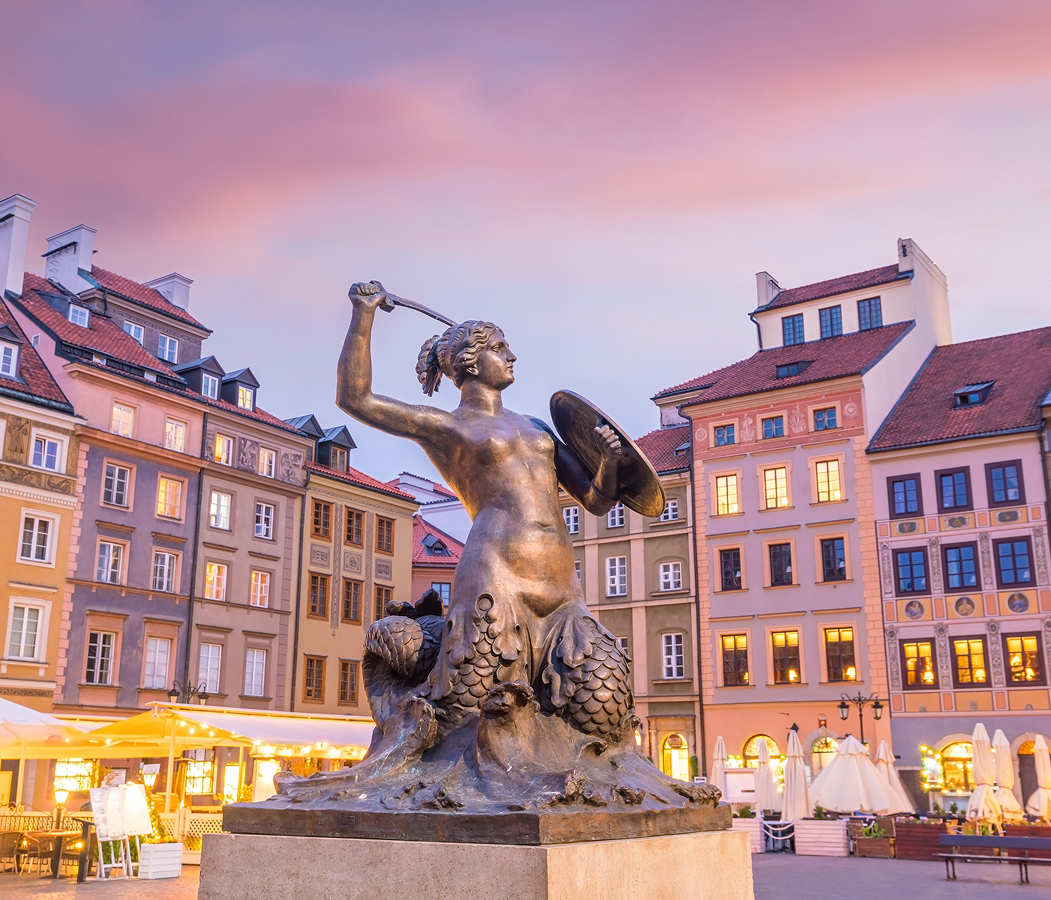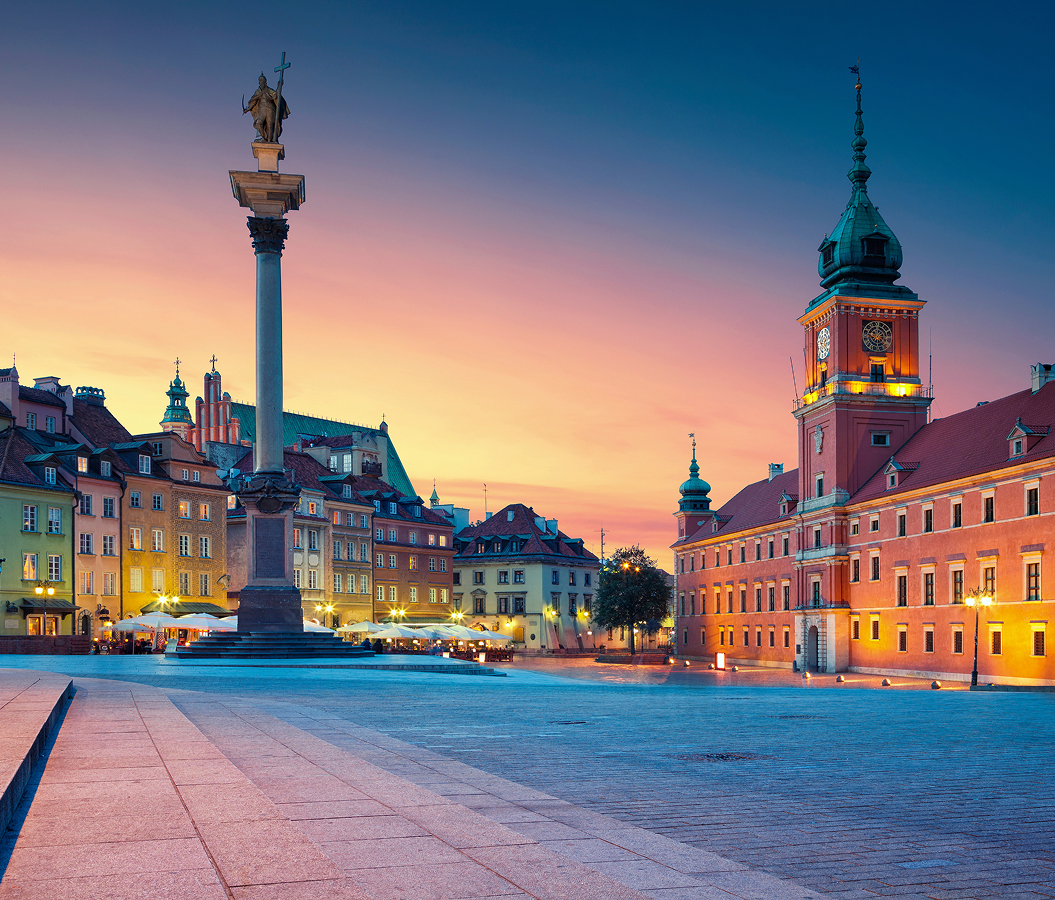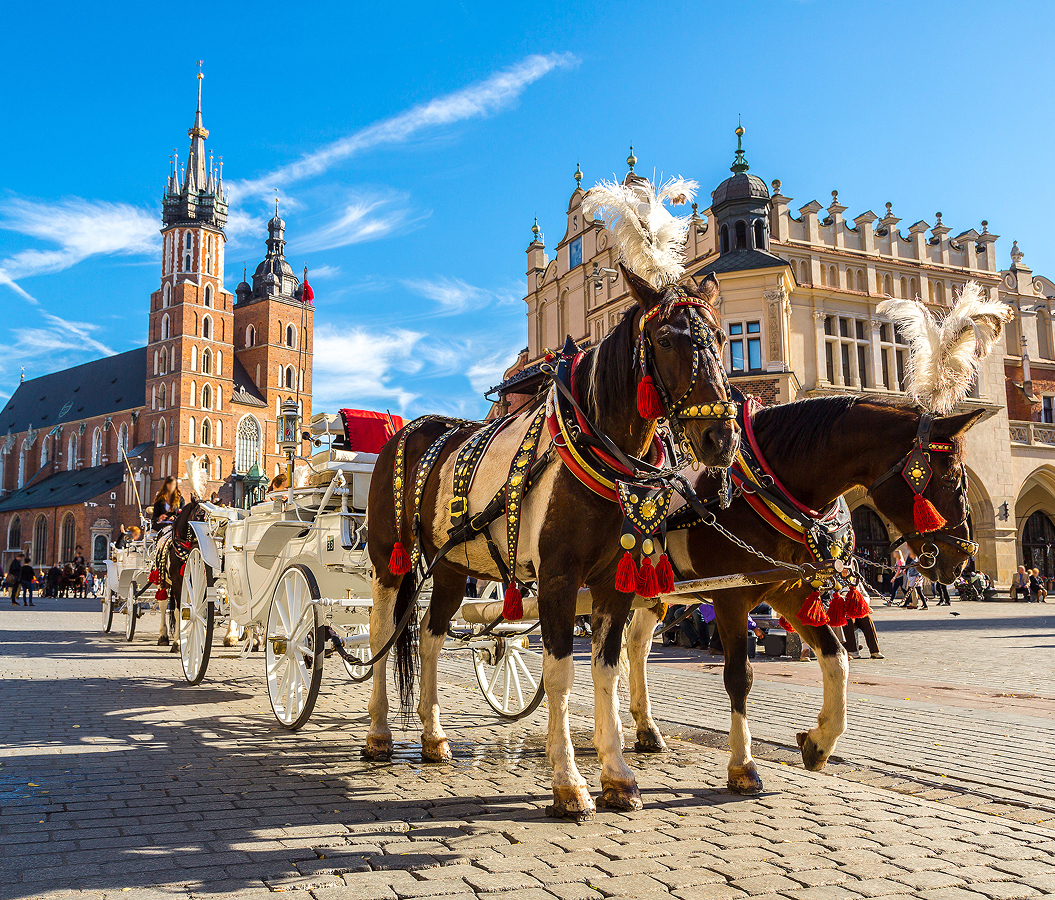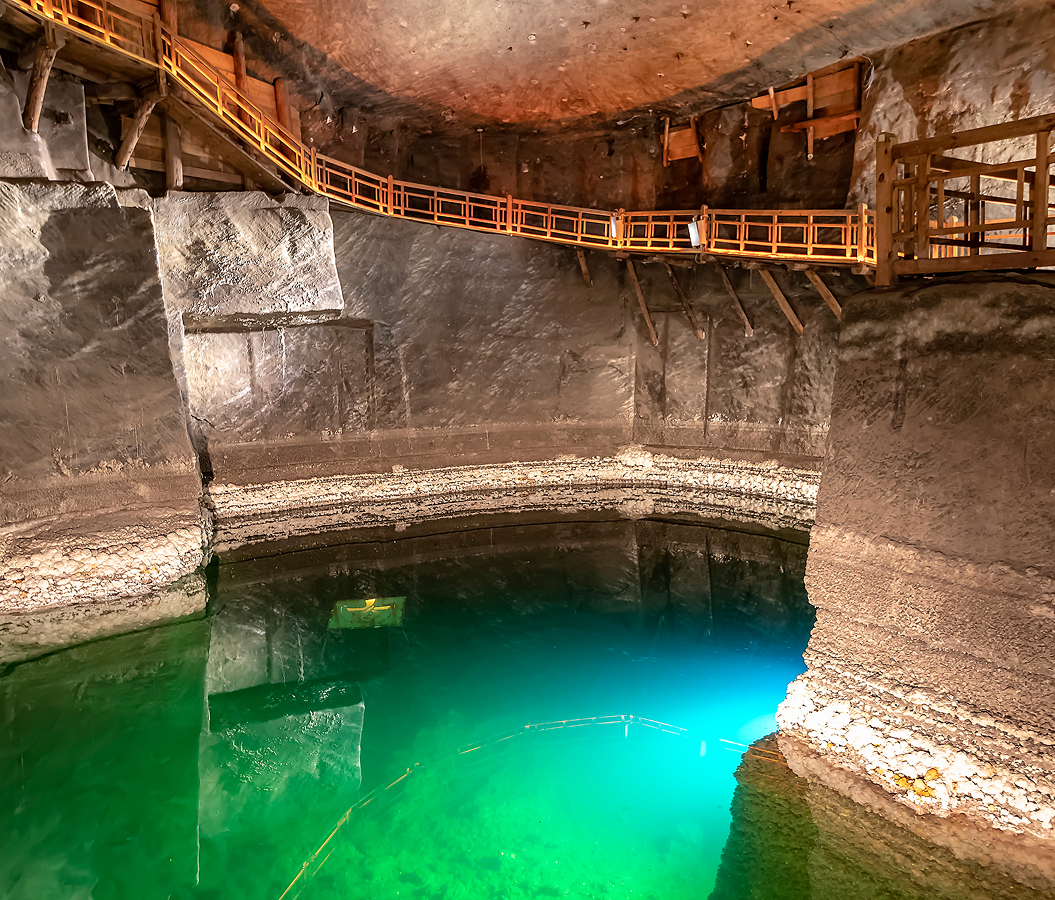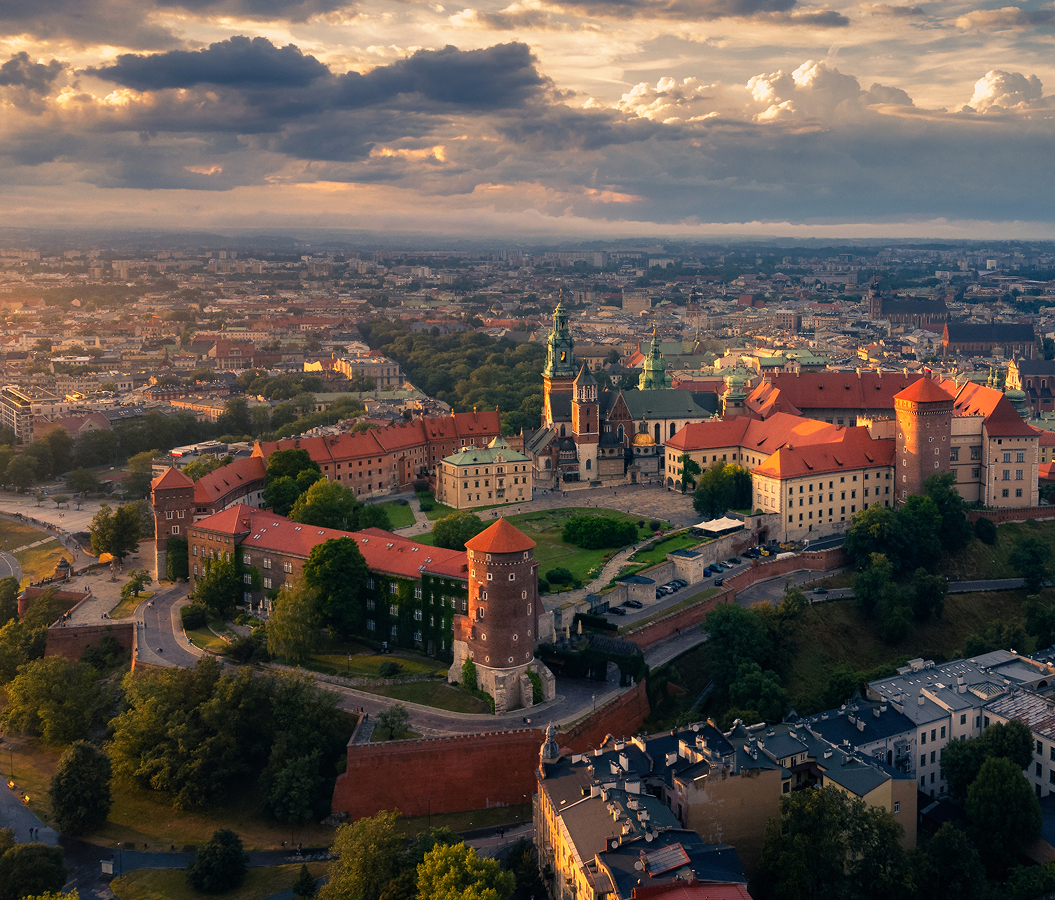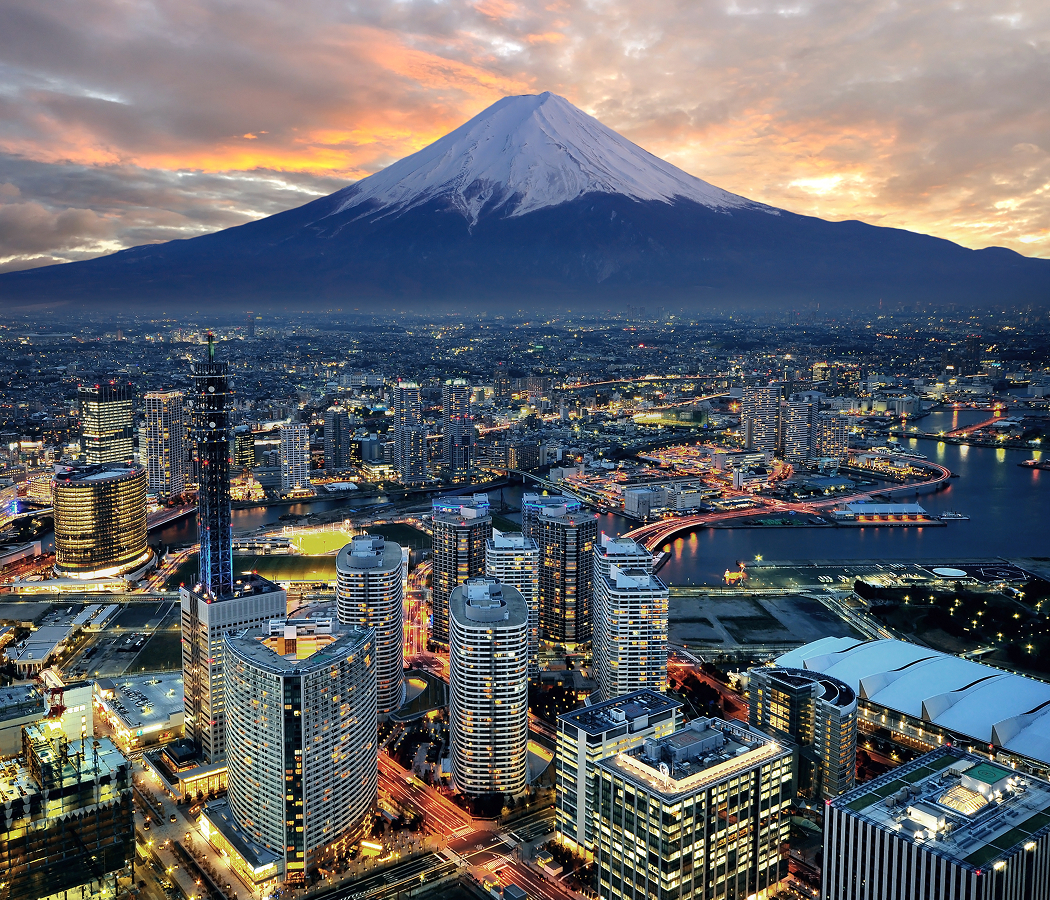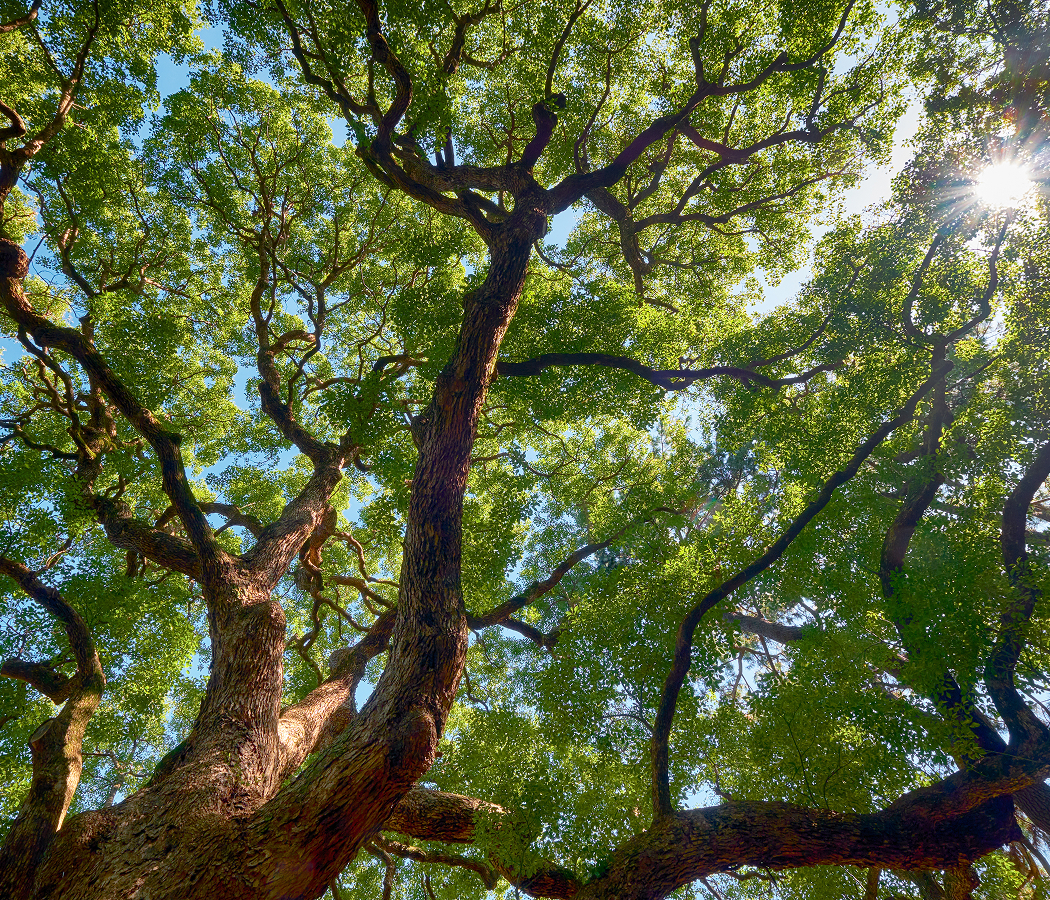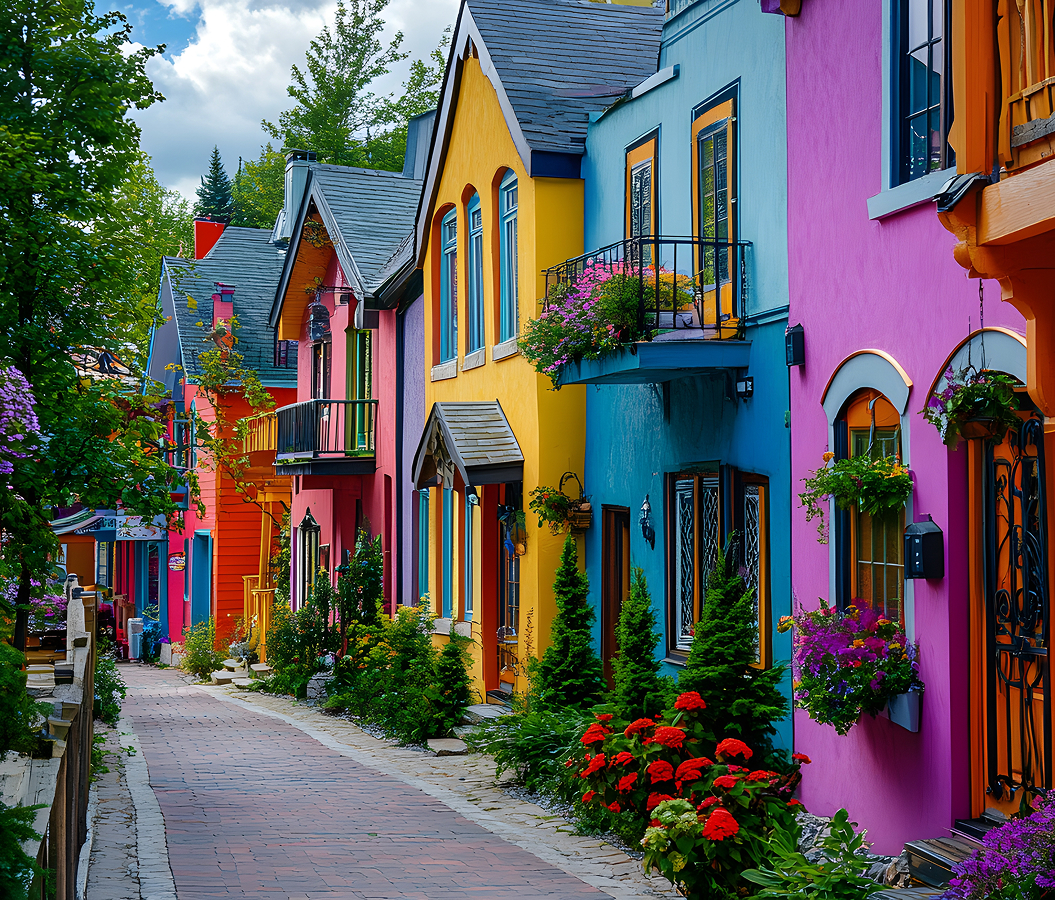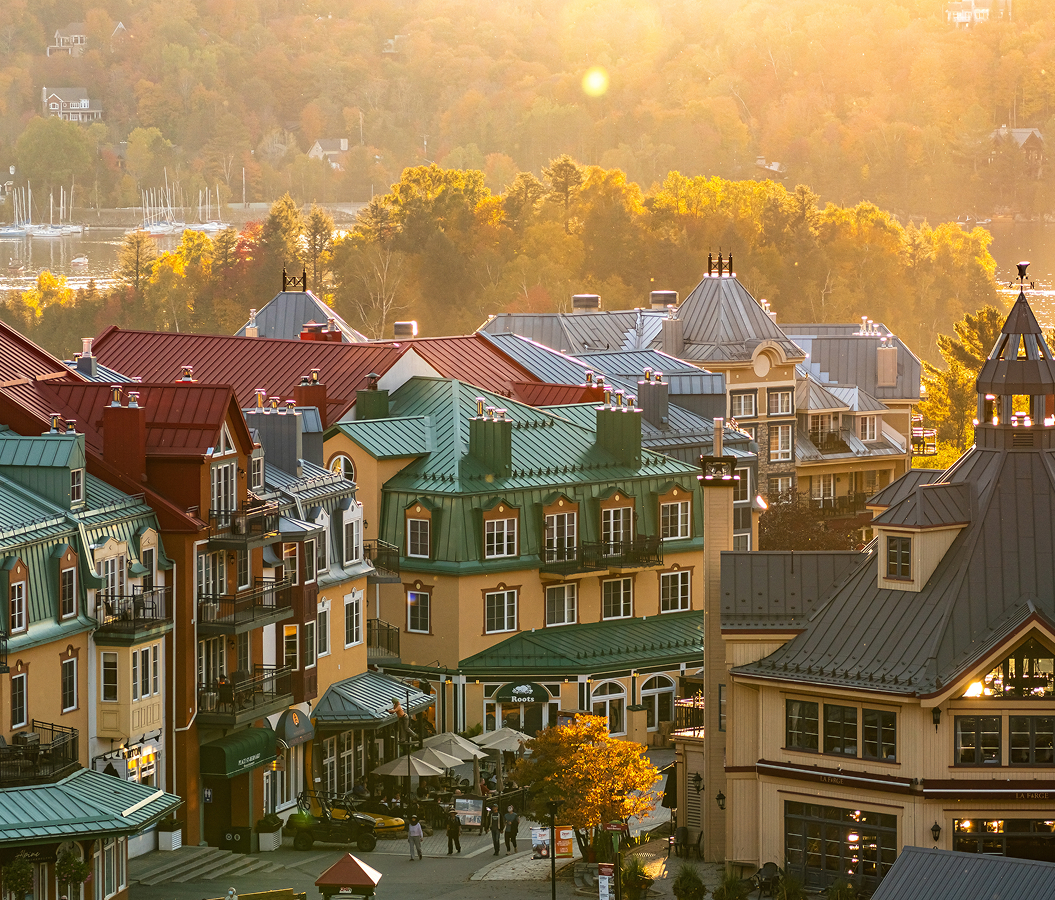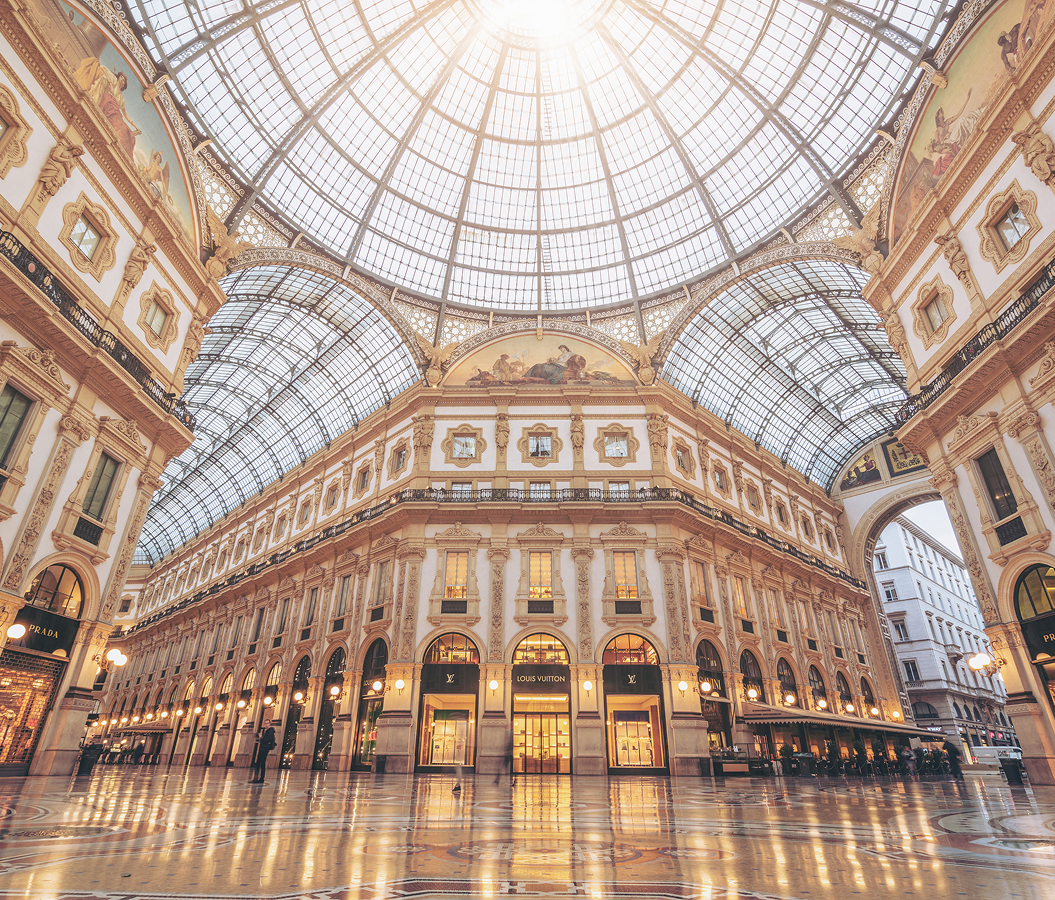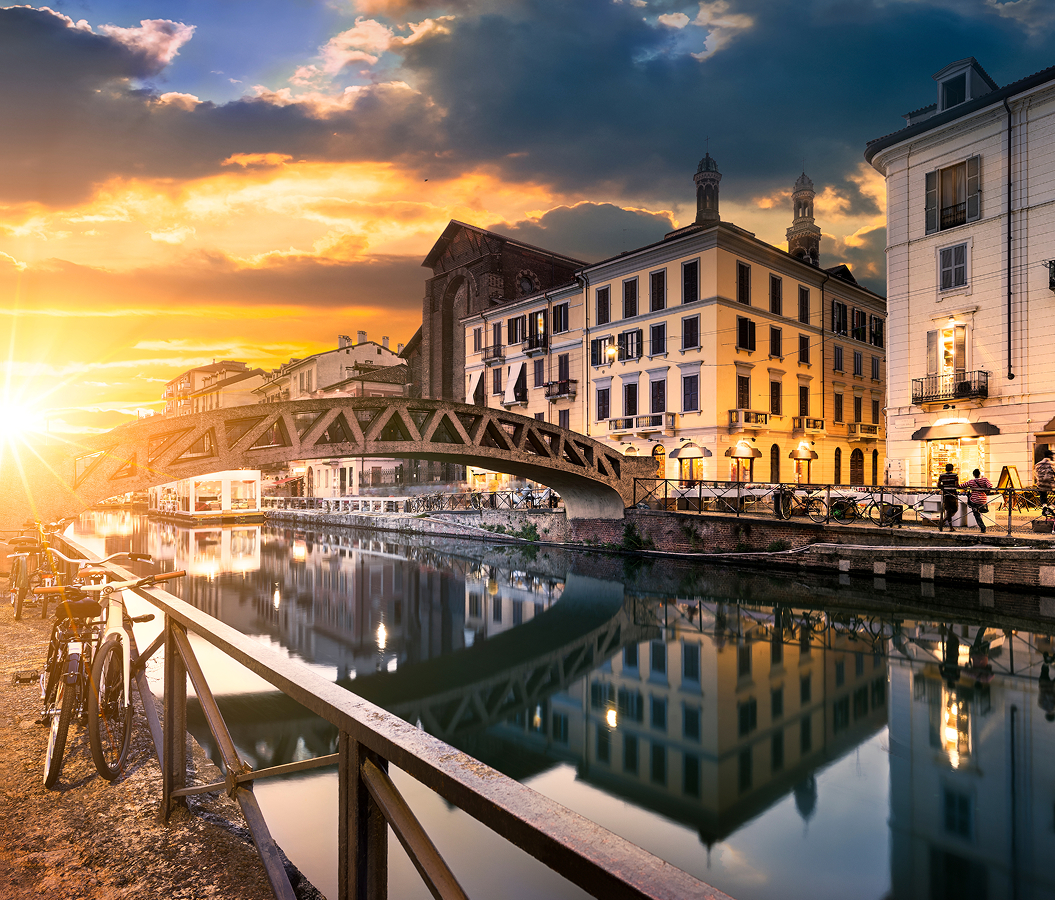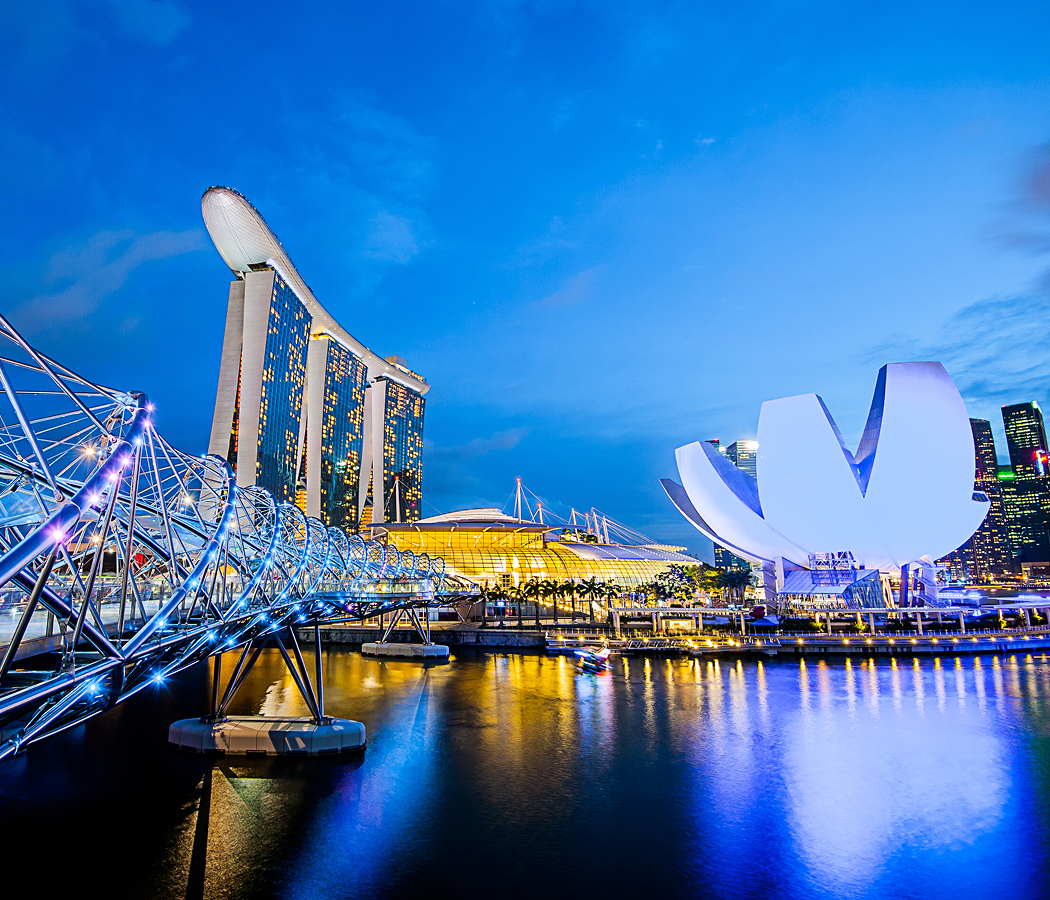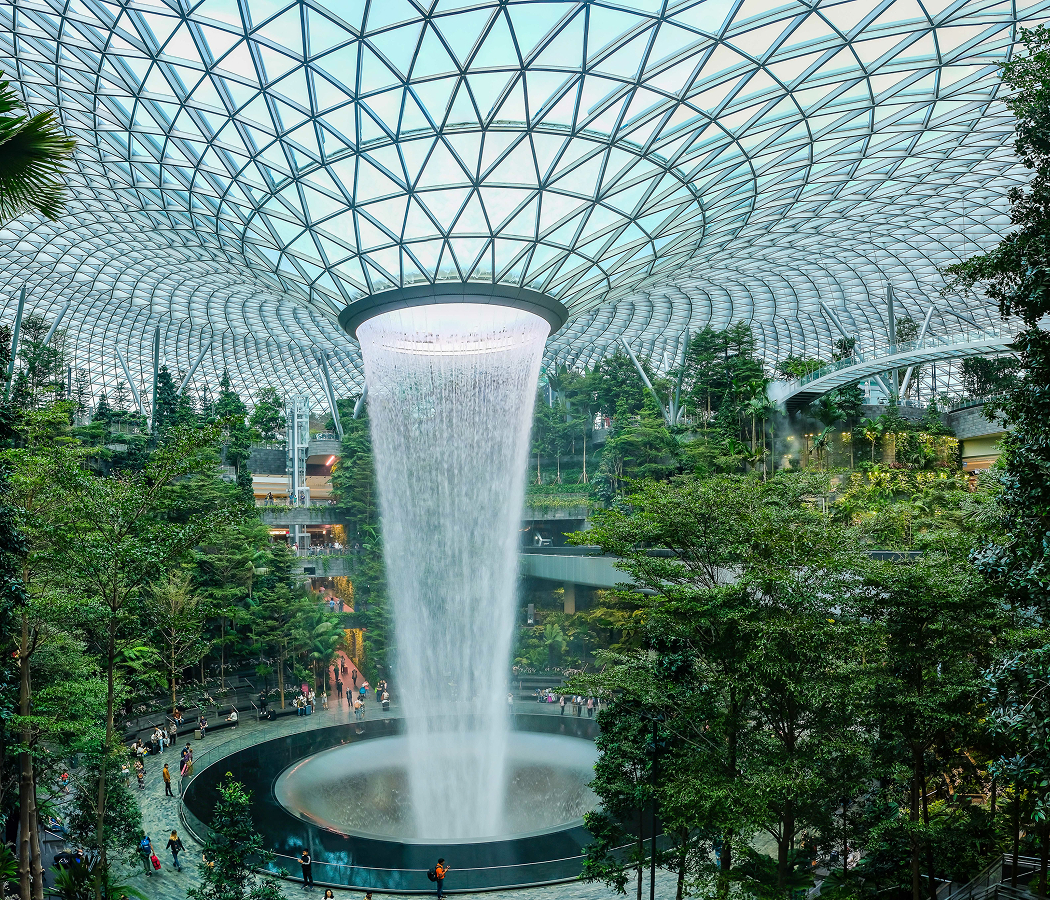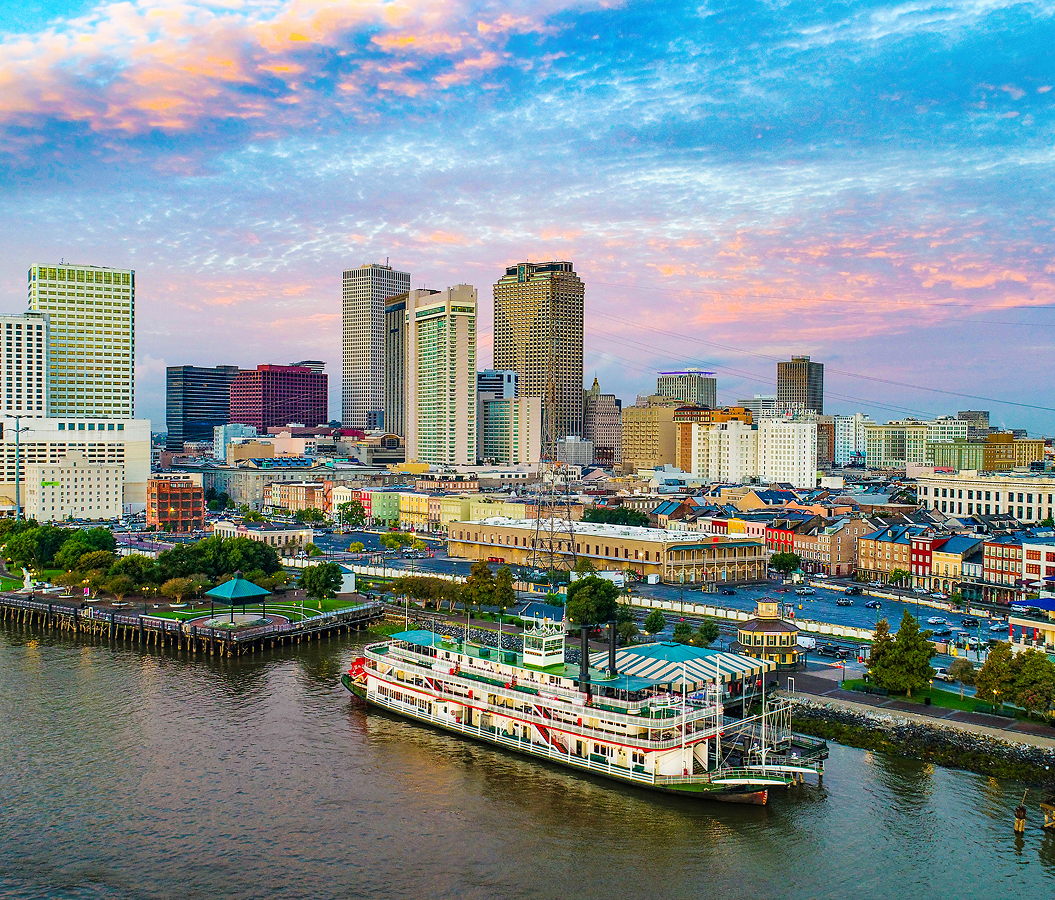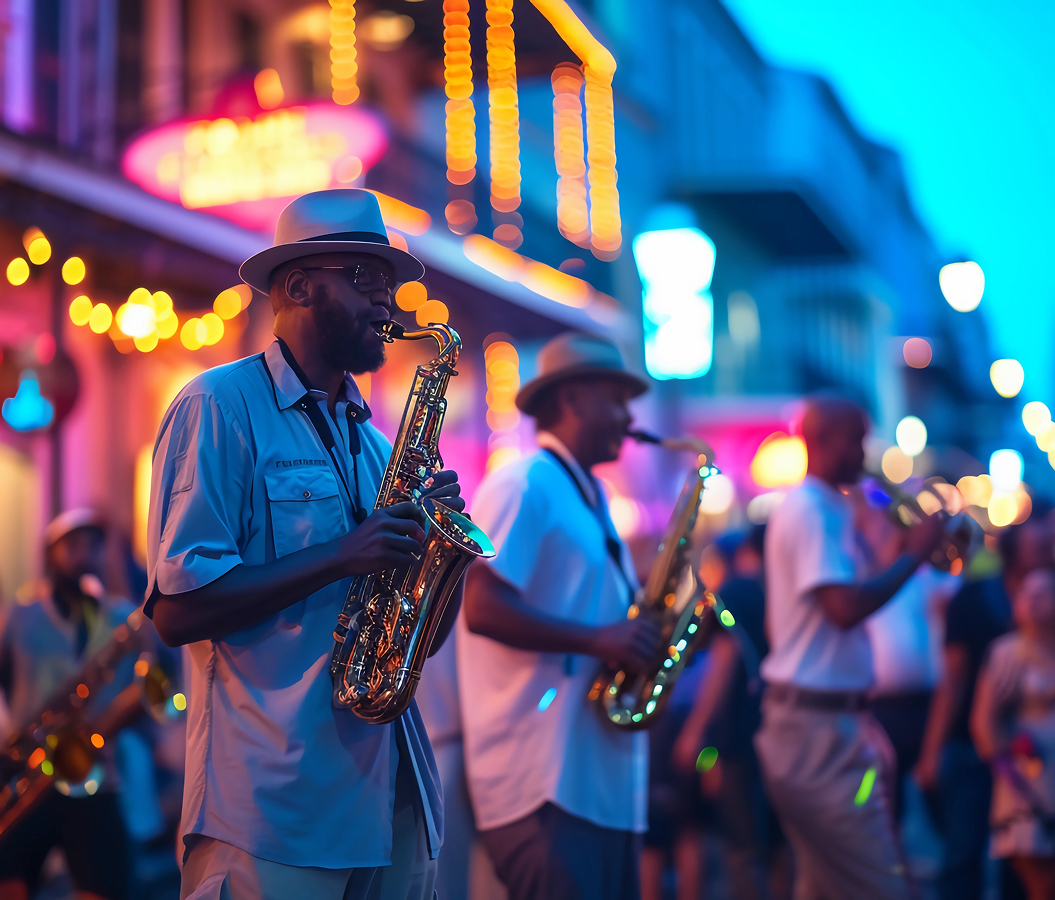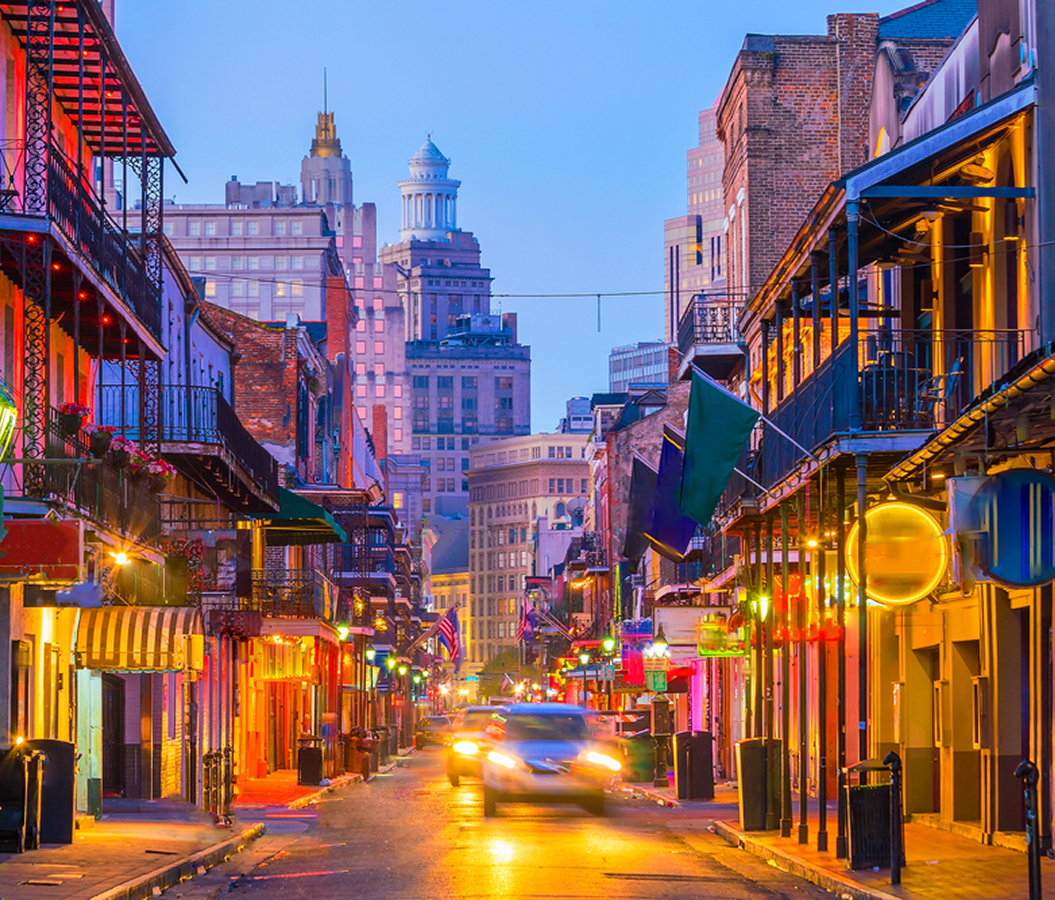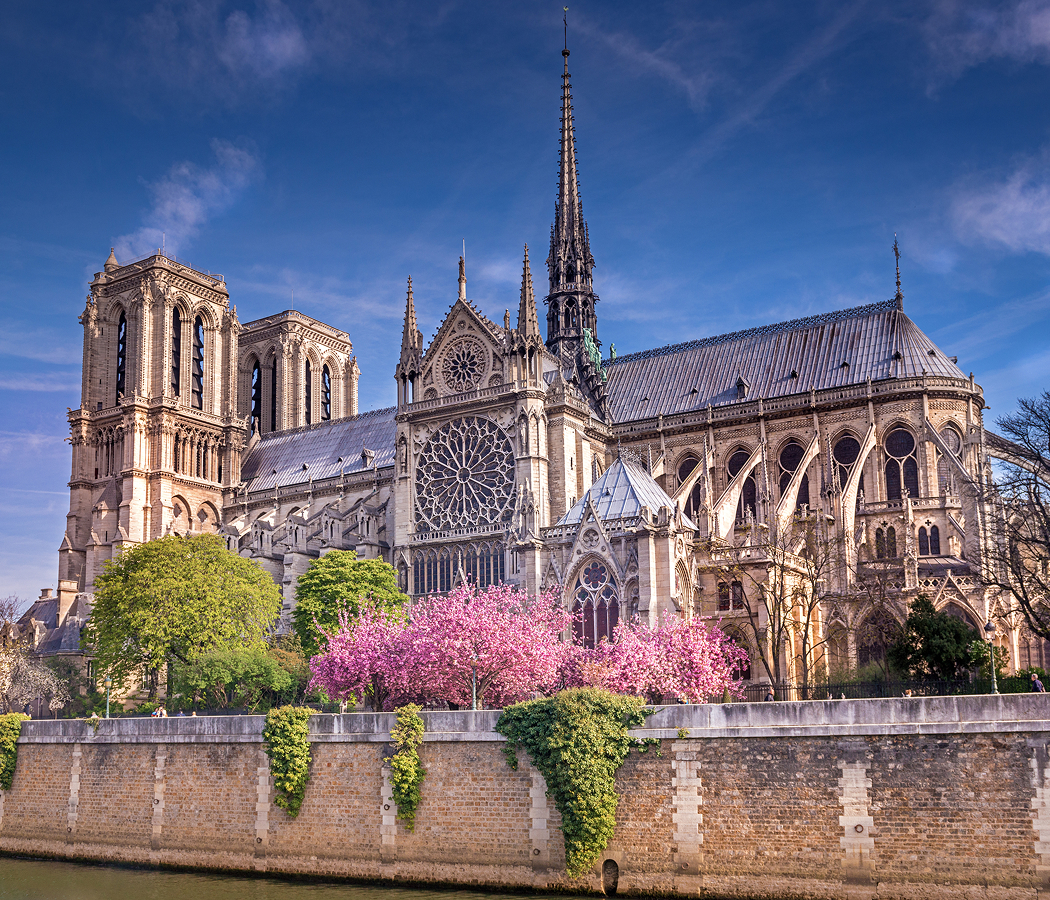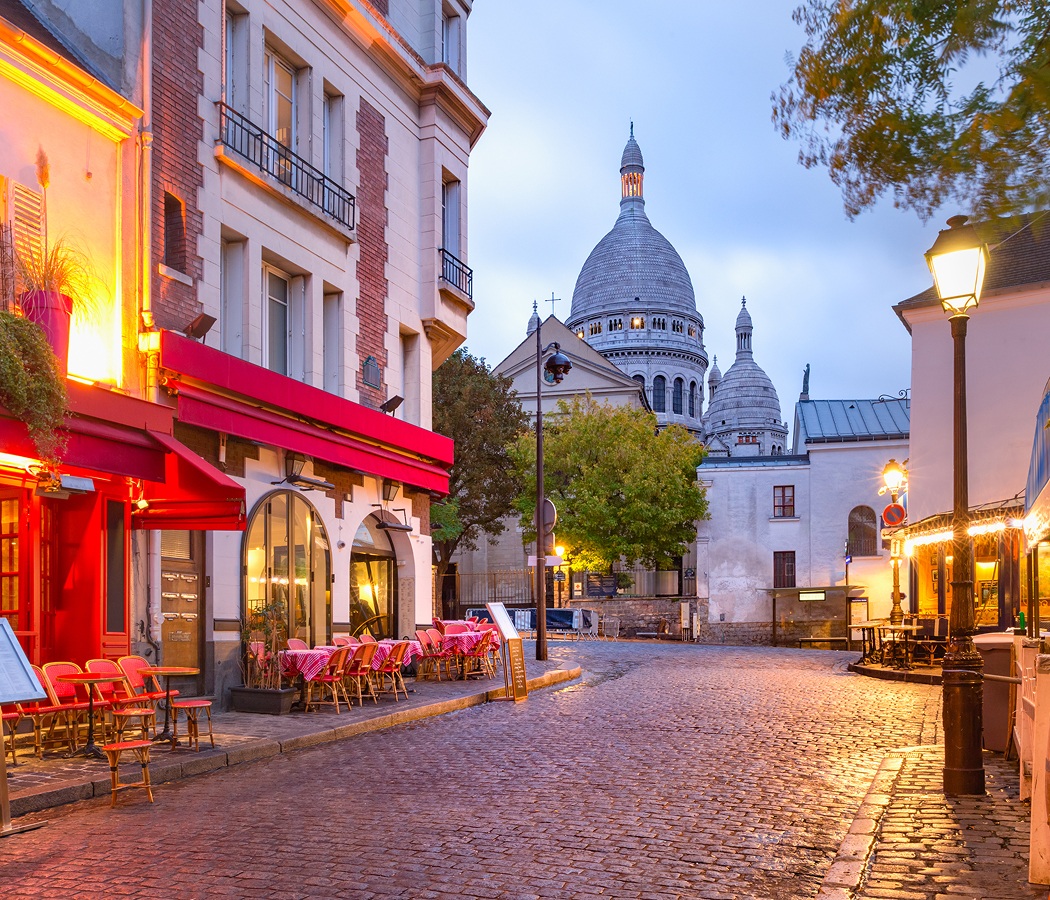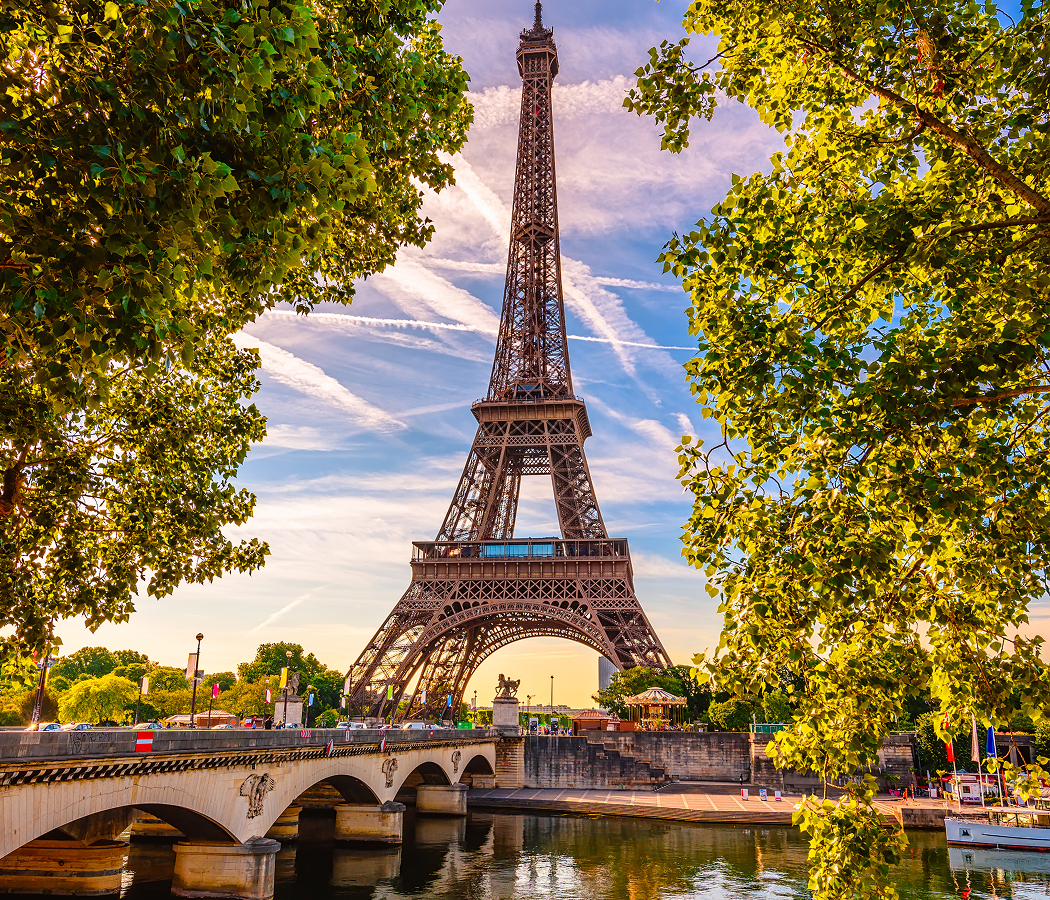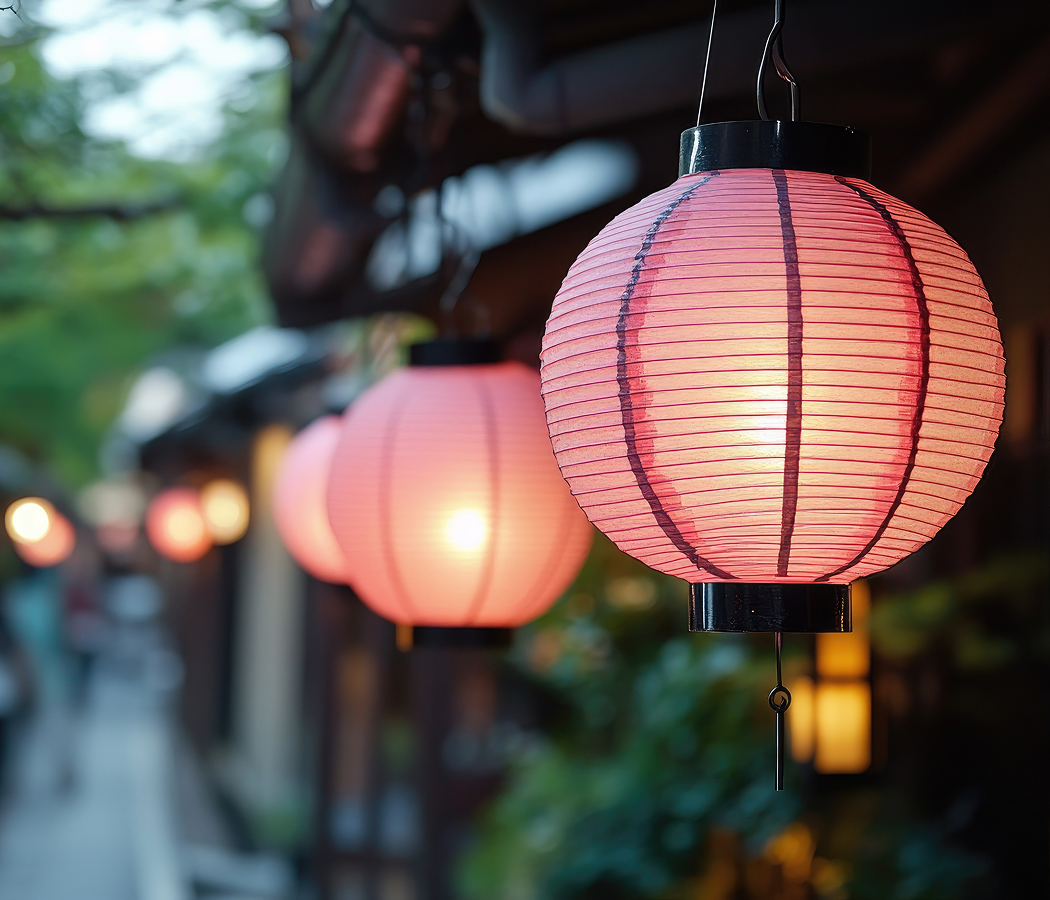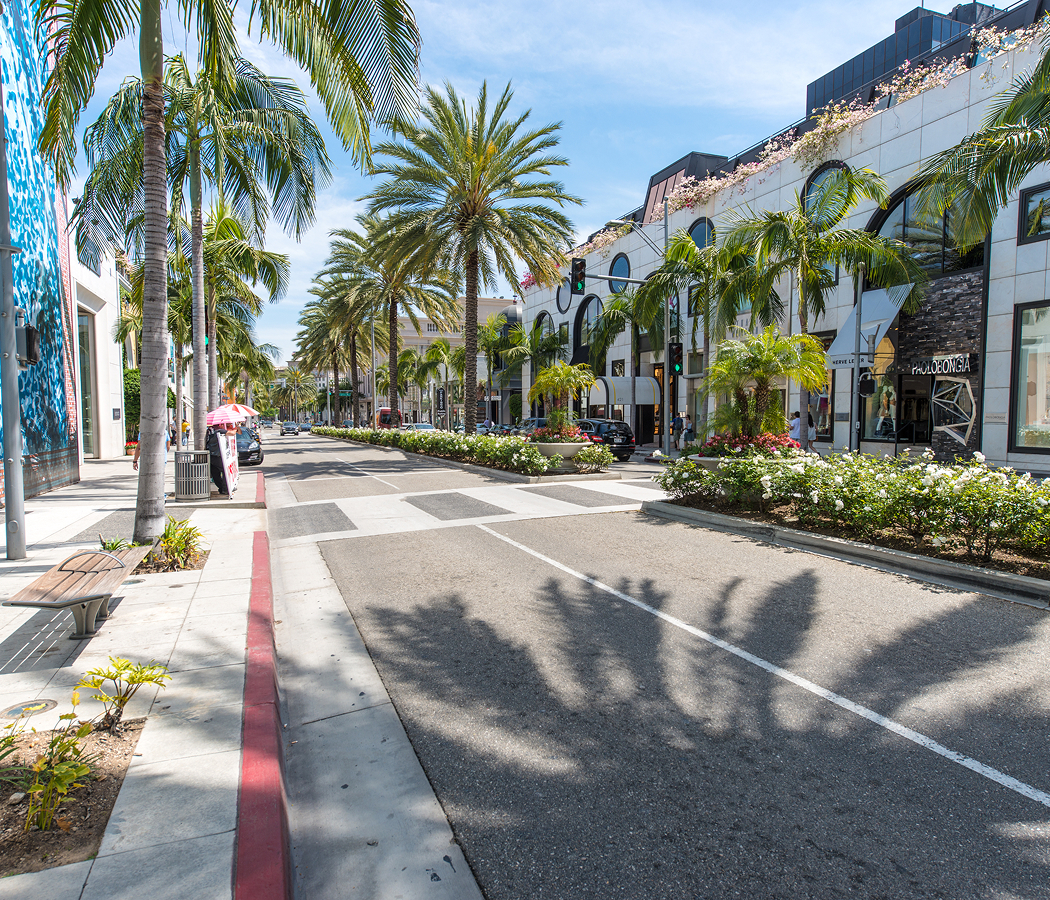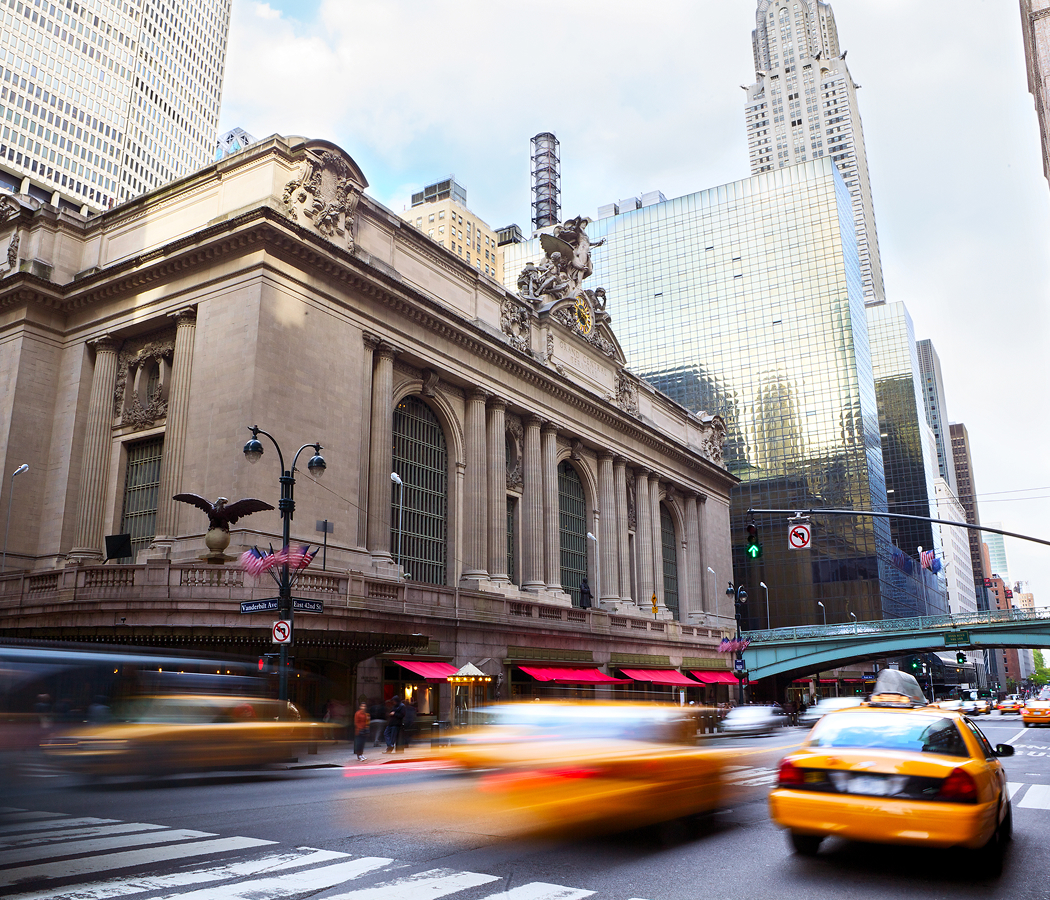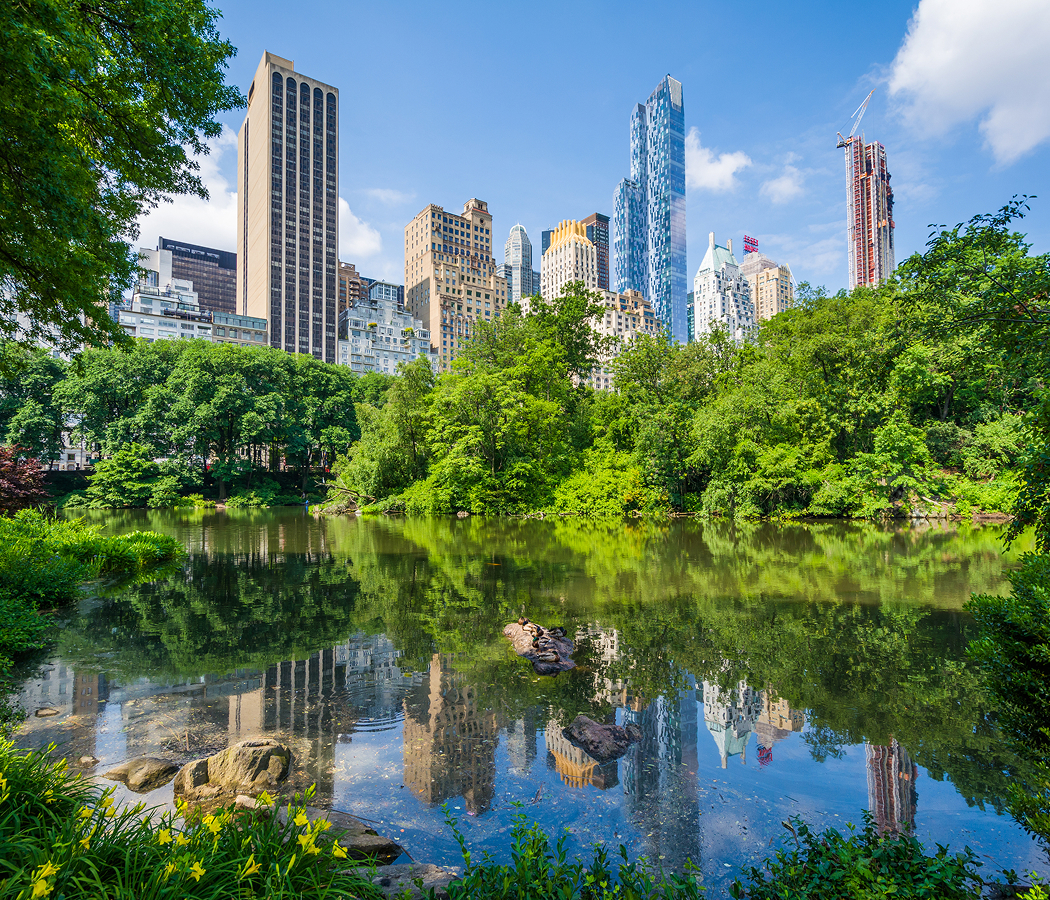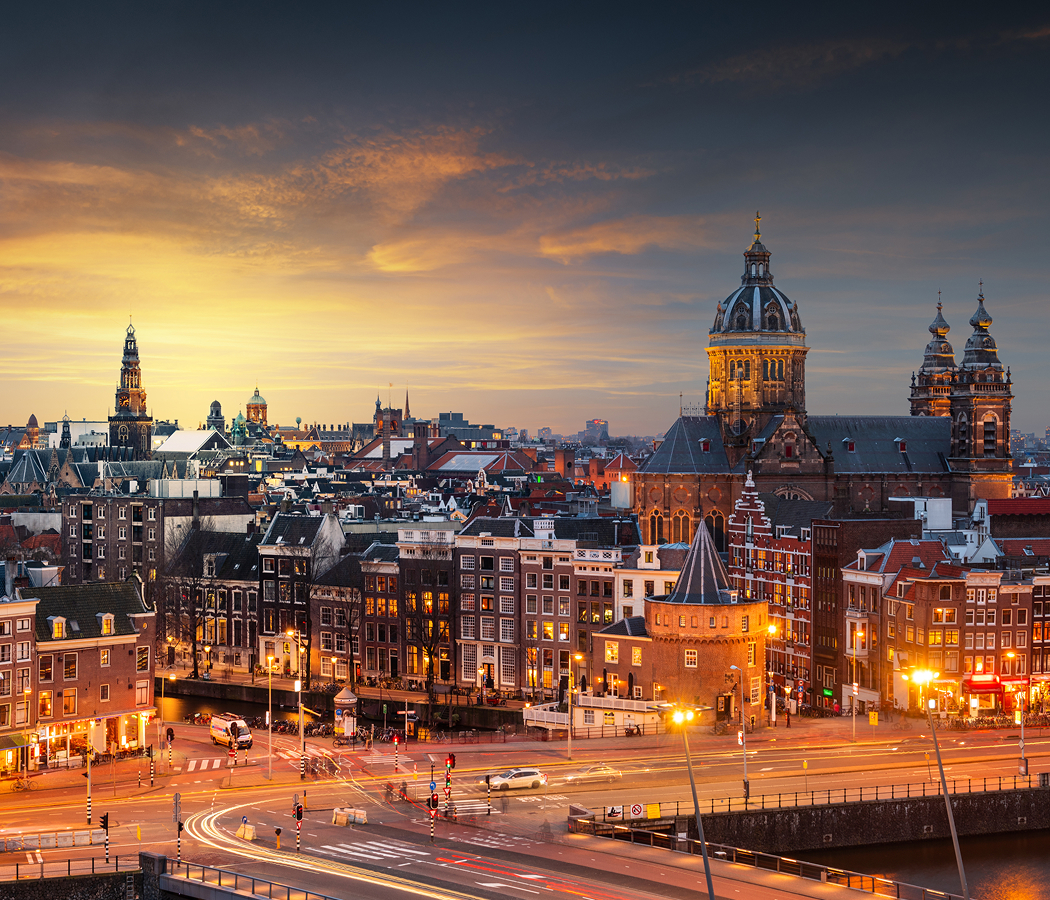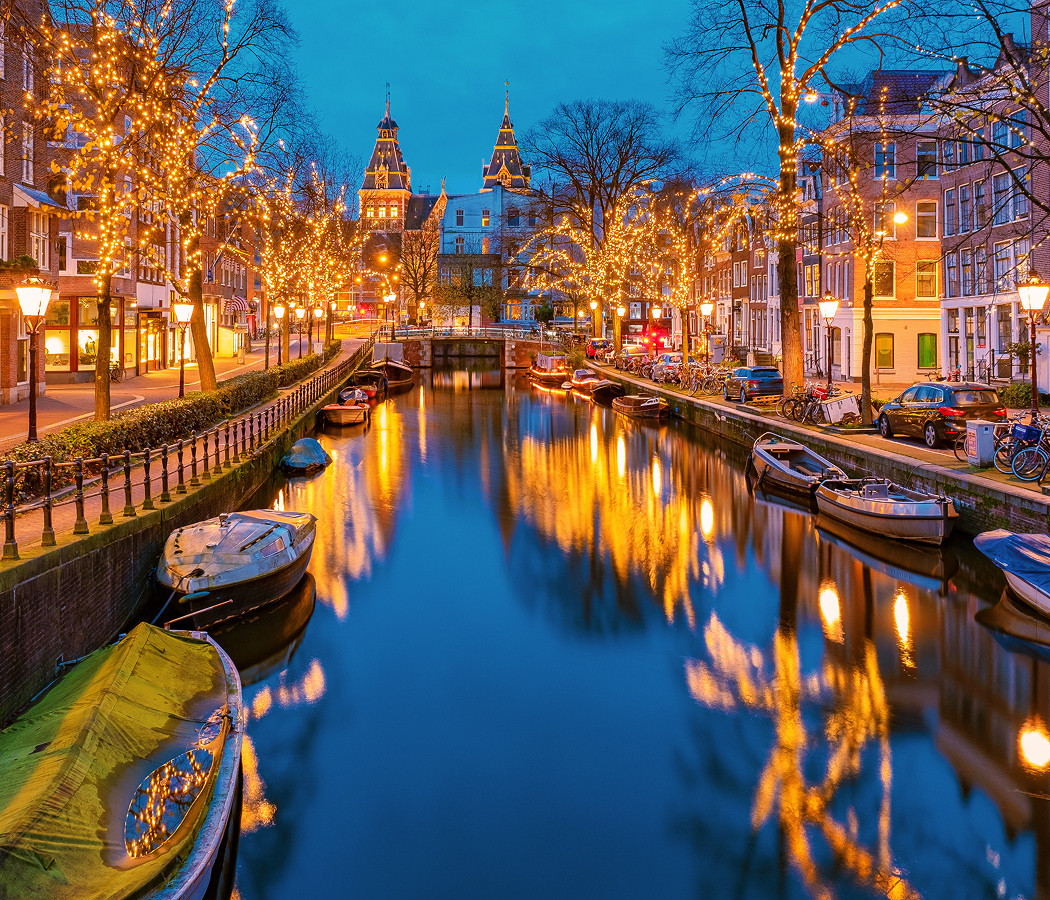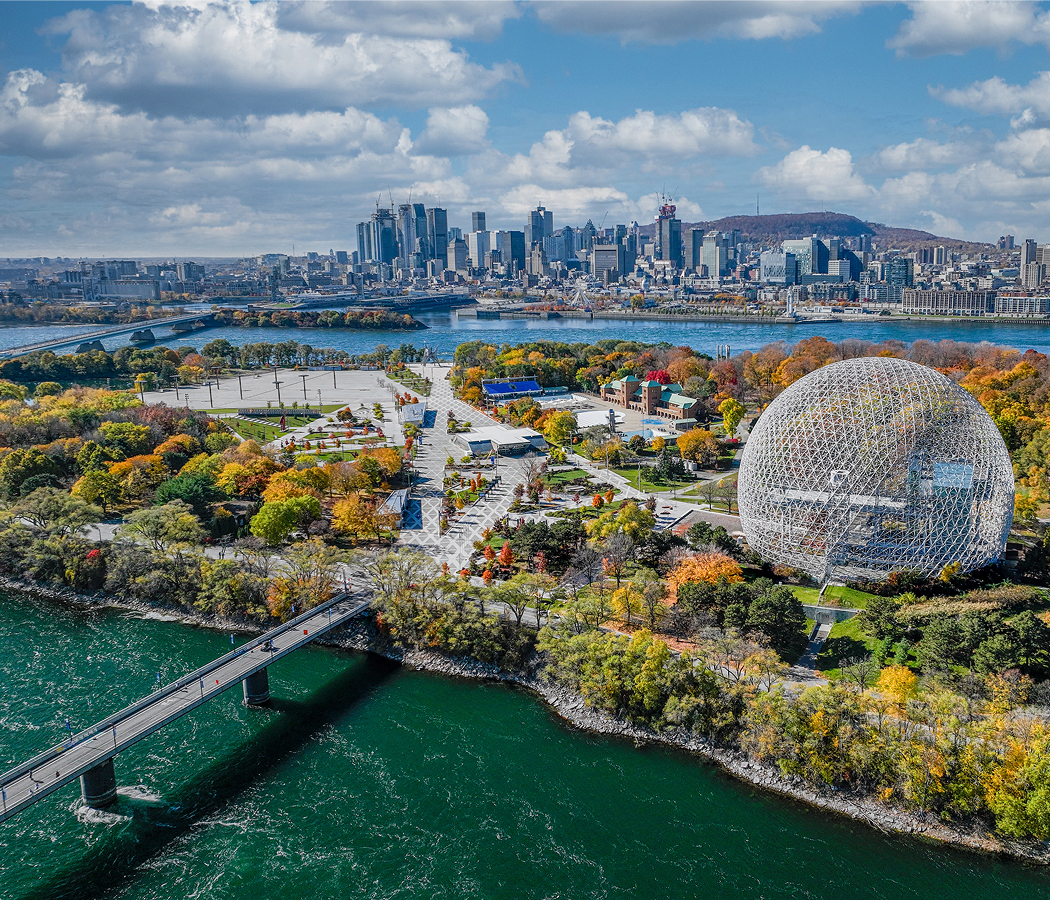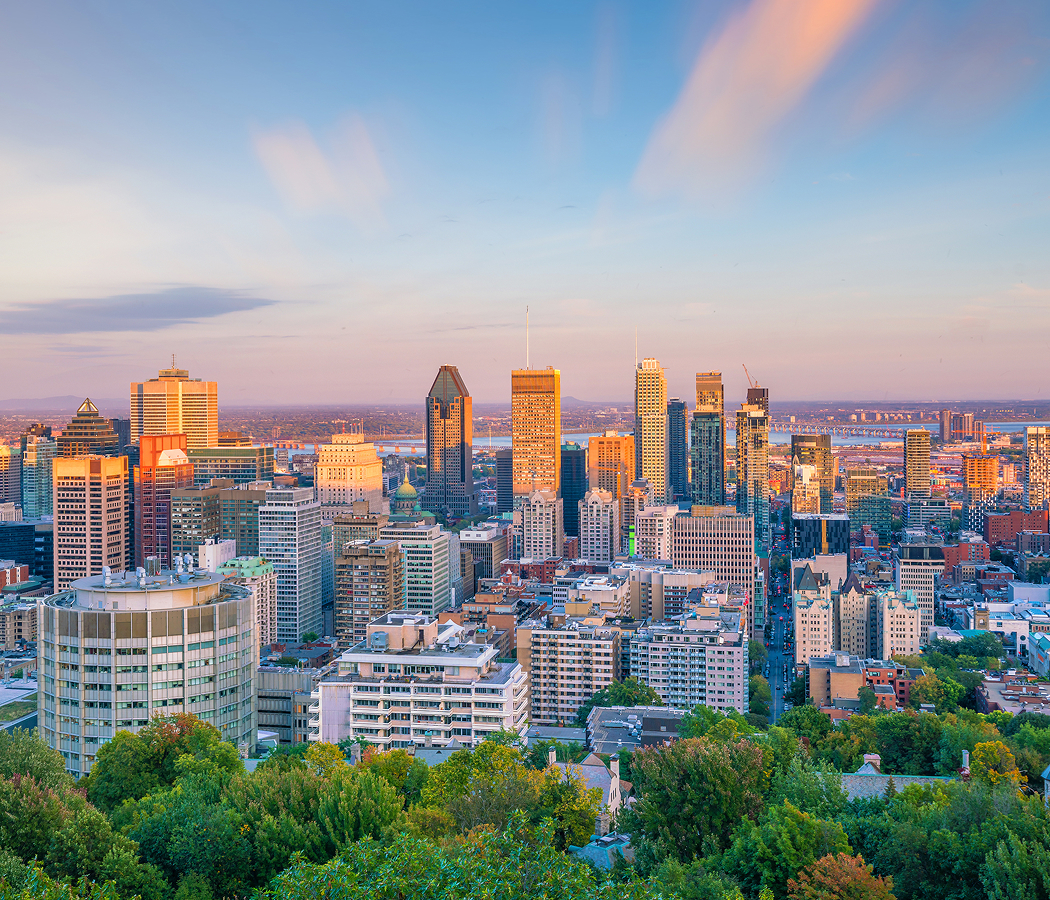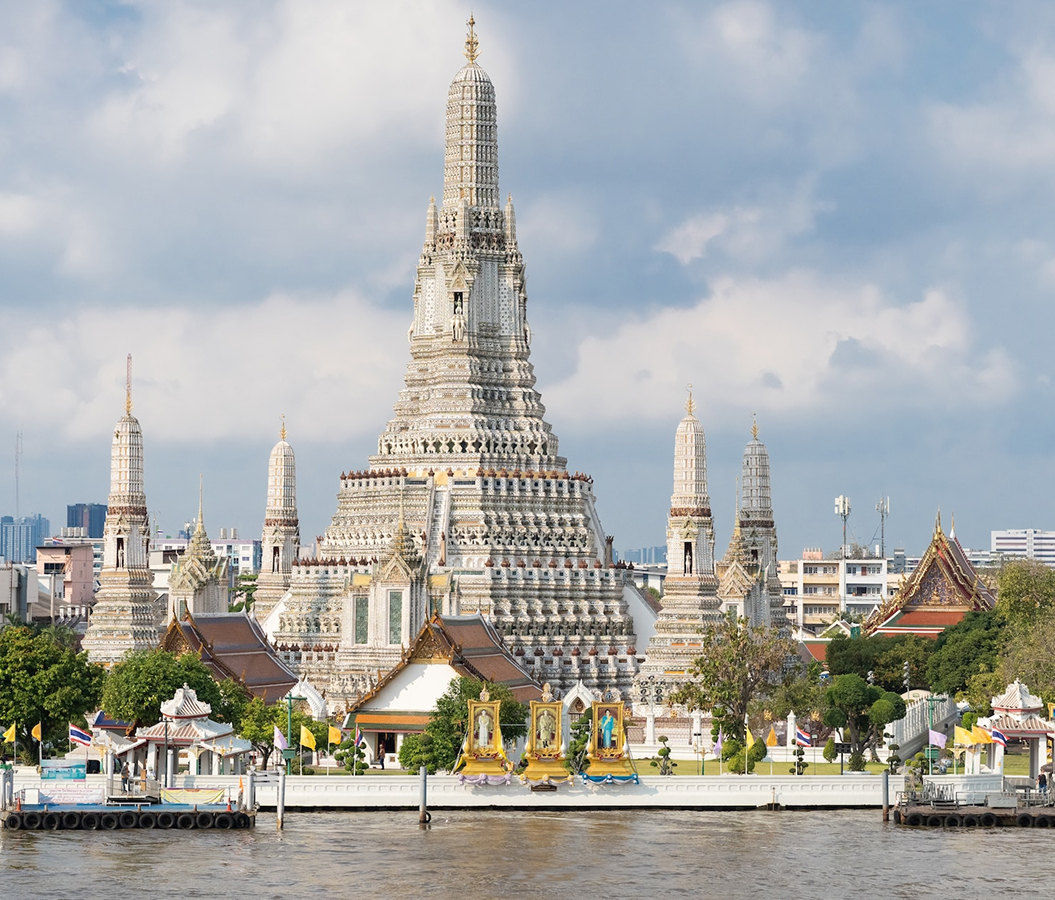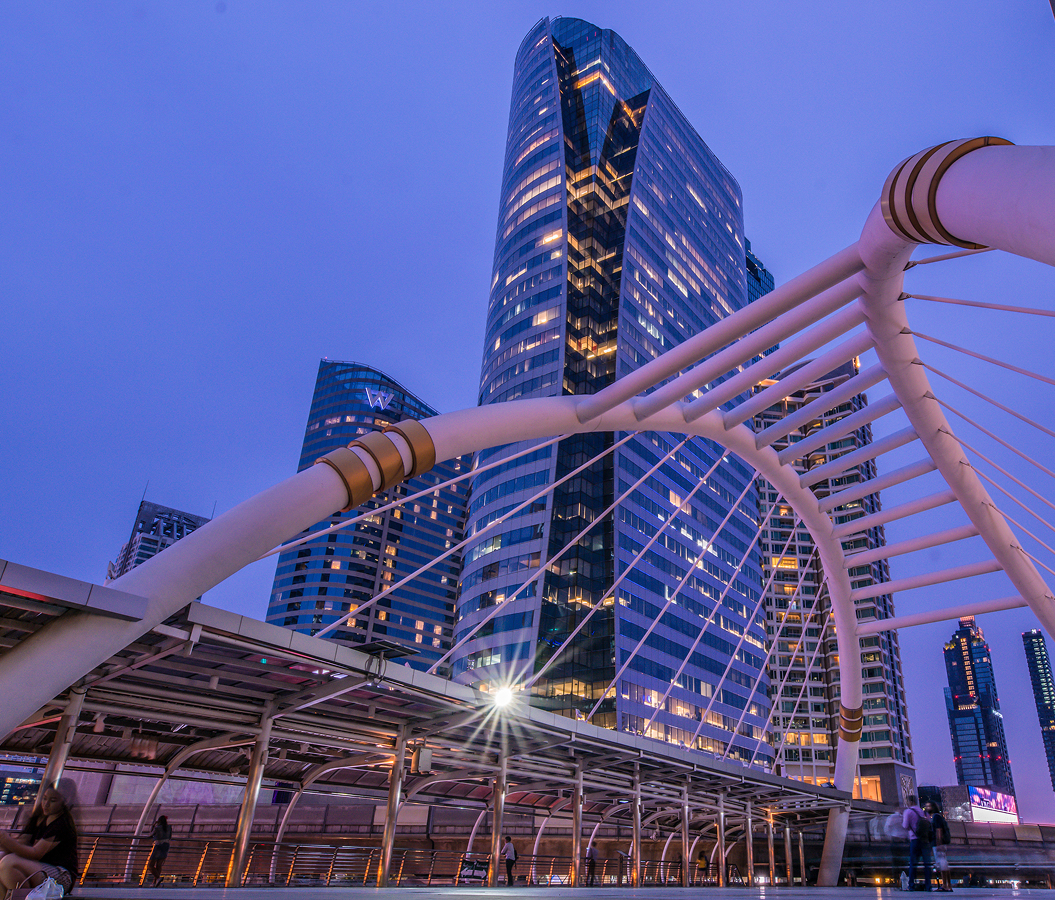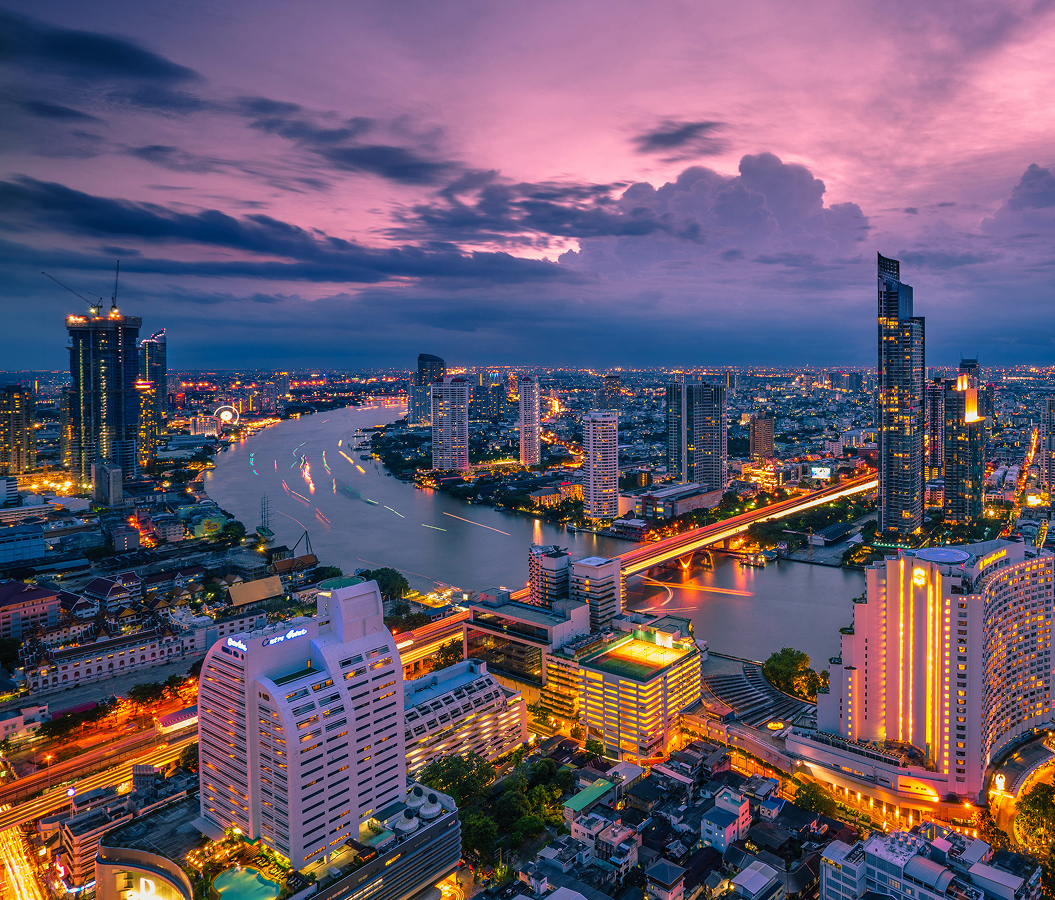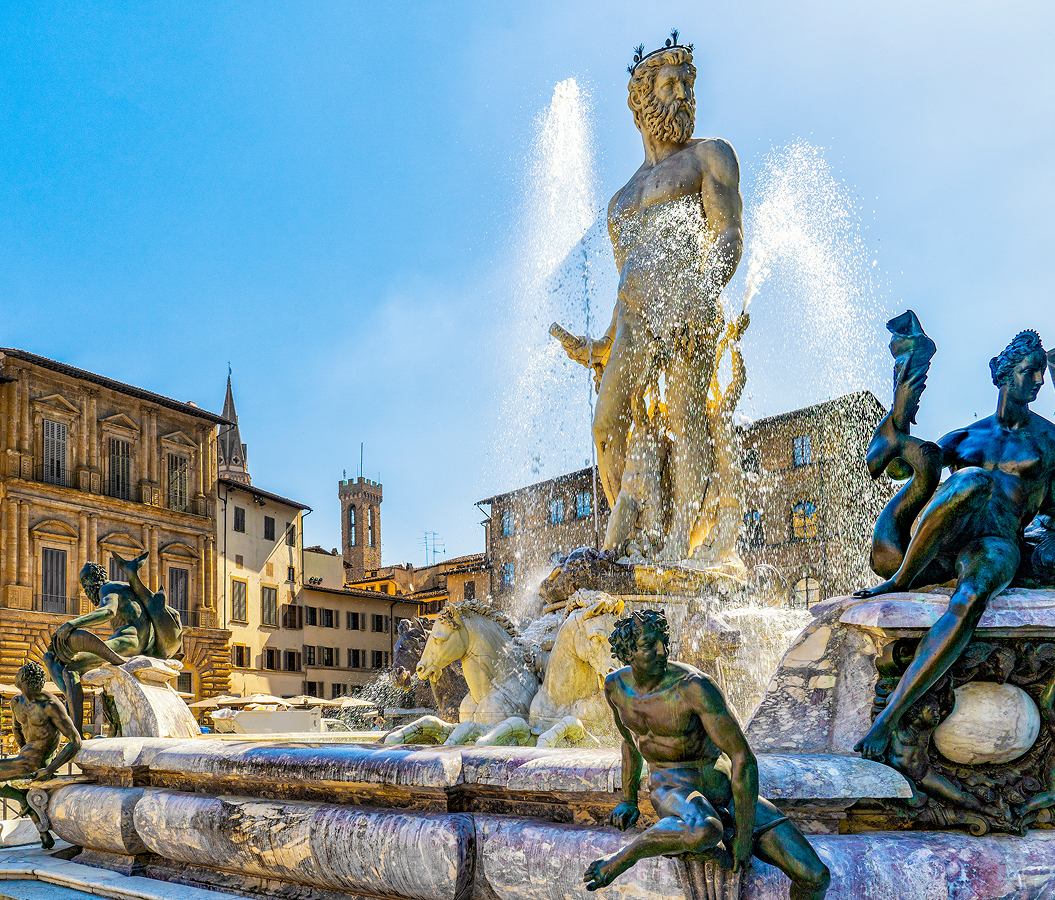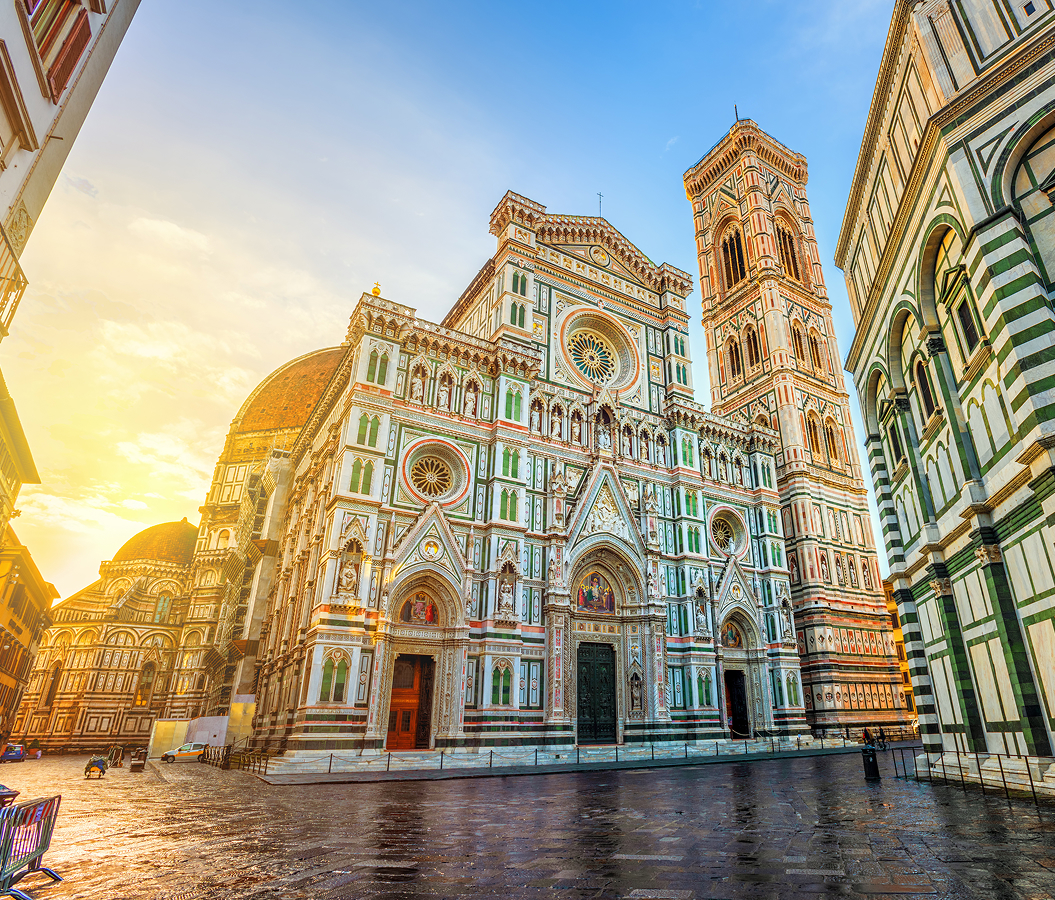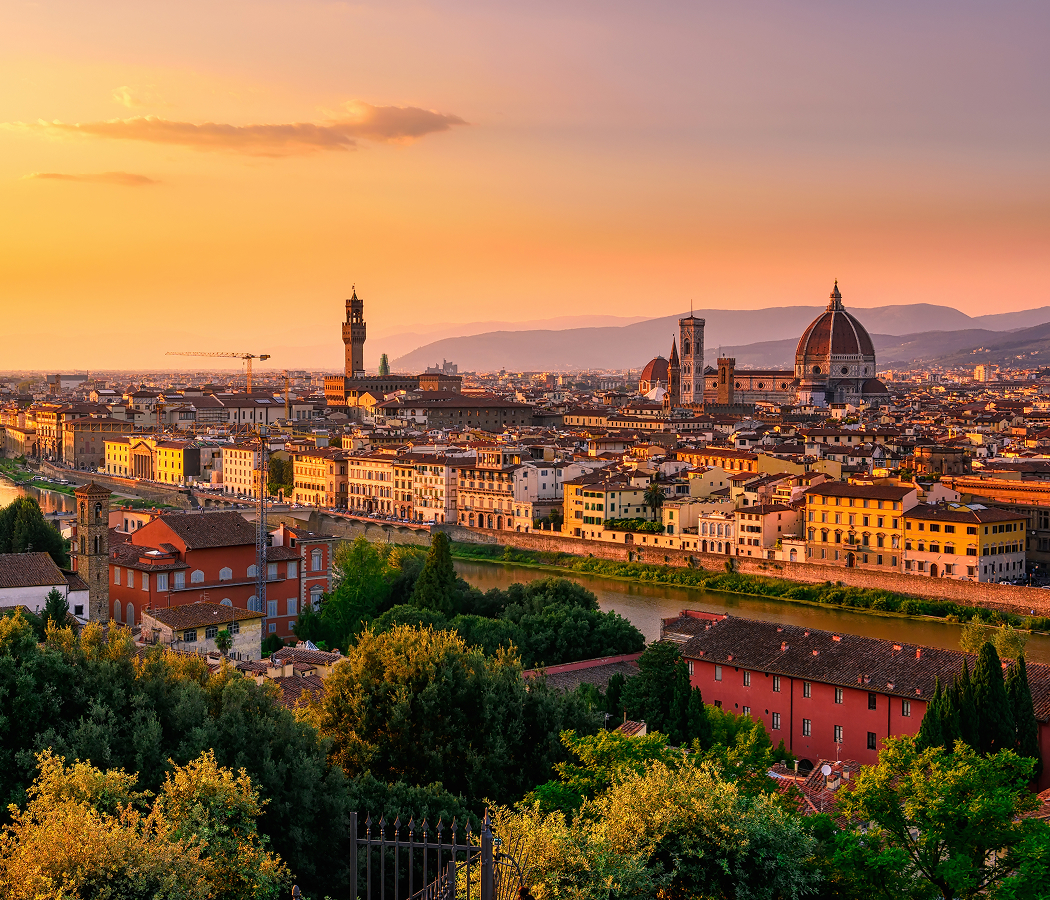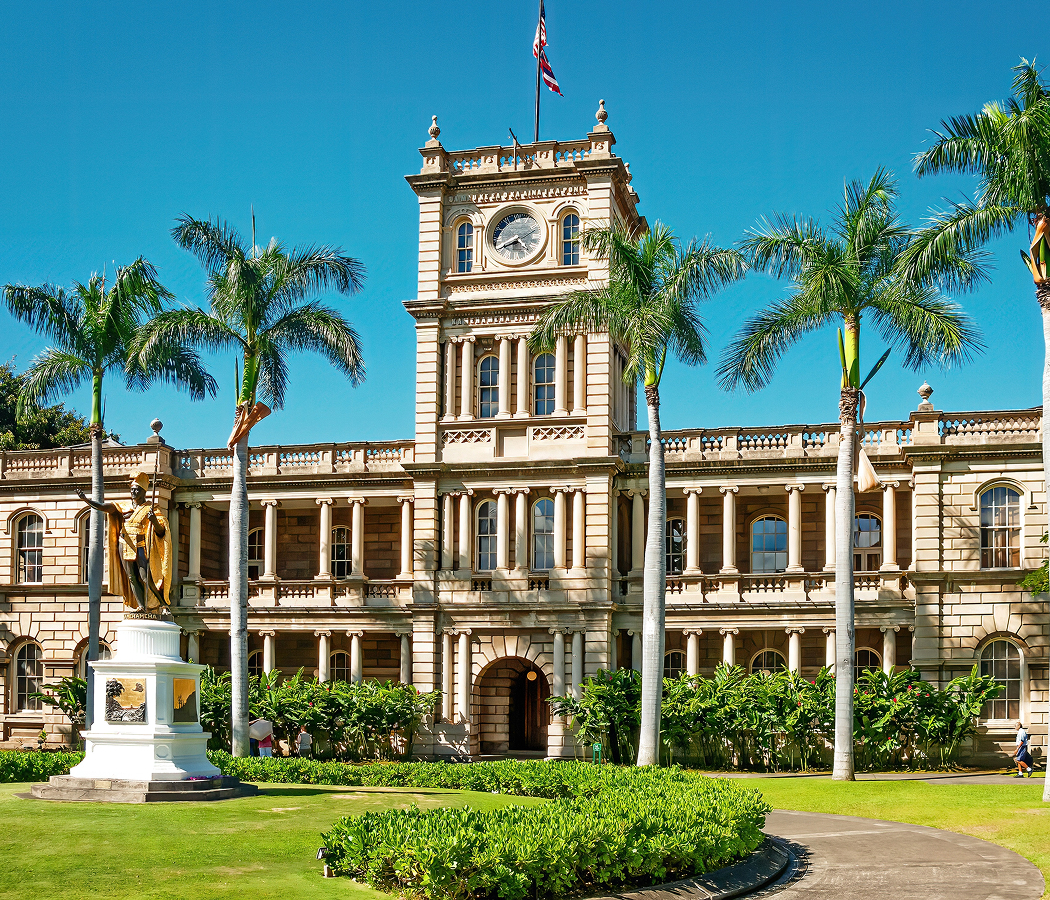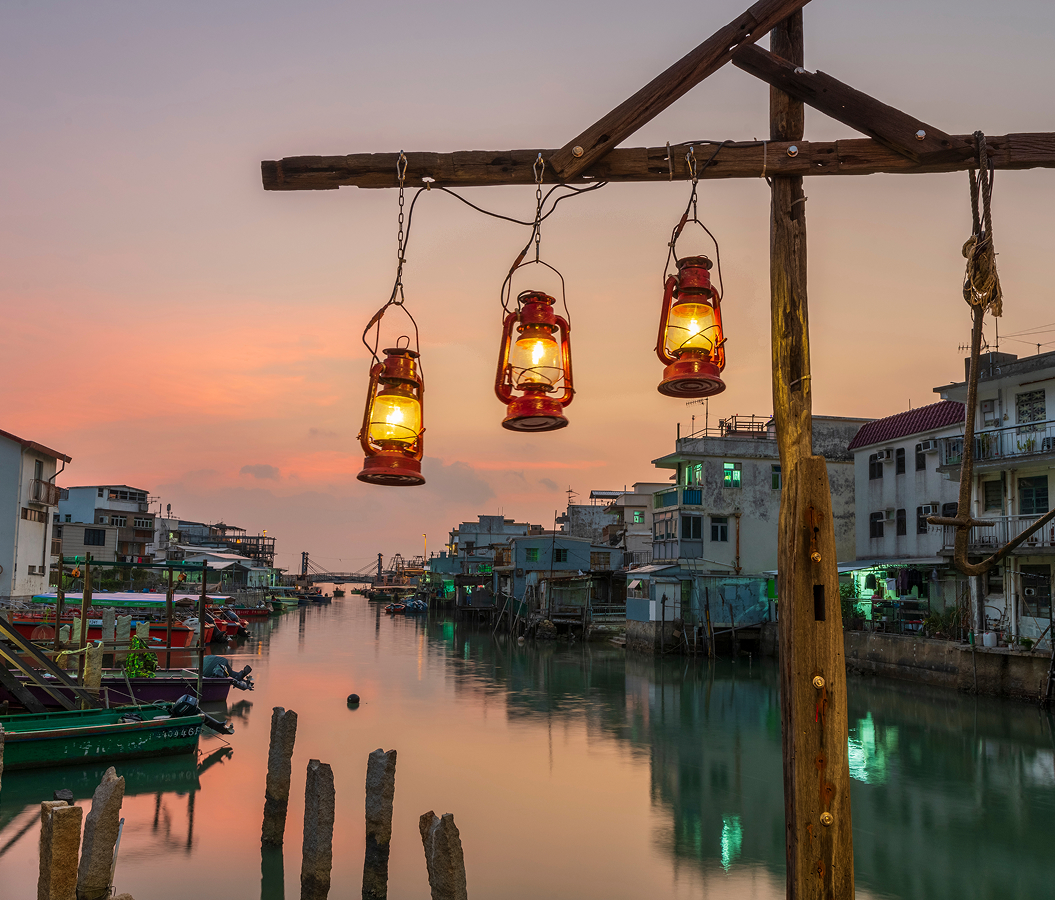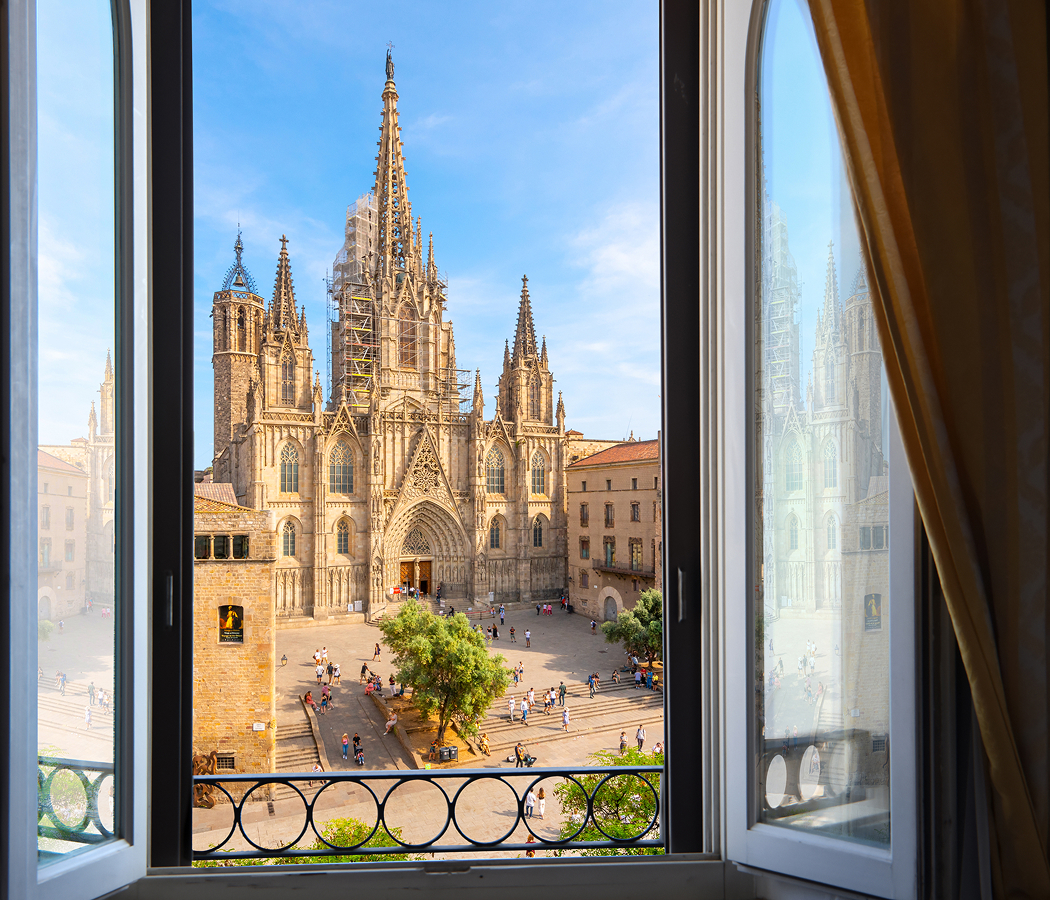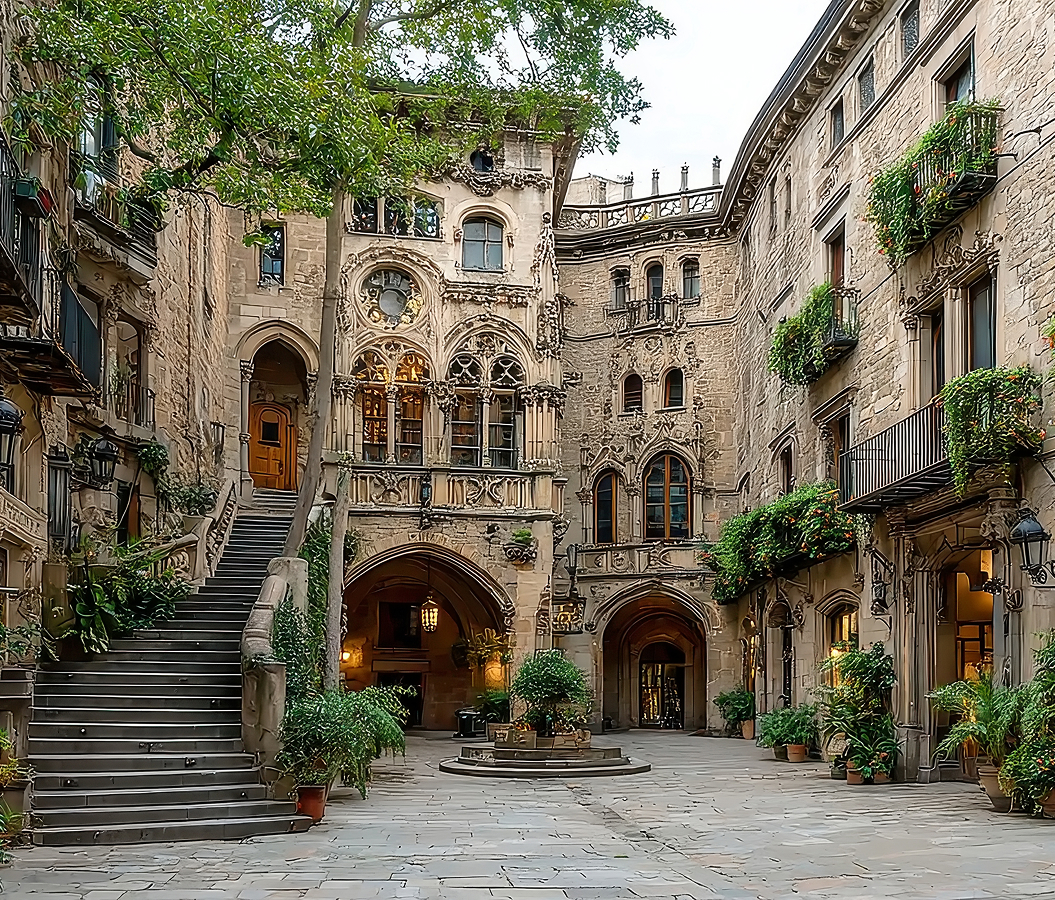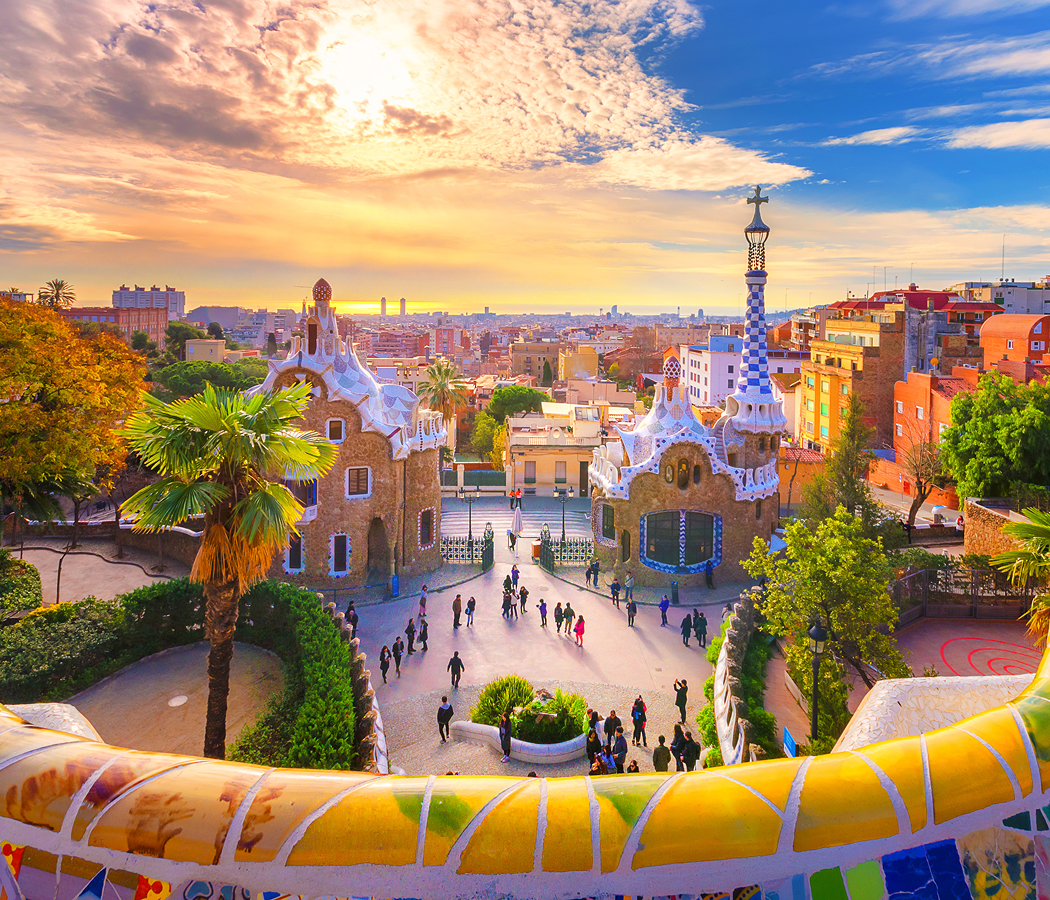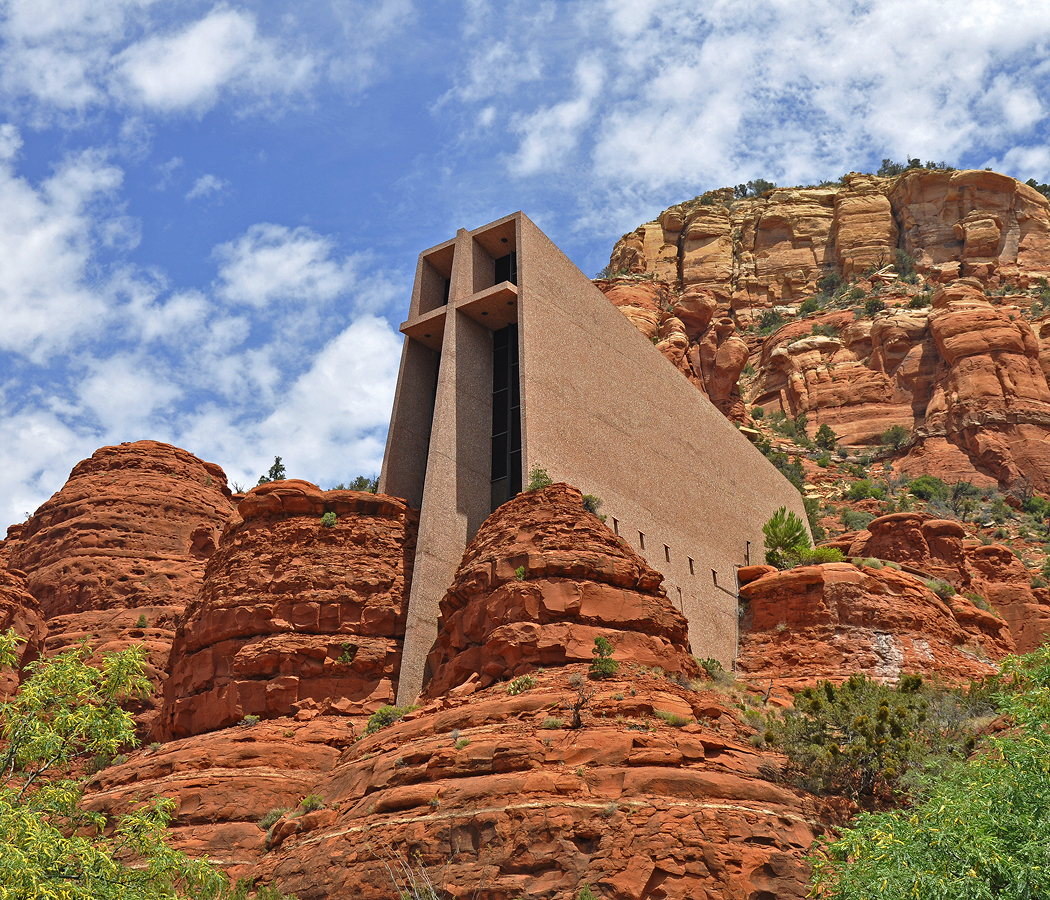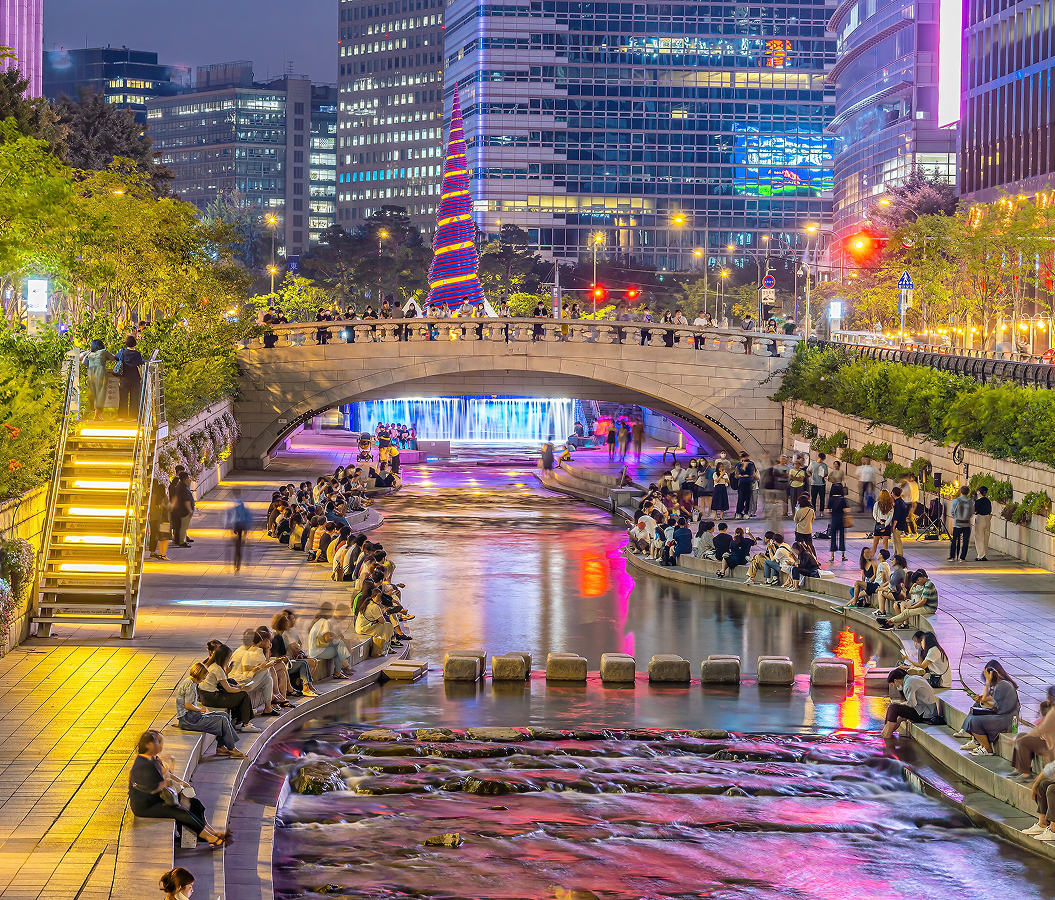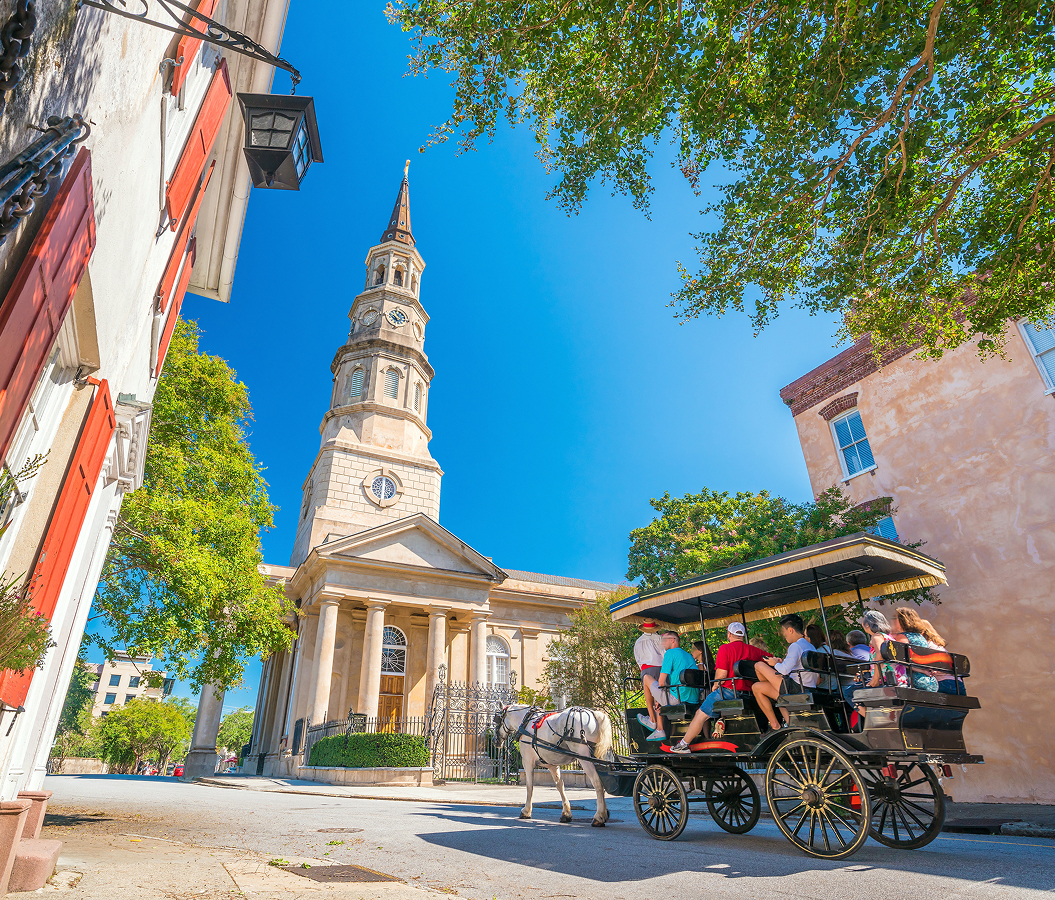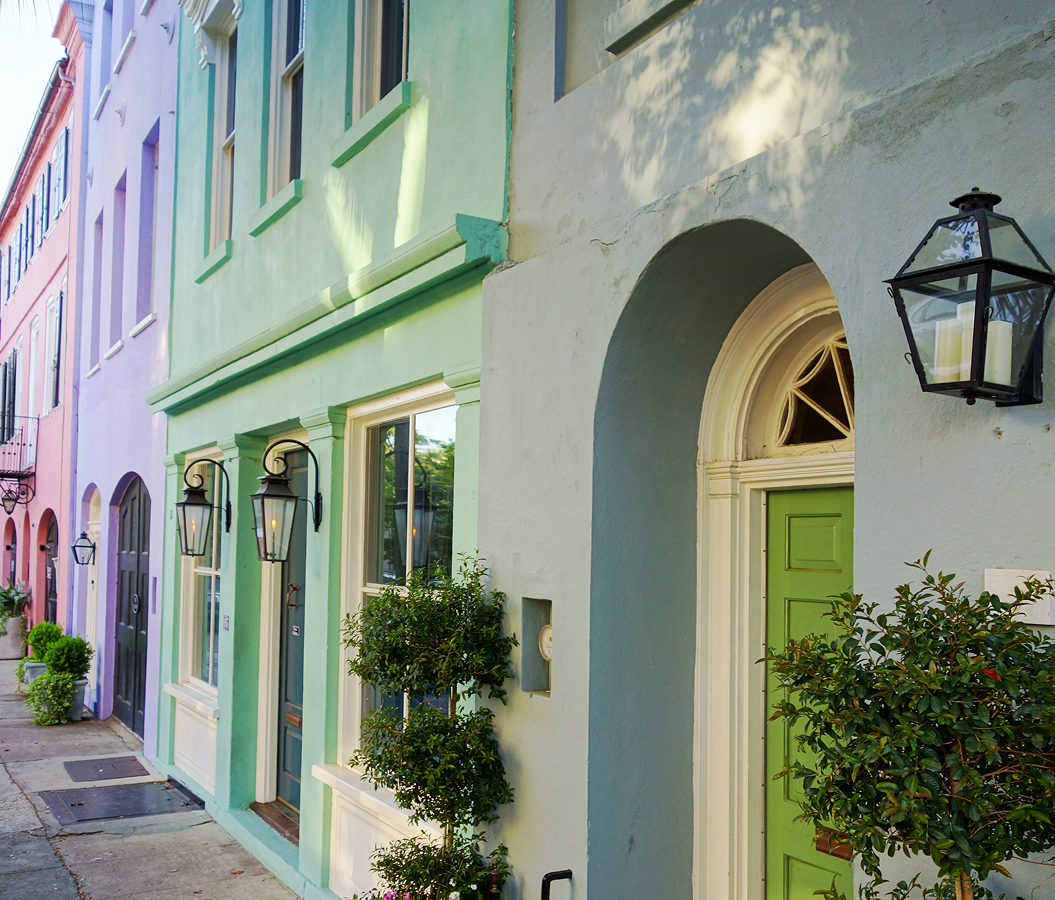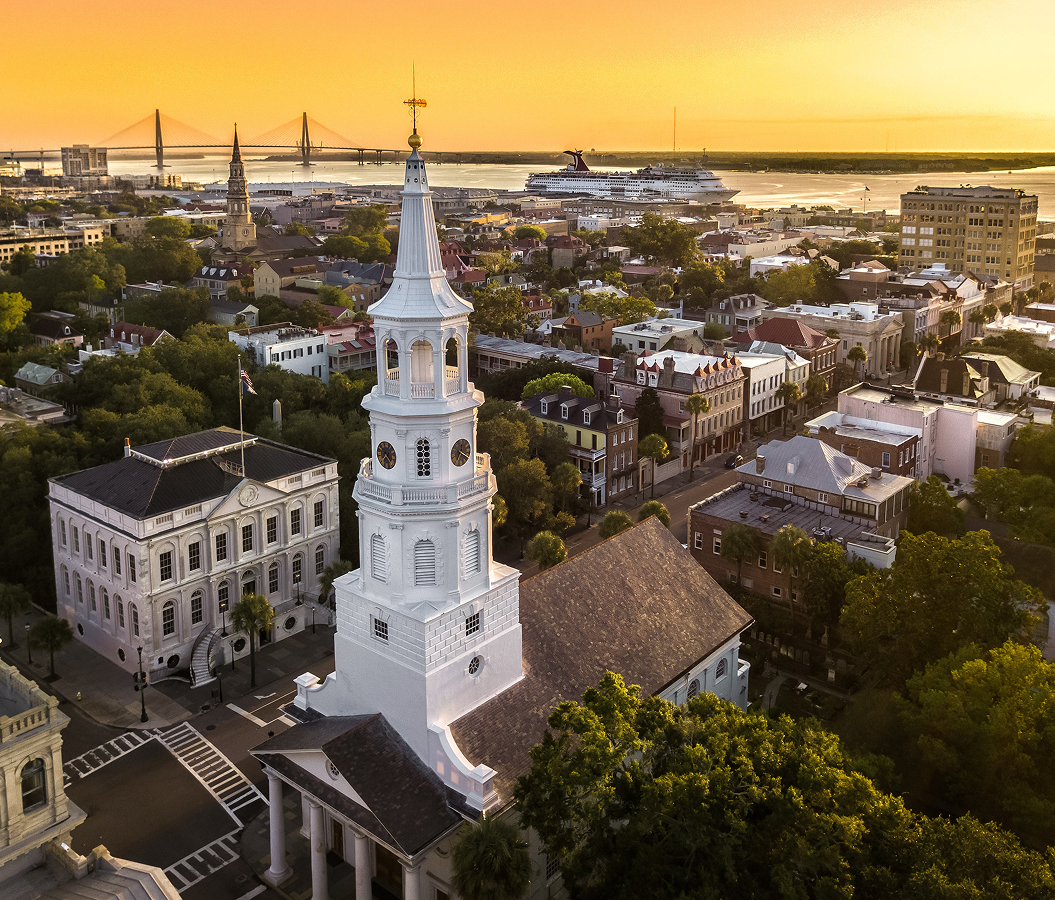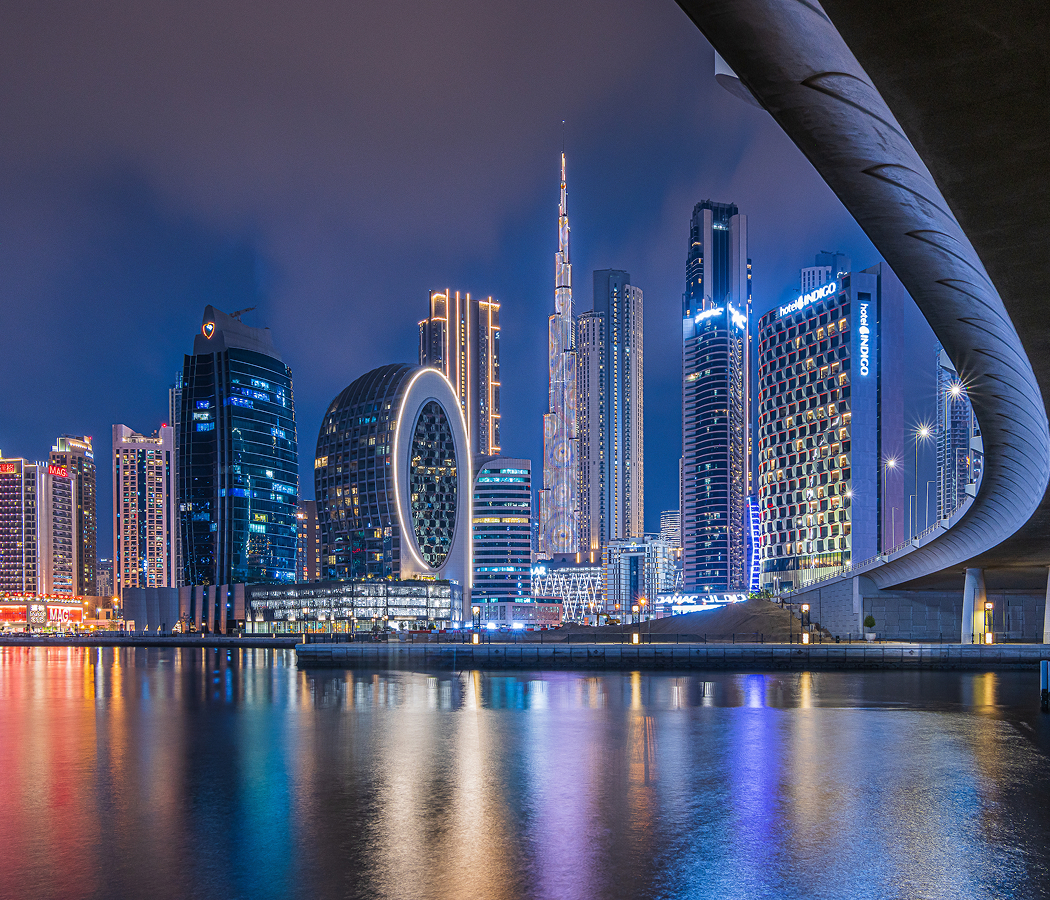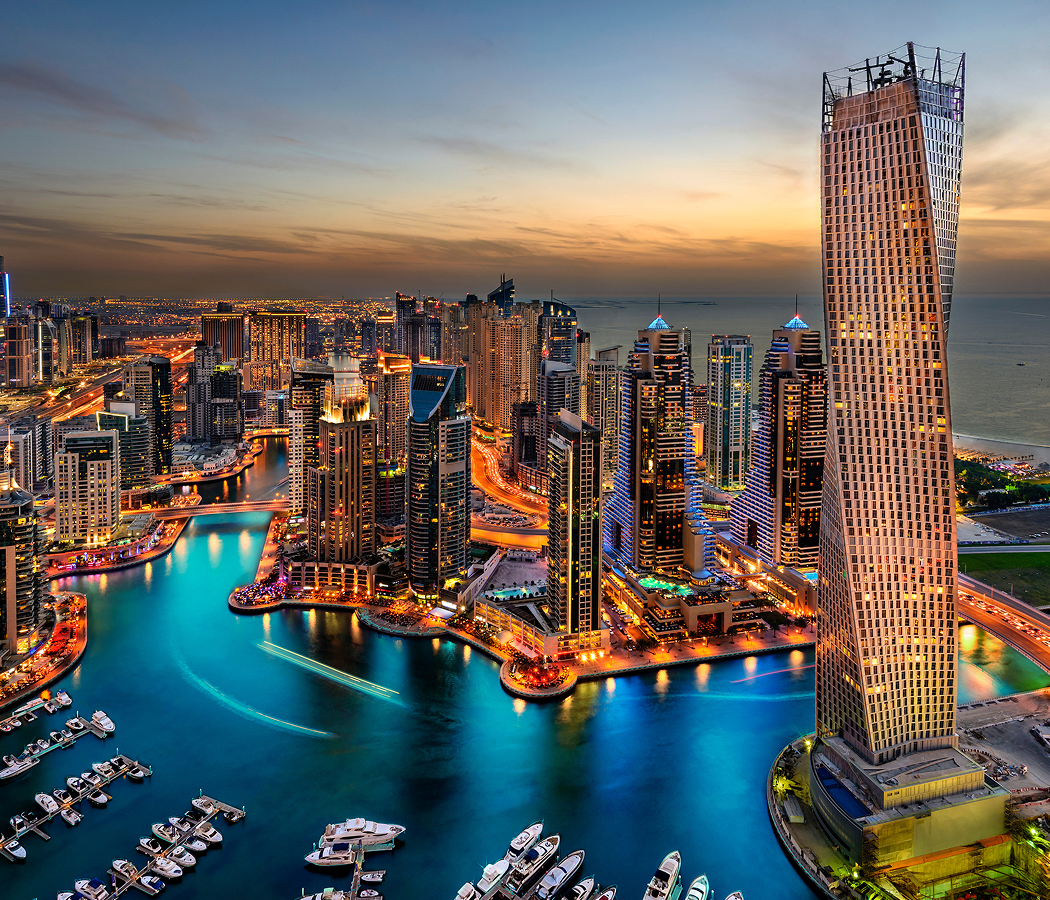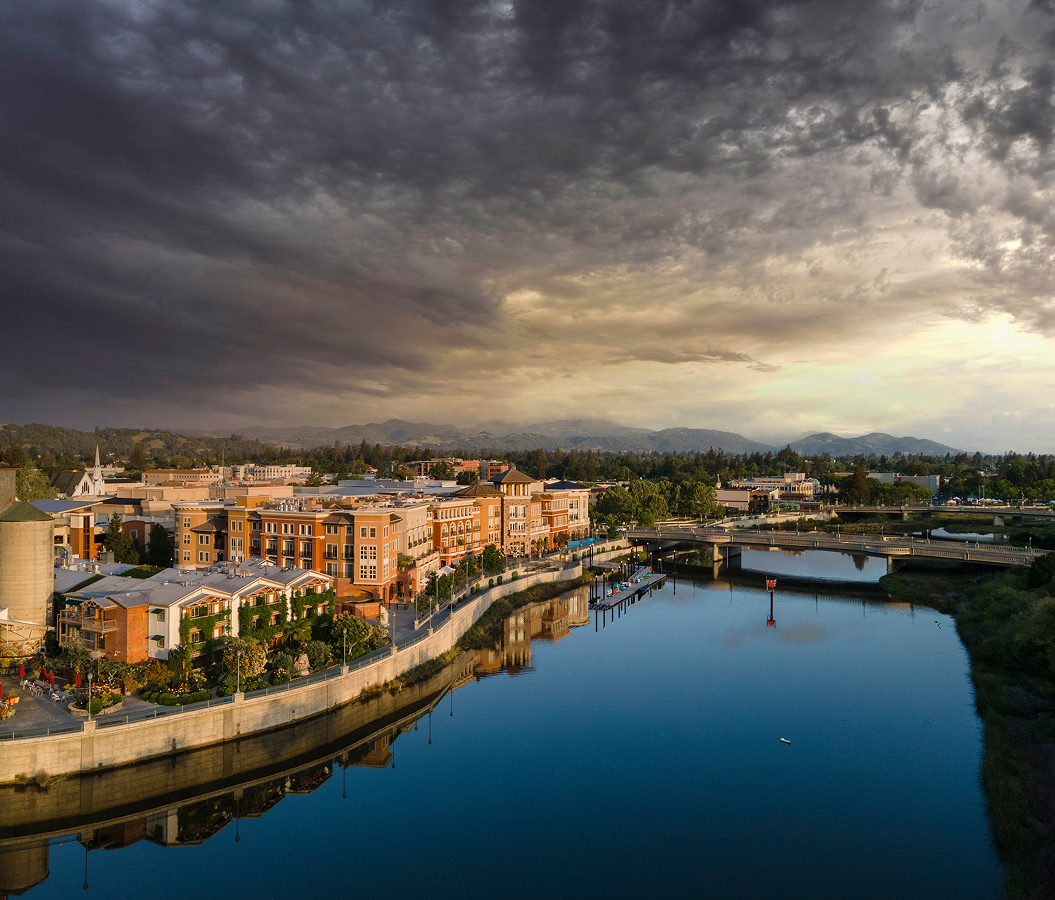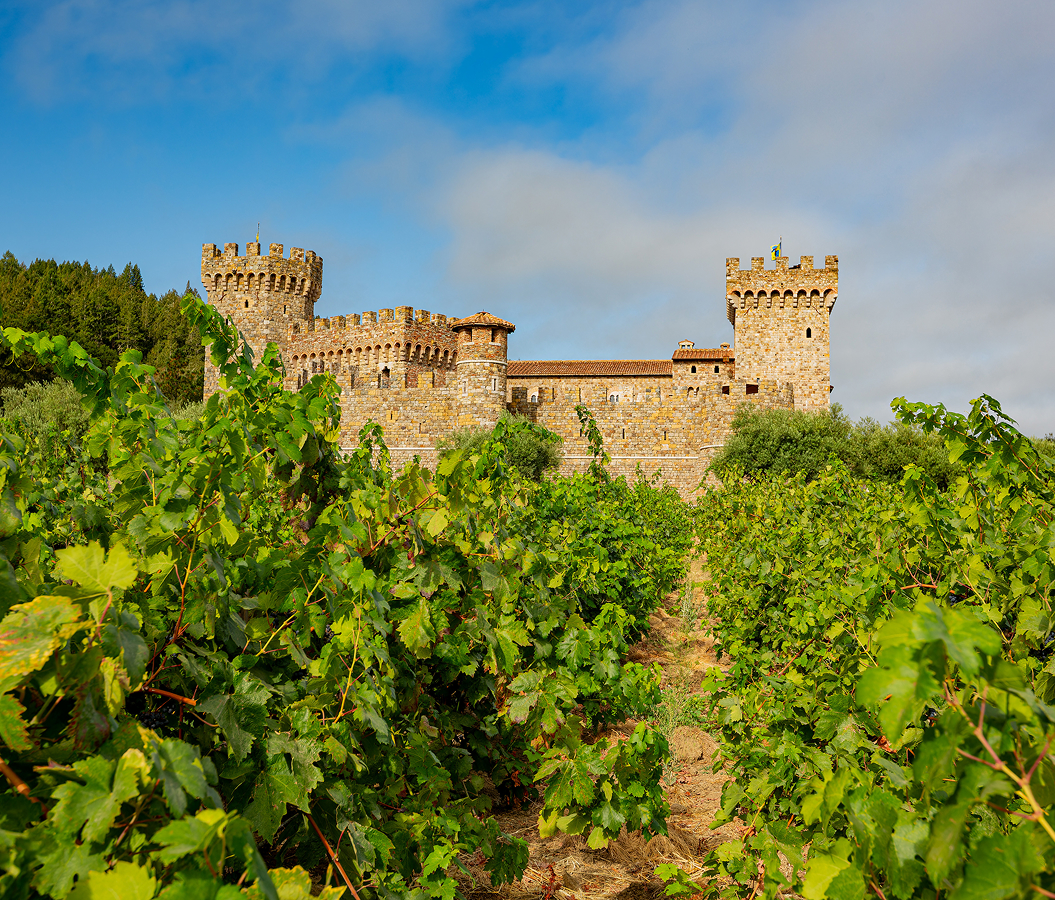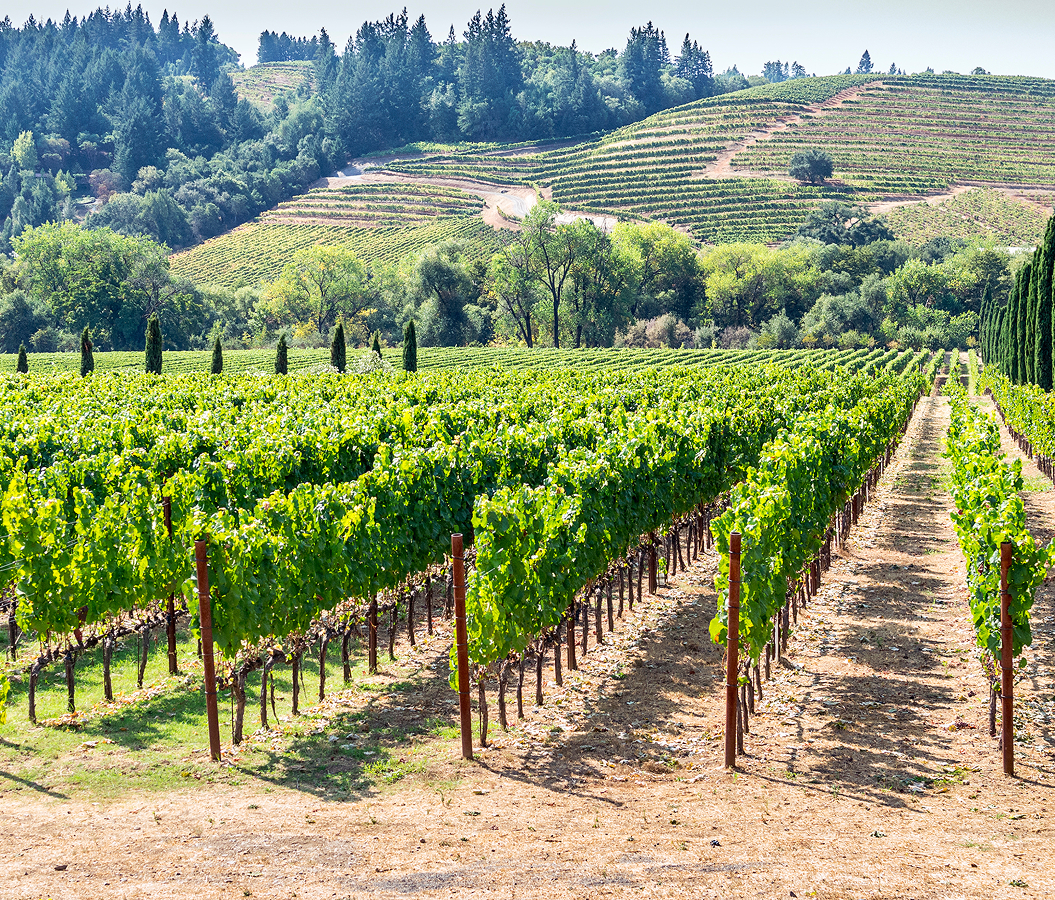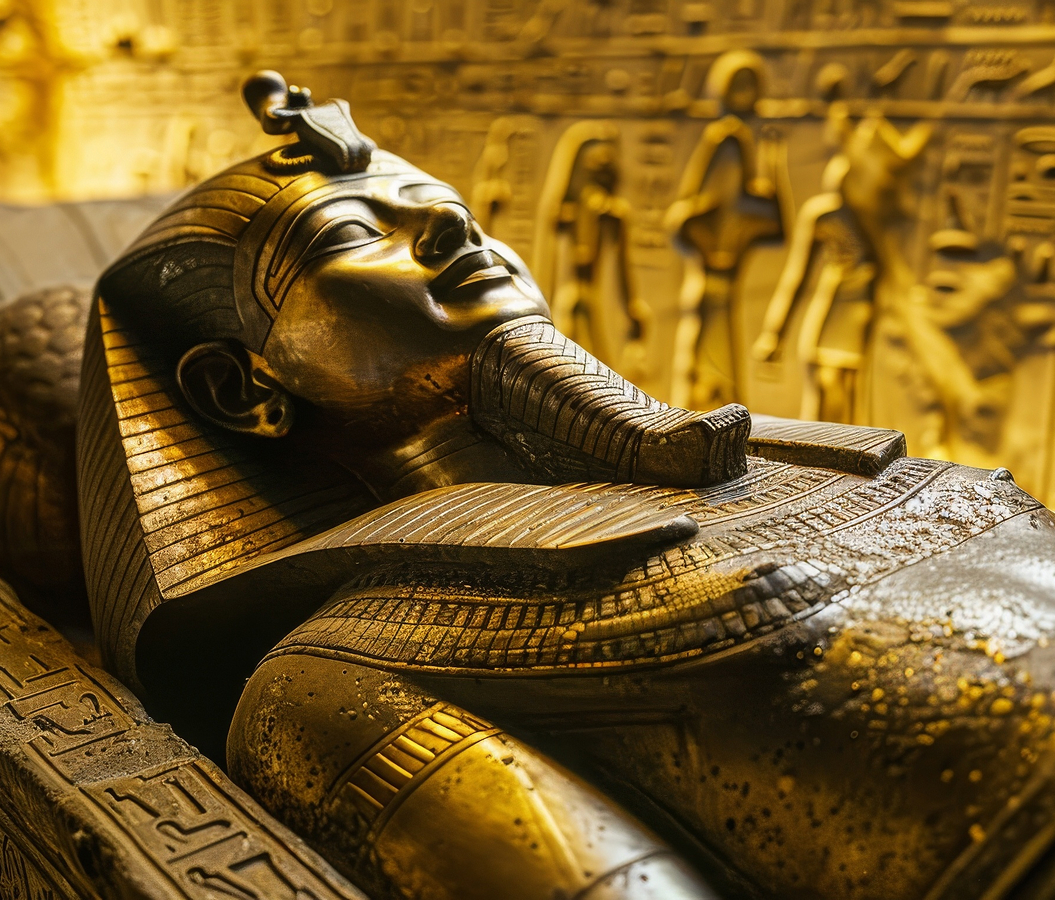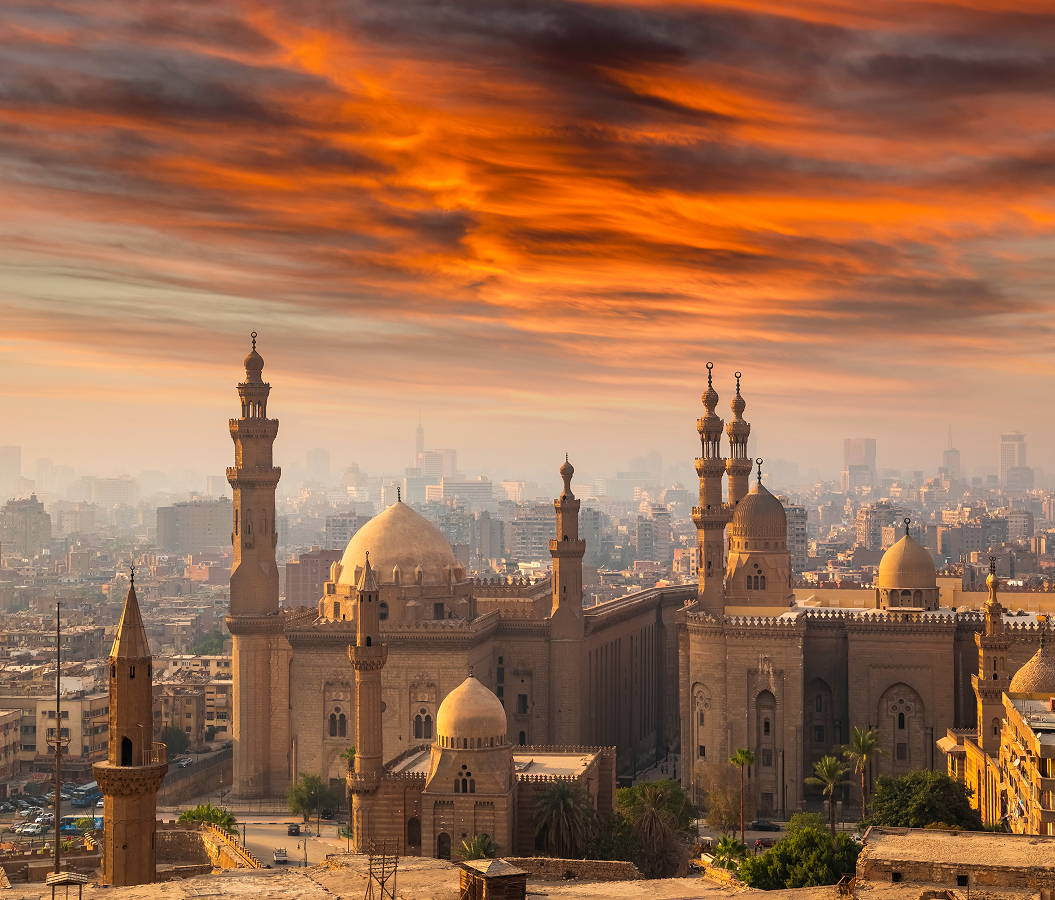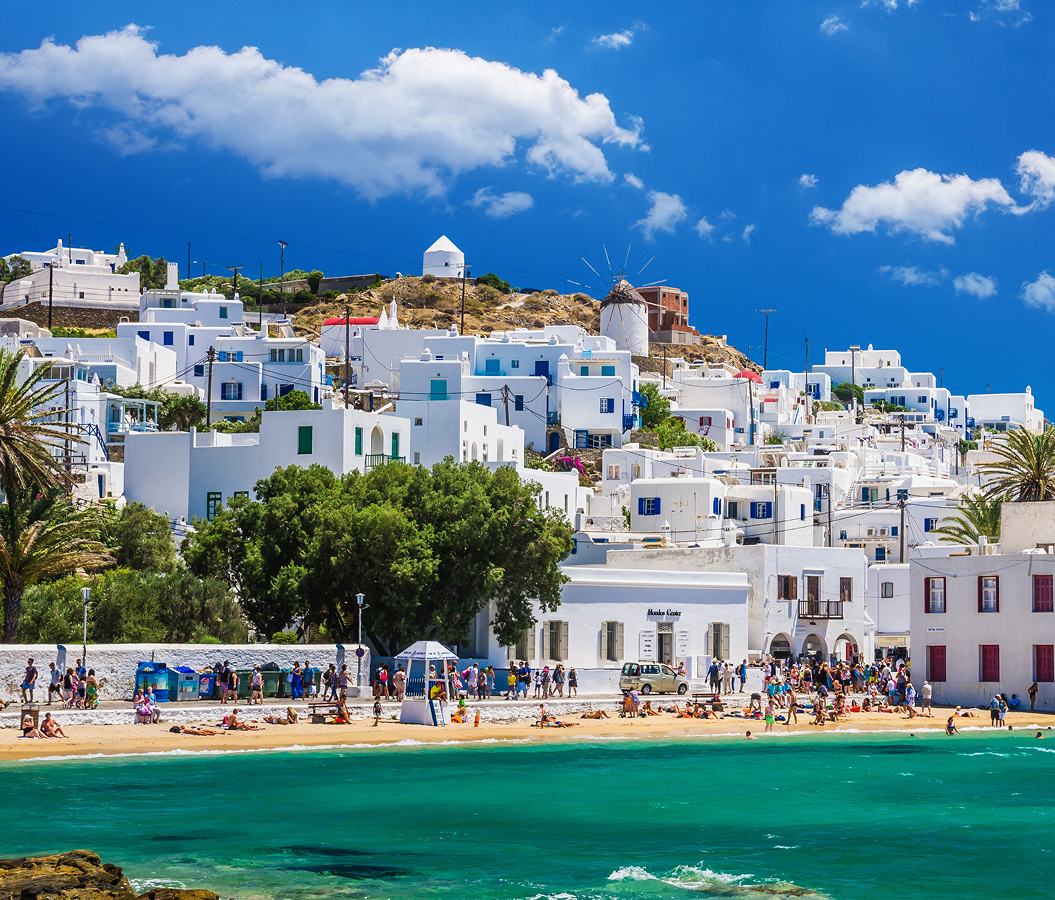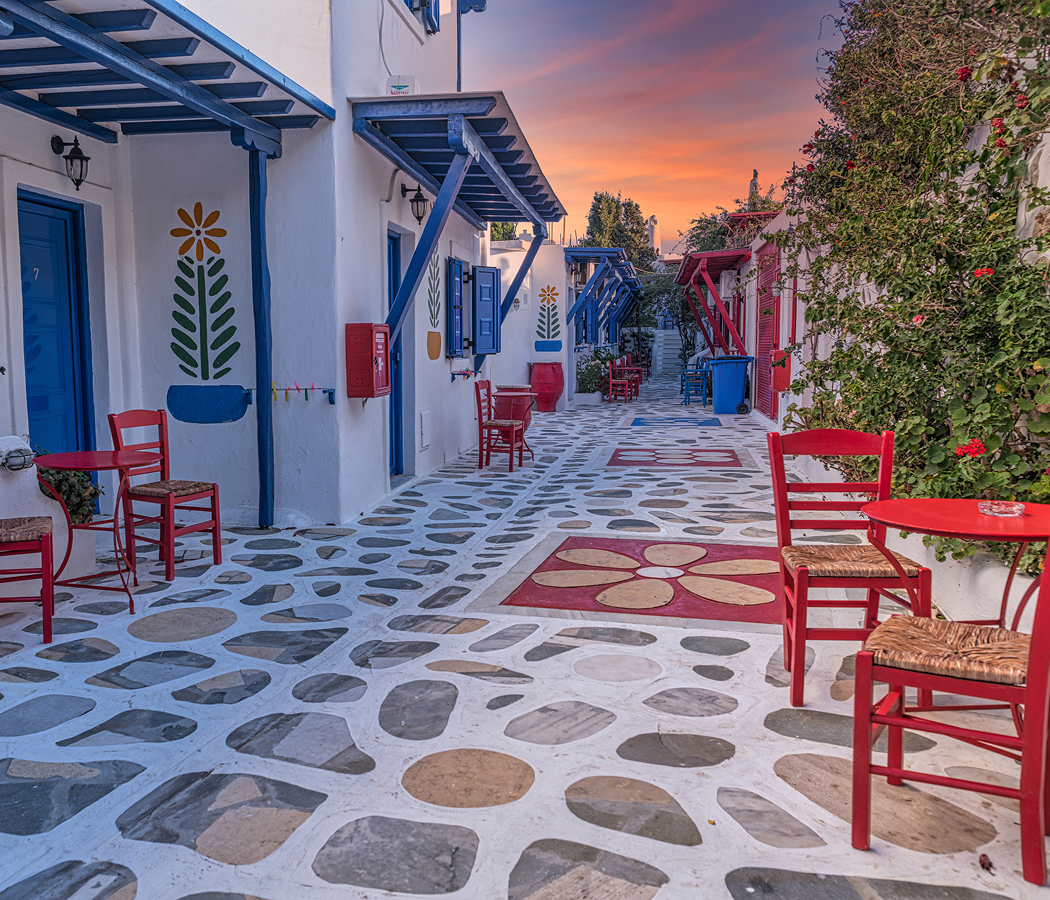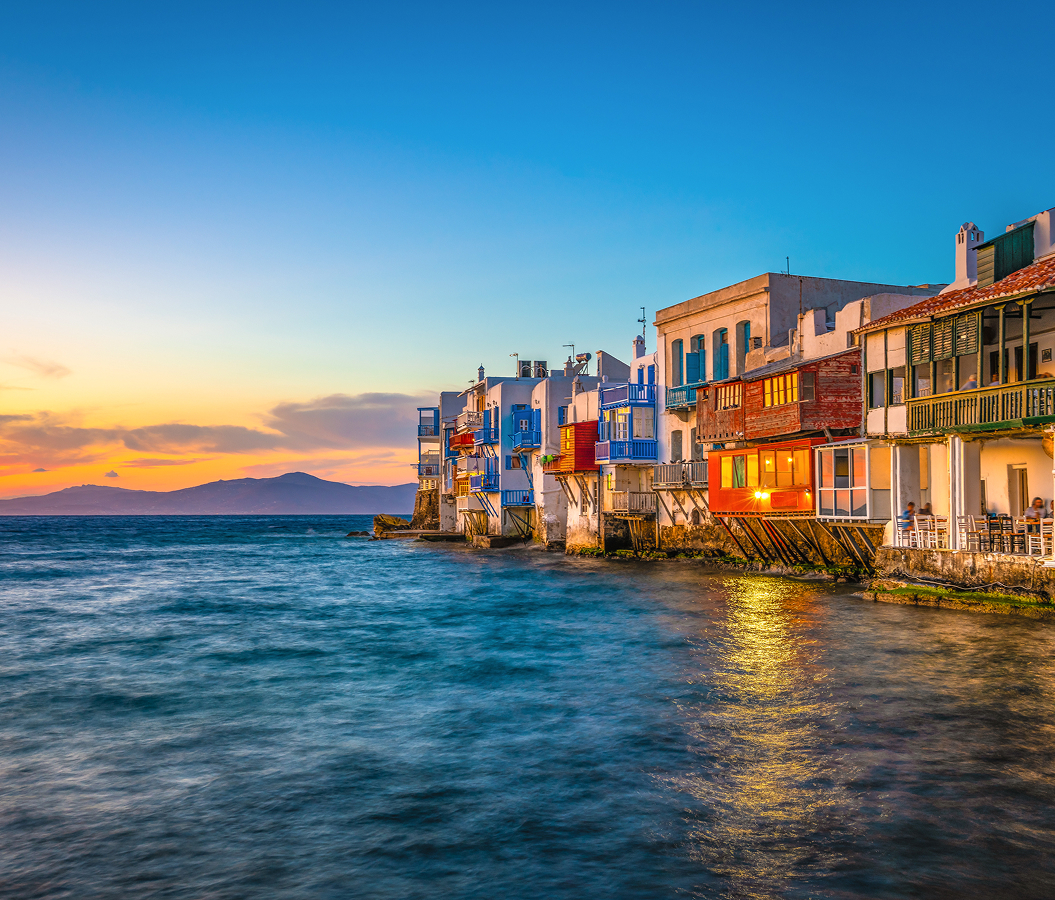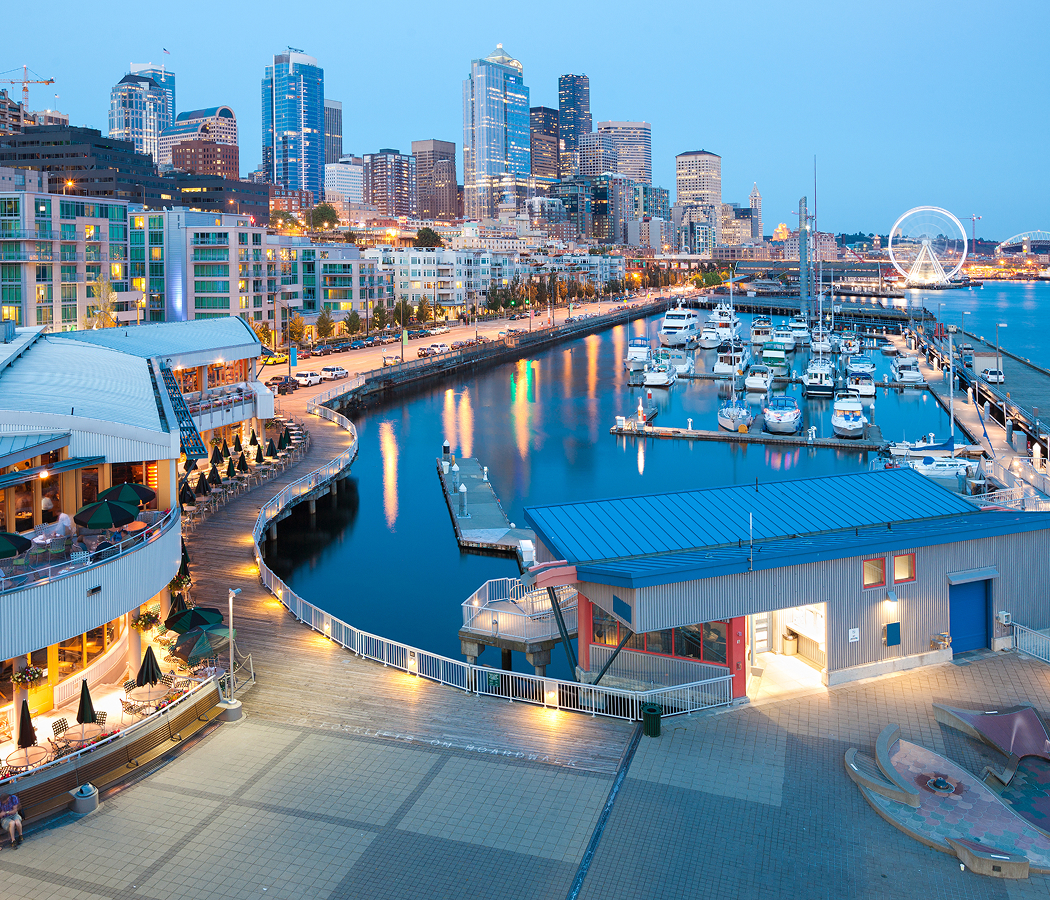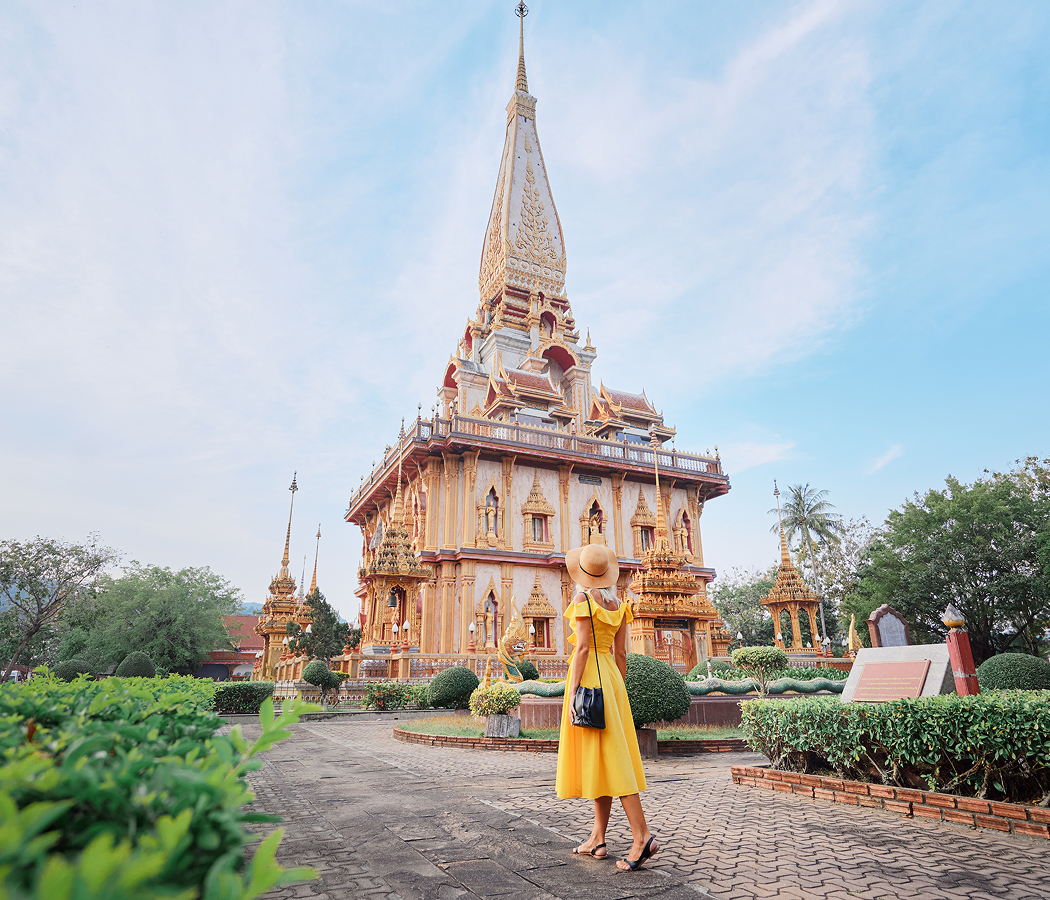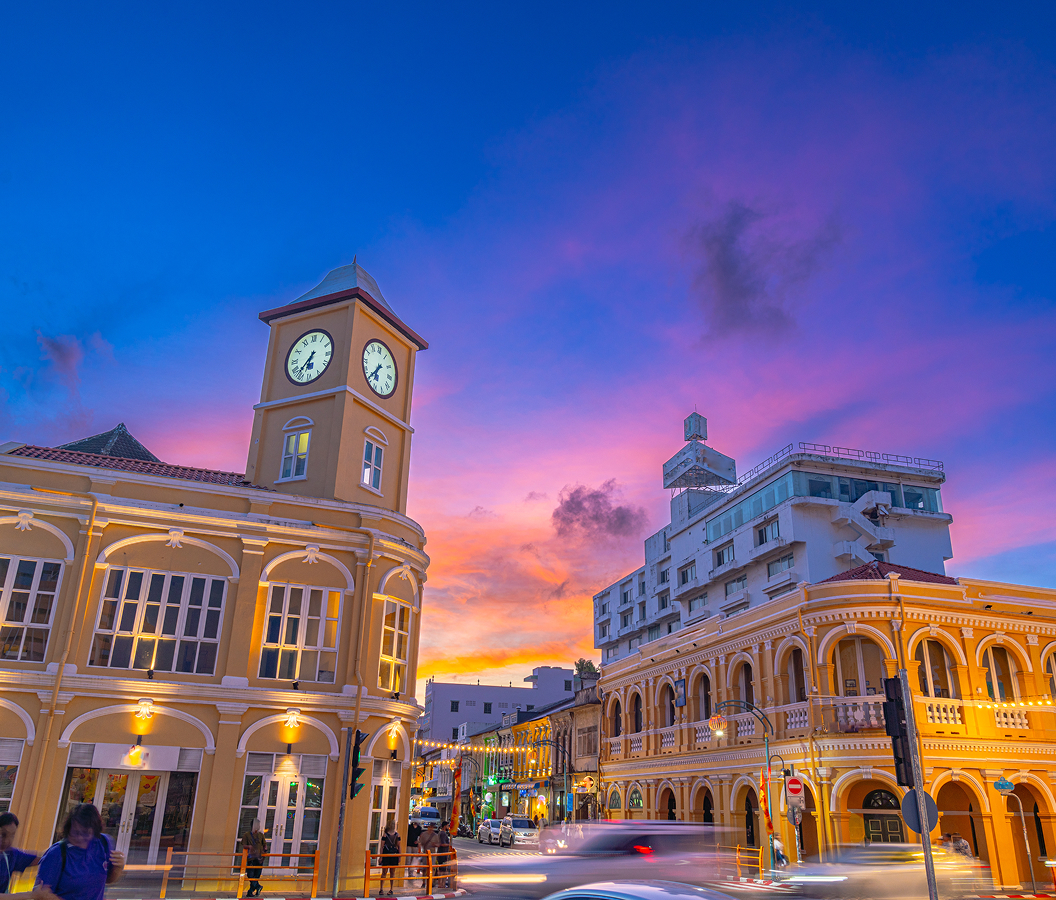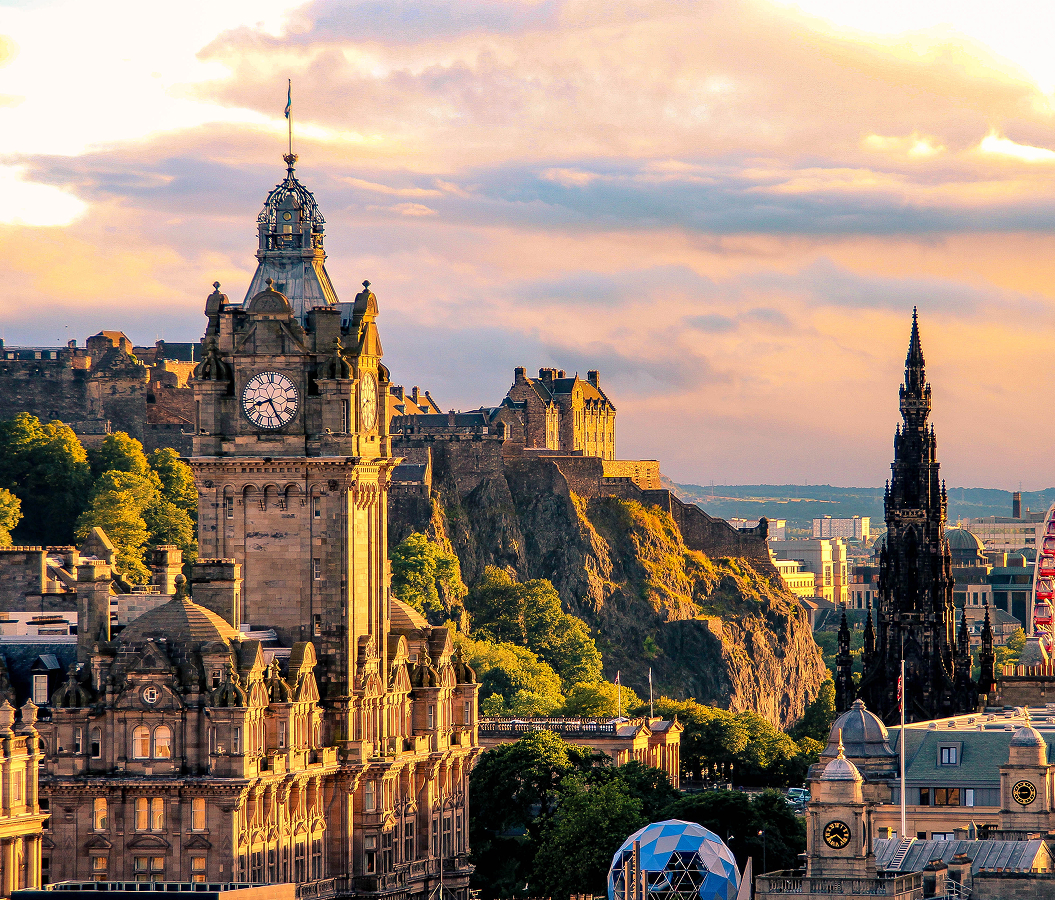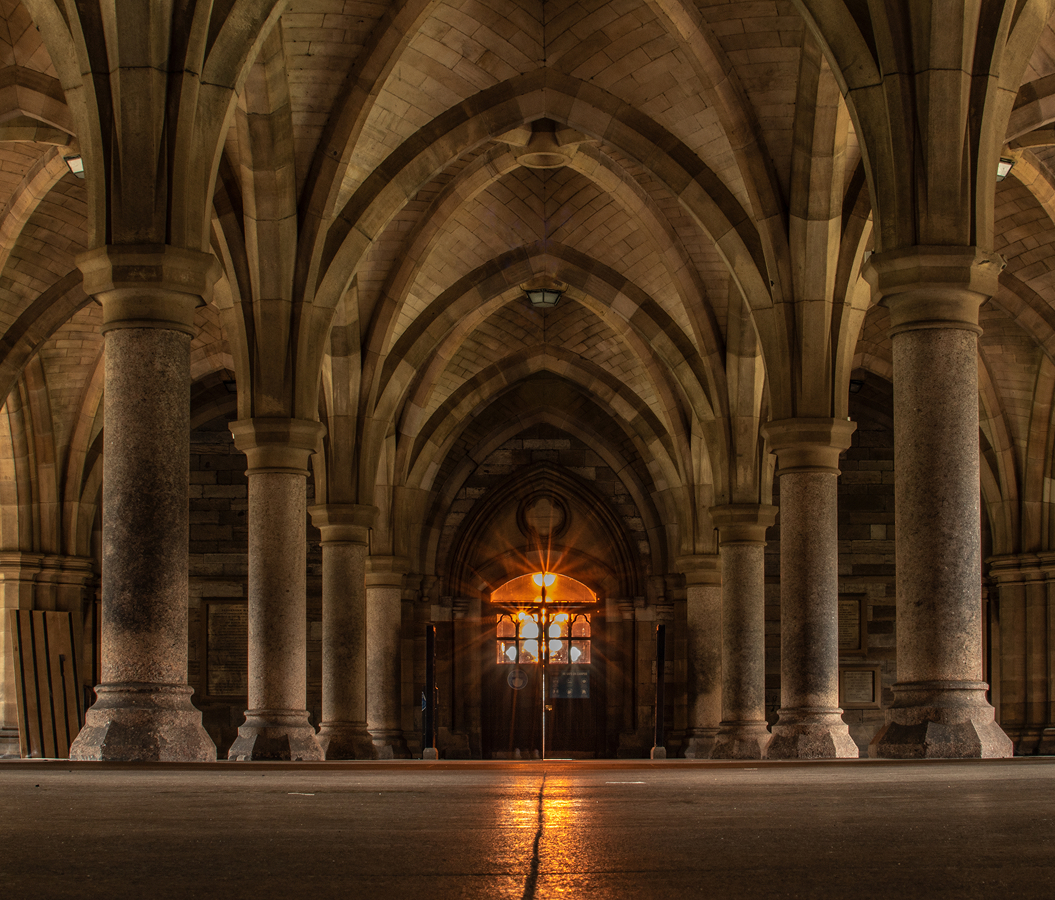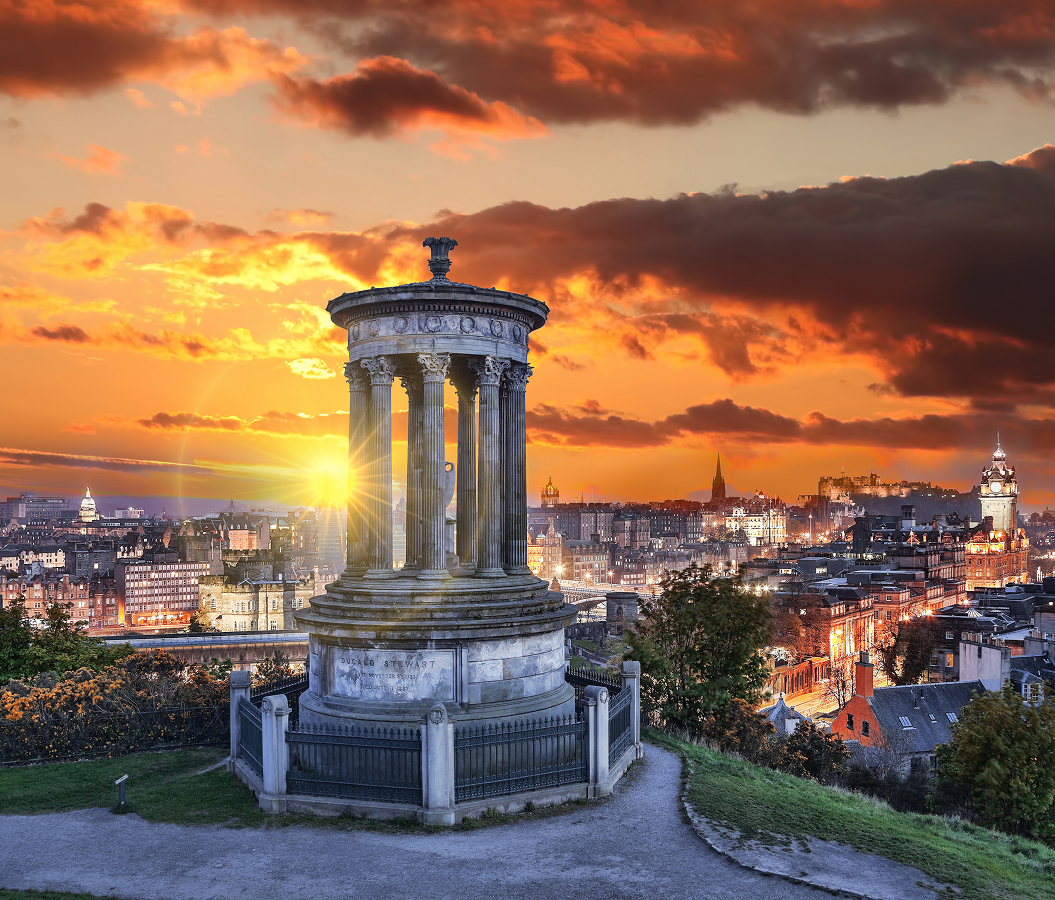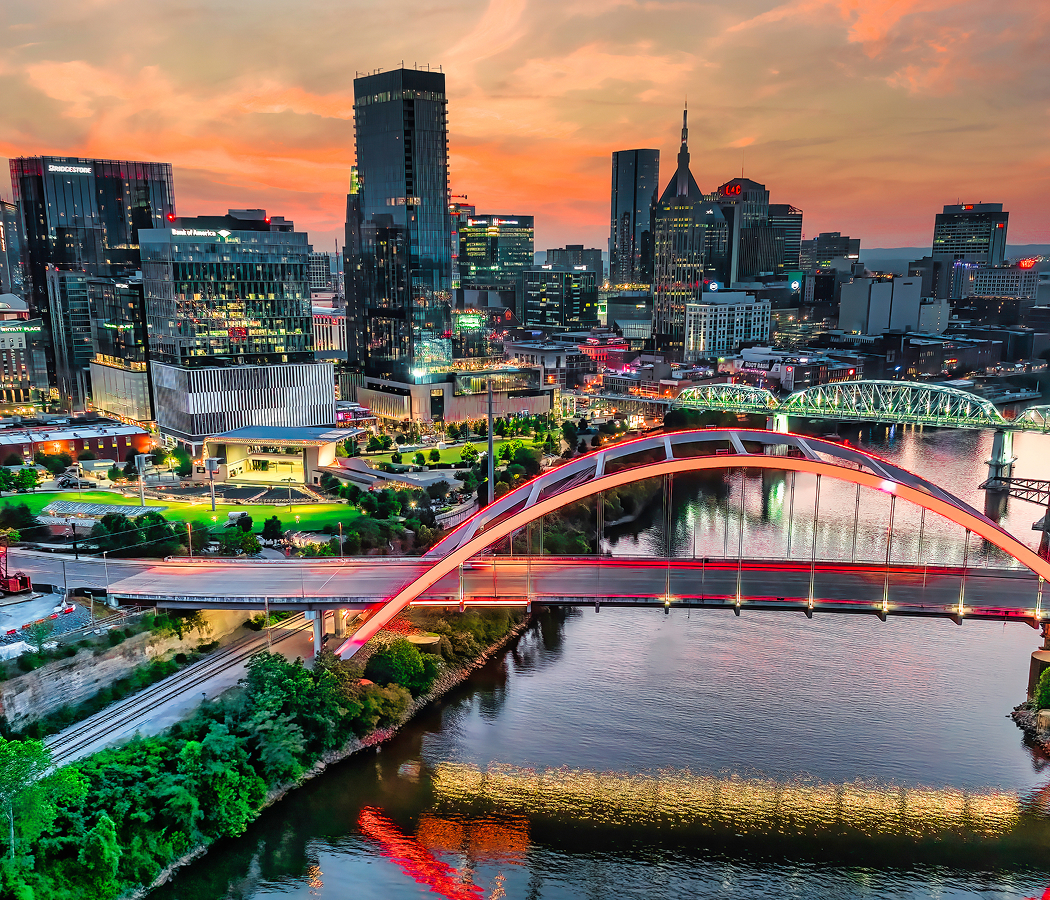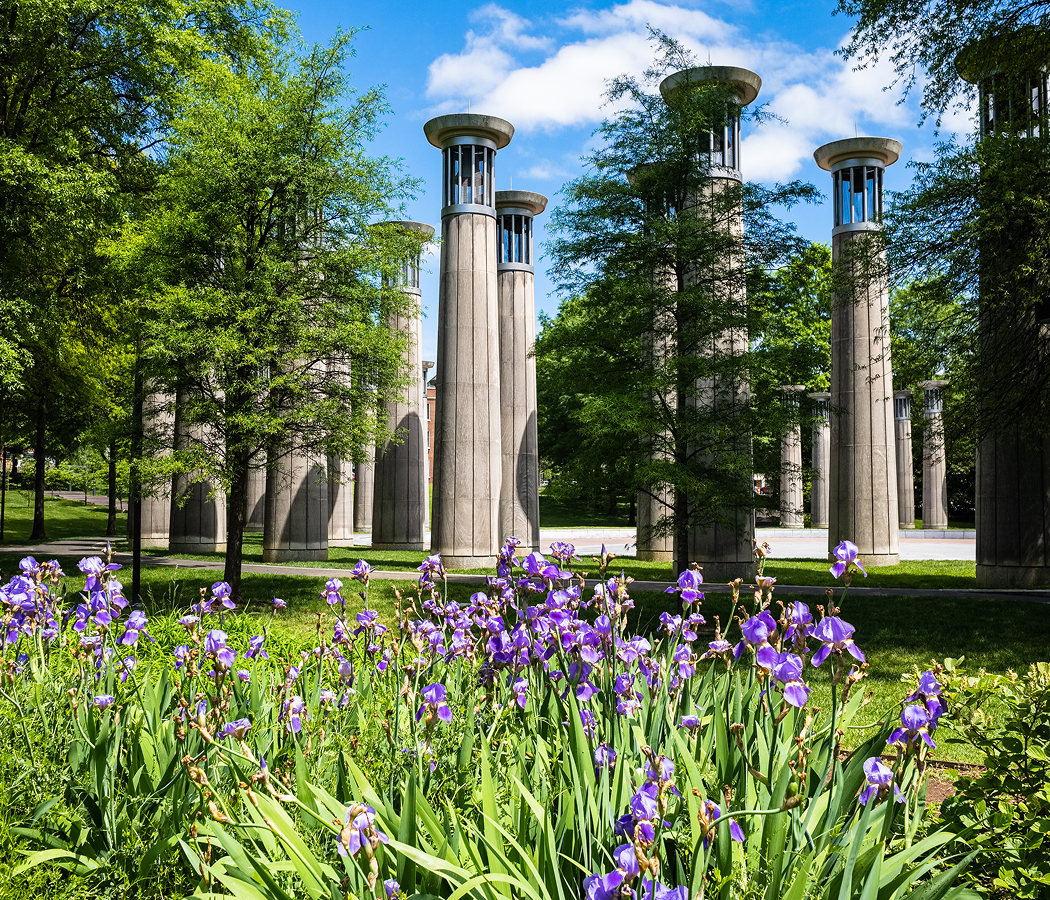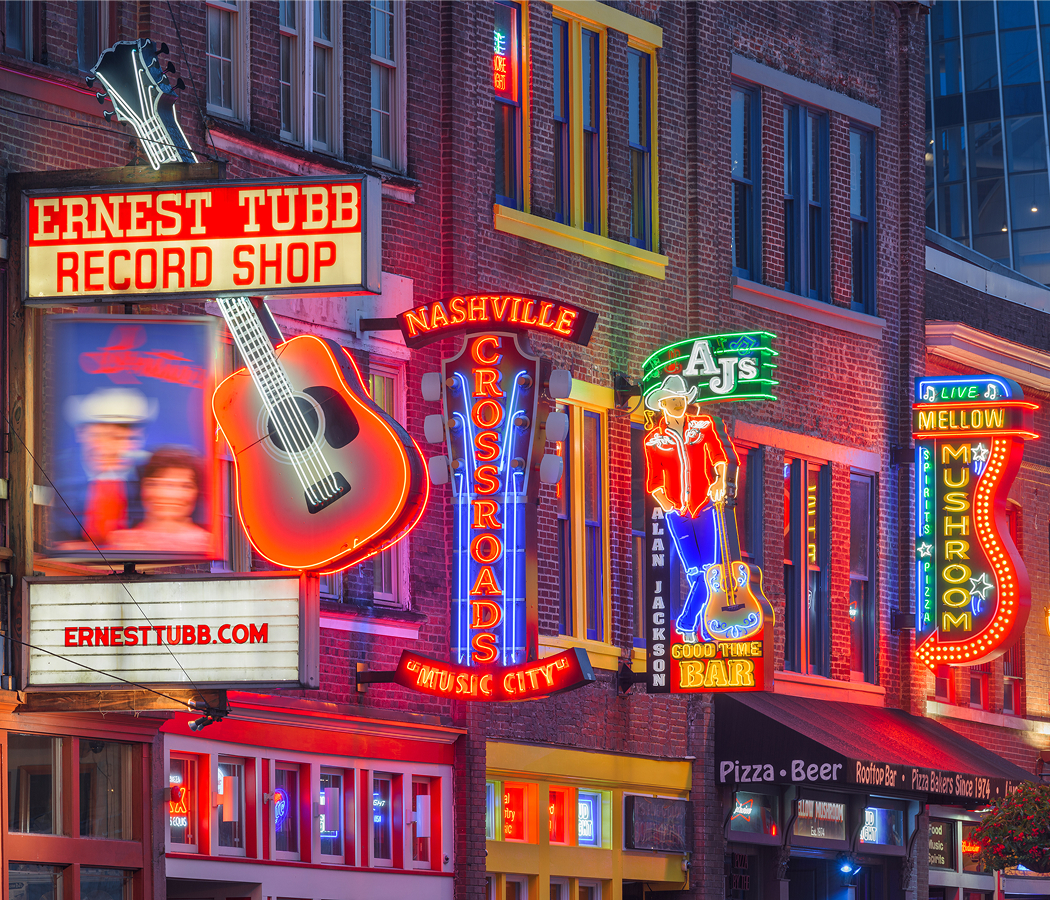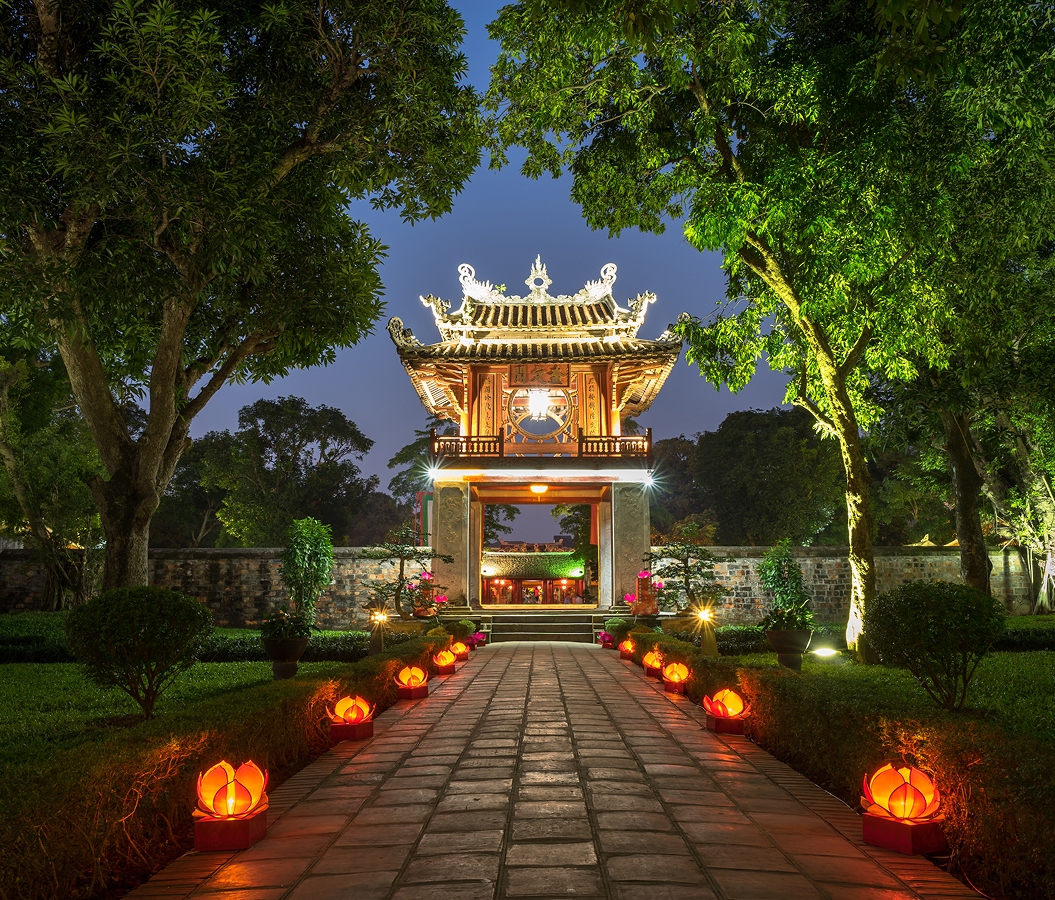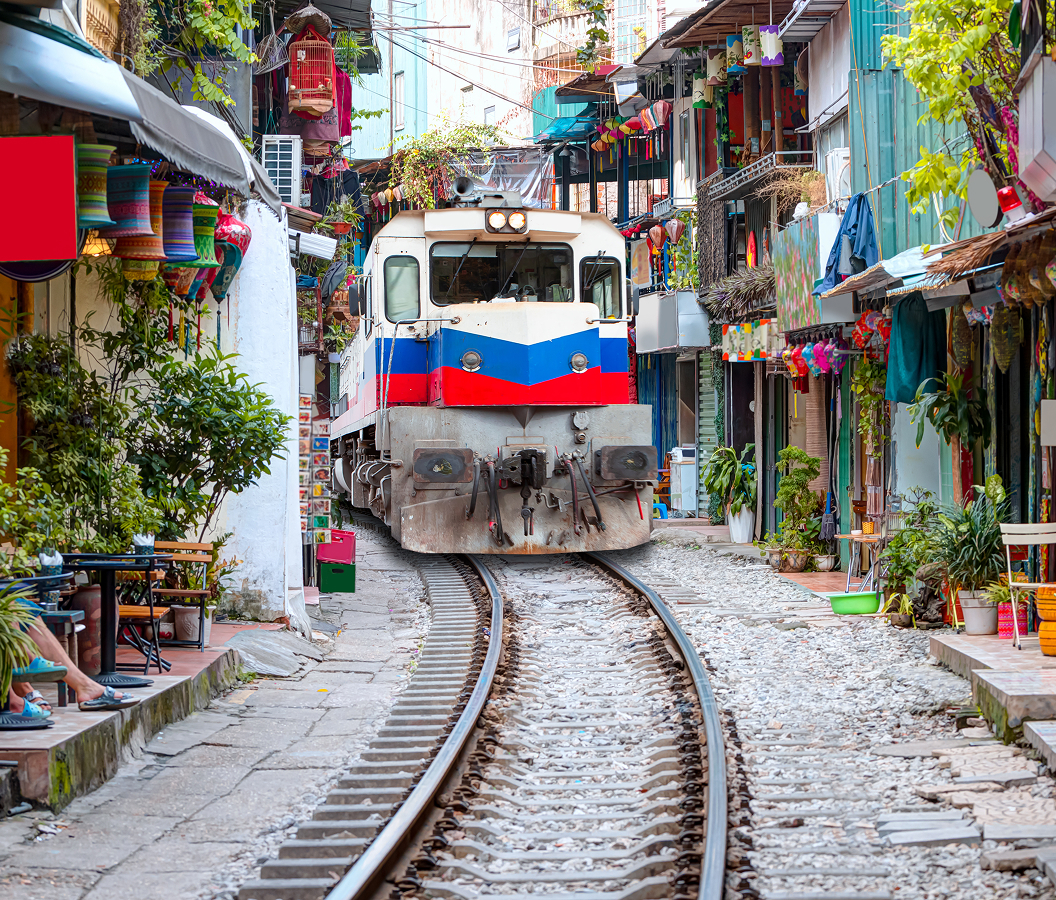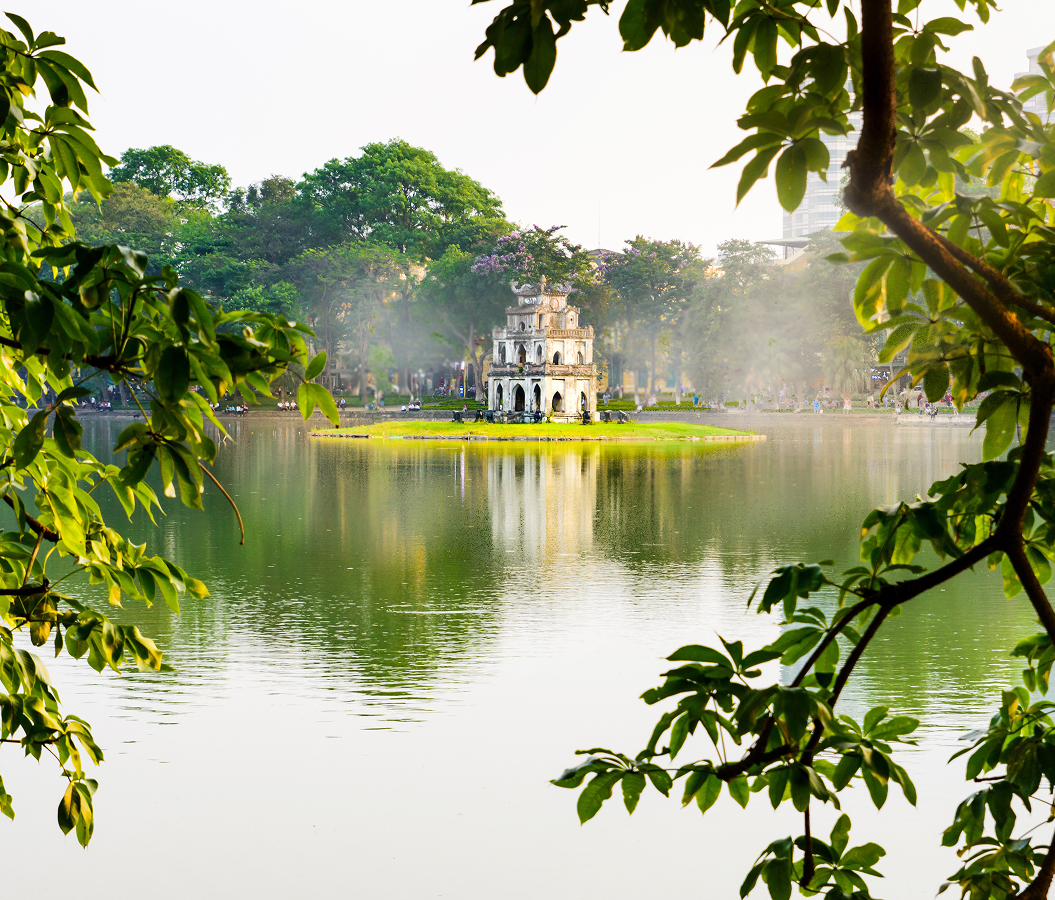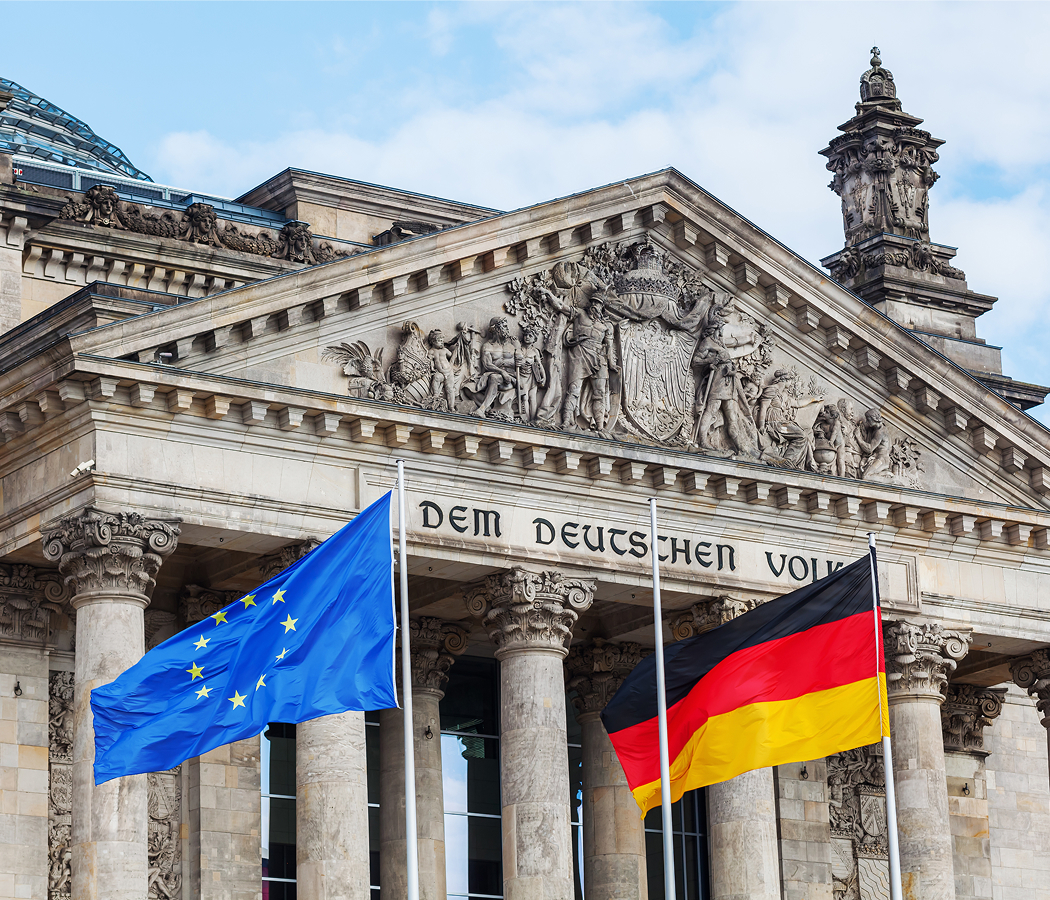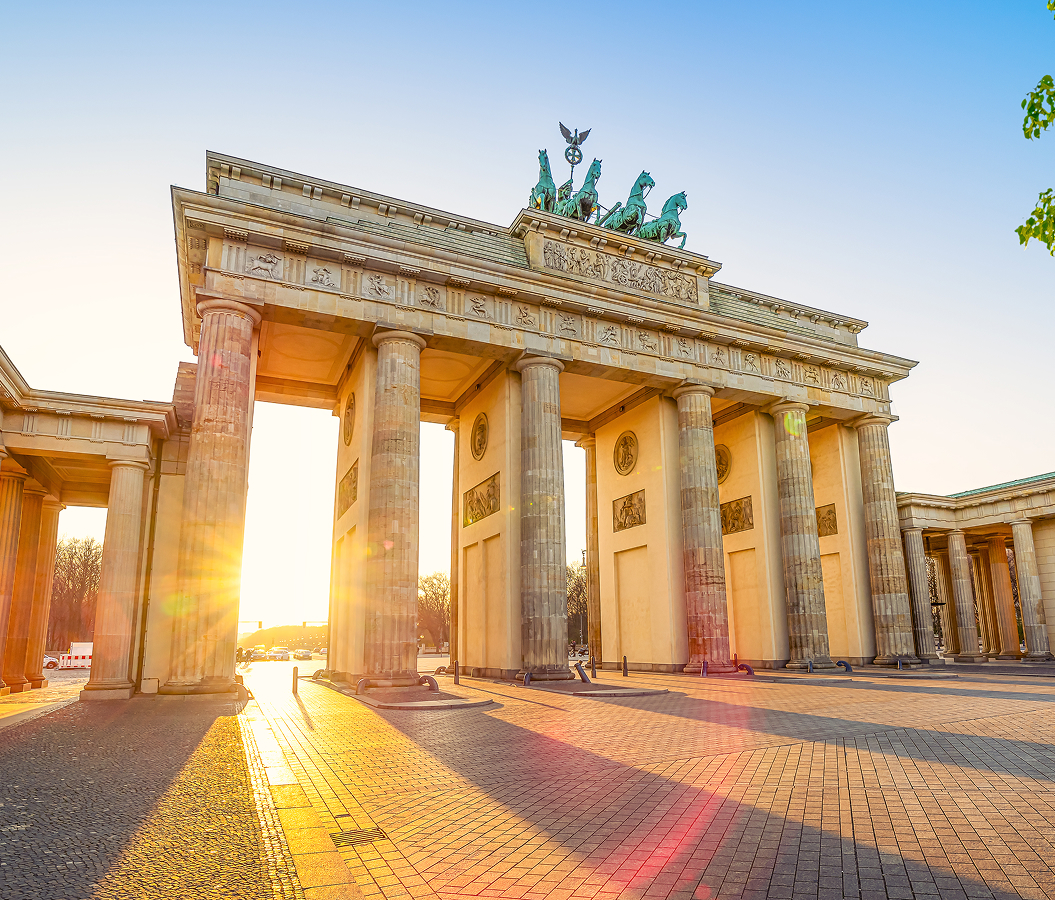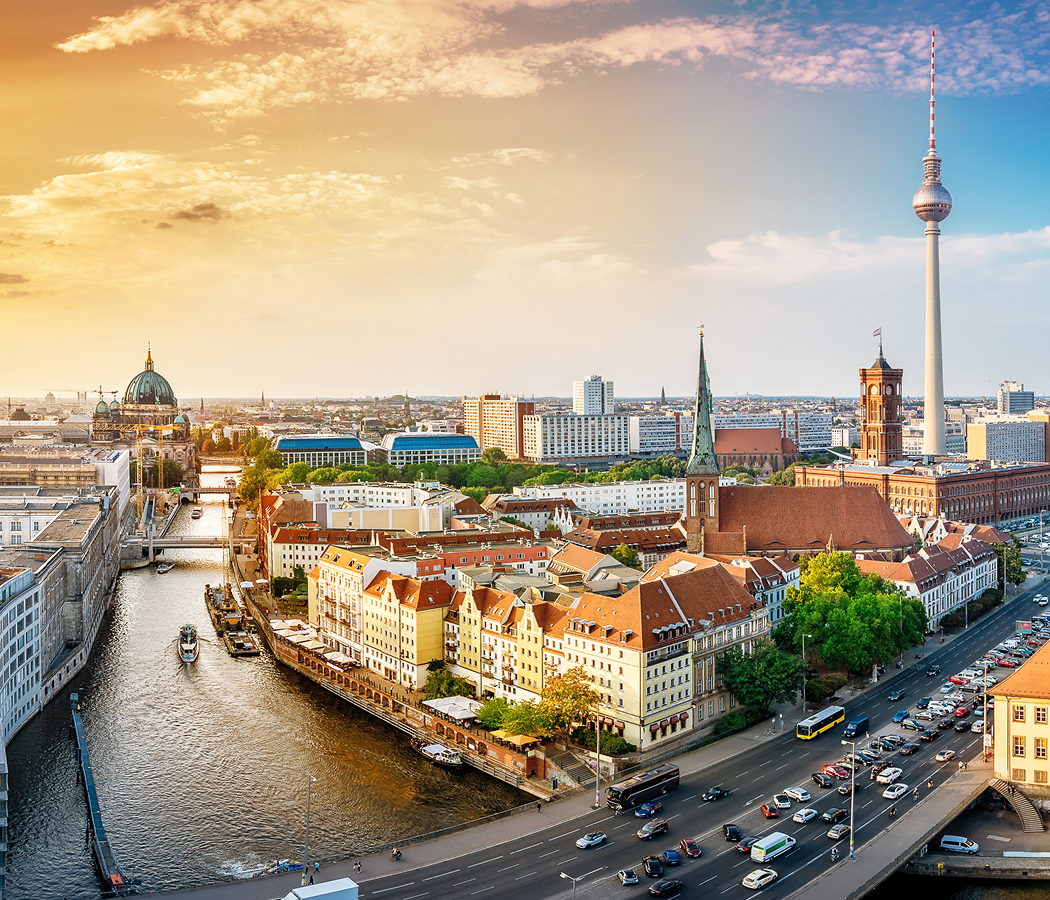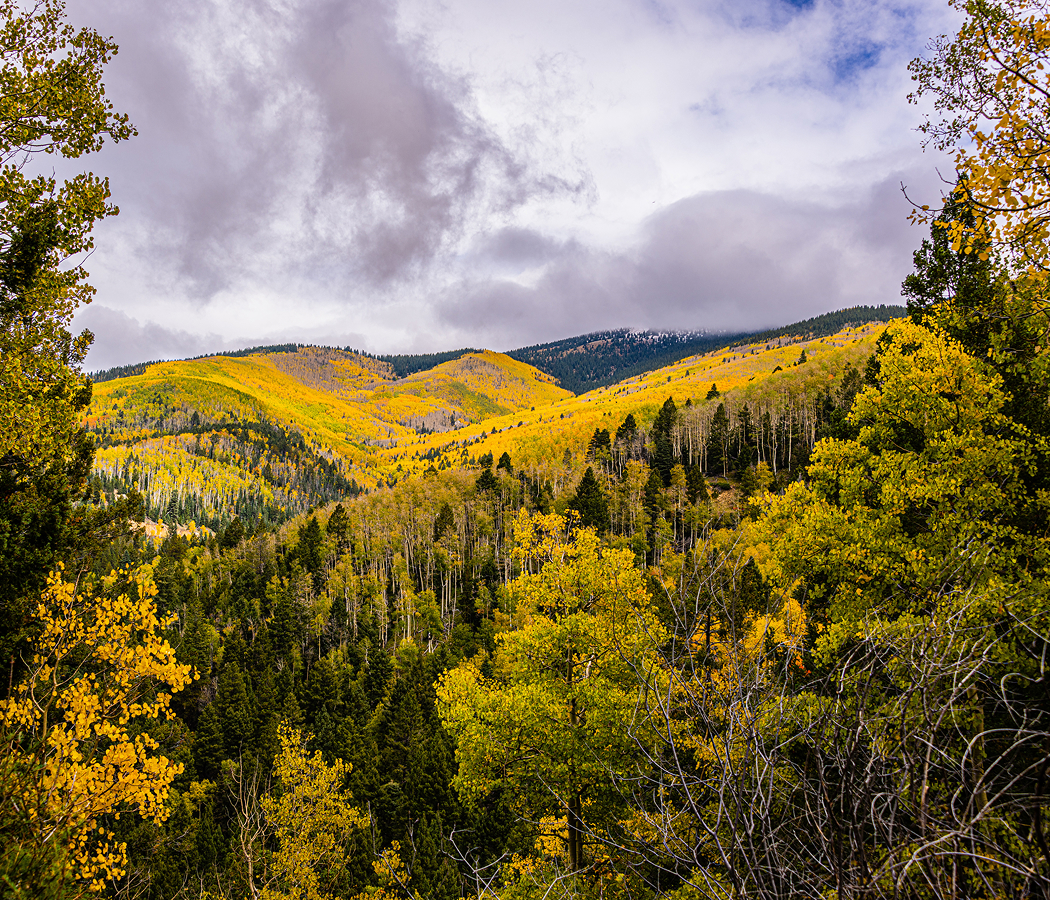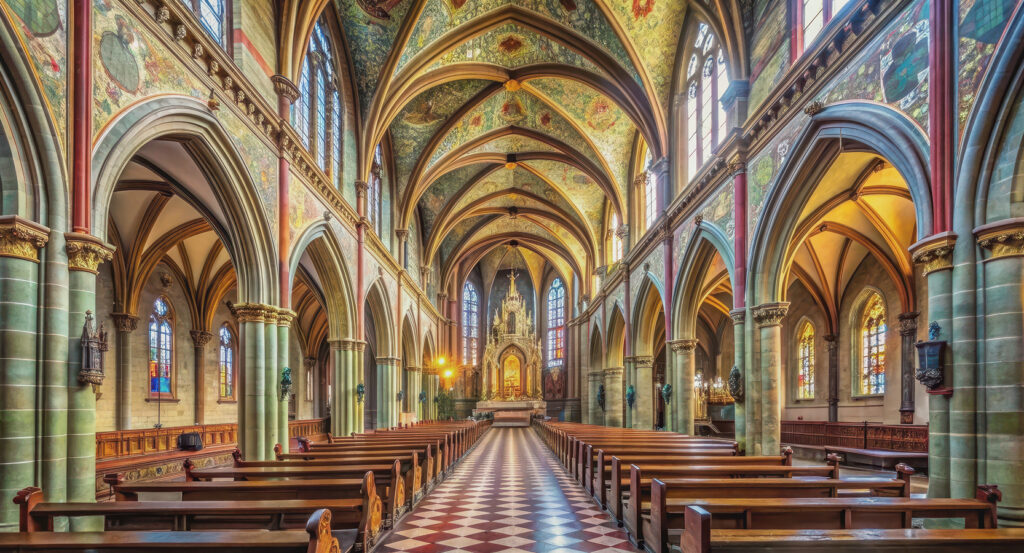
Why you should experience the Vyšehrad Fortress in Prague.
Vyšehrad Fortress is Prague’s original heartbeat — a citadel of myth and memory standing watch over the Vltava.
Before the castle on the hill, before the city even had a name, this was where its story began. Legend says Princess Libuše stood here, gazing across the river, and foretold the founding of a great city whose glory would reach the stars. Standing atop these ancient ramparts, it’s easy to believe her. The air feels older here — the kind that carries both silence and song. Trees sway beside medieval walls; church bells echo through open courtyards; the skyline unfolds below in a thousand shades of red and gold. Vyšehrad isn’t just a fortress — it’s a feeling. A rare, still place where history exhales.
What you didn’t know about the Vyšehrad Fortress.
The roots of Vyšehrad stretch back to the 10th century, when it became the royal seat of the Přemyslid dynasty — Prague’s founding rulers.
It was here that King Vratislav II built his palace and the Basilica of St. Peter and St. Paul, establishing Vyšehrad as both a political and spiritual stronghold. Over the centuries, the fortress was rebuilt and reimagined through Gothic, Renaissance, and Baroque eras — each layer adding to its quiet complexity. The 17th-century bastions, with their star-shaped geometry, still mark one of the city’s best examples of Baroque military engineering. But Vyšehrad’s heart lies not in its walls, but in its cemetery — the final resting place of Czech icons like Antonín Dvořák, Bedřich Smetana, Alfons Mucha, and Karel Čapek. Each gravestone is a sculpture, each name a chapter of the nation’s soul. Beneath the surface, the fortress hides another world: a network of casemates — arched underground passages once used to protect soldiers and ammunition. Within their dim corridors rests a collection of sandstone statues — the original guardians of Charles Bridge, preserved here from the centuries of weather and war. Few visitors realize that Vyšehrad’s symbolism runs deep into Czech identity. It represents beginning — both mythical and historical — the city’s root before its crown.
How to fold the Vyšehrad Fortress into your trip.
Begin your visit at the Tabor Gate, the oldest surviving entrance, its stones carved with imperial emblems that once declared power to all who entered.
Walk slowly up the cobblestone path toward the Basilica of St. Peter and St. Paul — its twin spires cut sharply against the sky. Step inside to see its neo-Gothic frescoes and golden altarpieces glowing in the filtered light. From there, move to Vyšehrad Cemetery, where quiet pathways weave through tombs of poets, composers, and visionaries. Pause at Dvořák’s grave — the wind often hums through the trees as if echoing his symphonies. Continue along the ramparts to the Rotunda of St. Martin, the oldest surviving church in Prague, its circular walls soft with time. Then, descend into the casemates — cool, echoing tunnels where the air still smells faintly of stone and candle wax. End your visit on the southern lookout, where the city unfurls below, the river winding through the heart of it all. Stay until dusk if you can. As the sun lowers, the light gilds the fortress walls, and Prague begins to glow like the prophecy that started here. Vyšehrad Fortress isn’t just where the city began — it’s where its spirit never left.
Hear it from the Foresyte community.
“It’s quiet enough to hear your own thoughts again after all the city buzz. Great place to wander and remember this city’s got layers deeper than beer halls.”
Where meaningful travel begins.
Start your journey with Foresyte, where the planning is part of the magic.
Discover the experiences that matter most.

